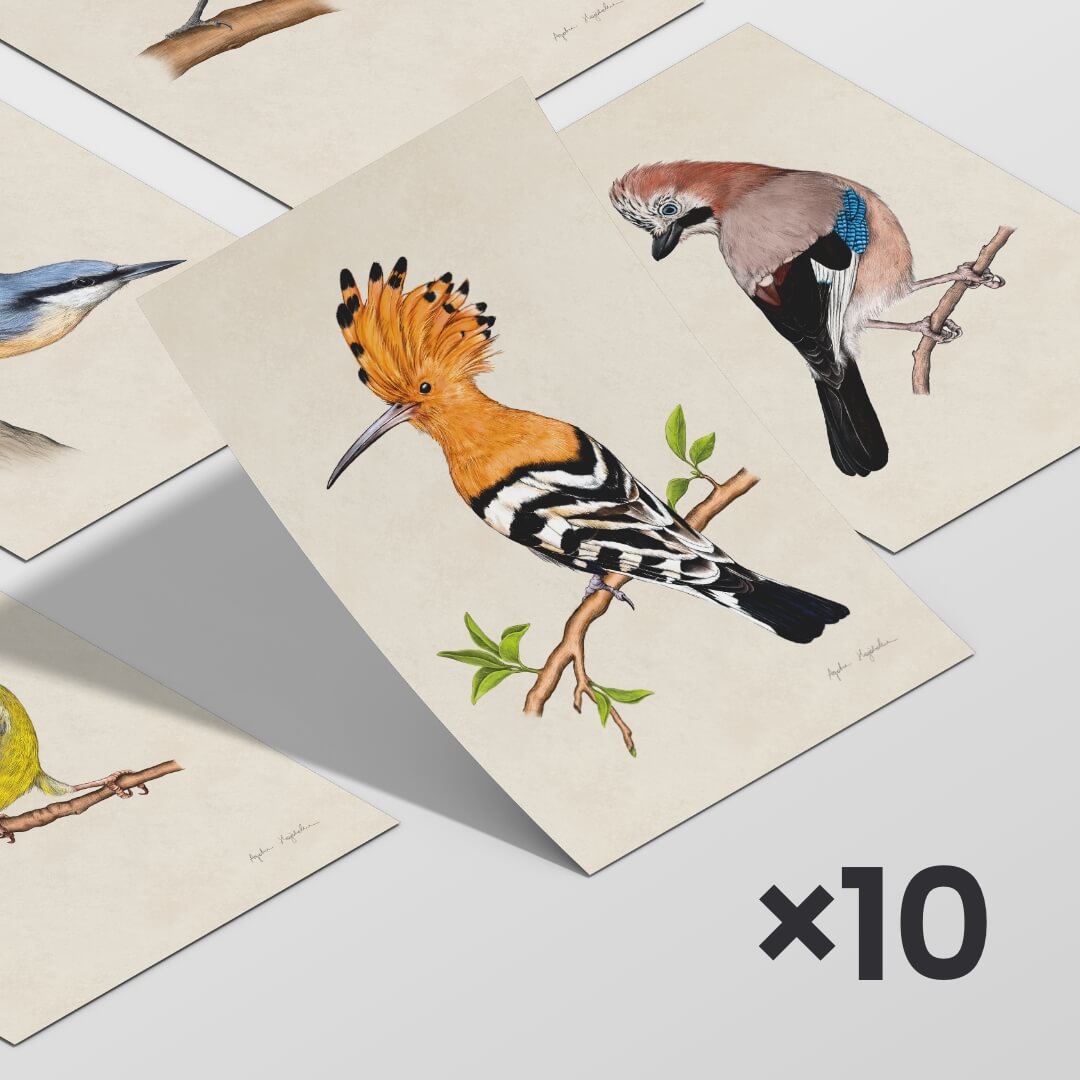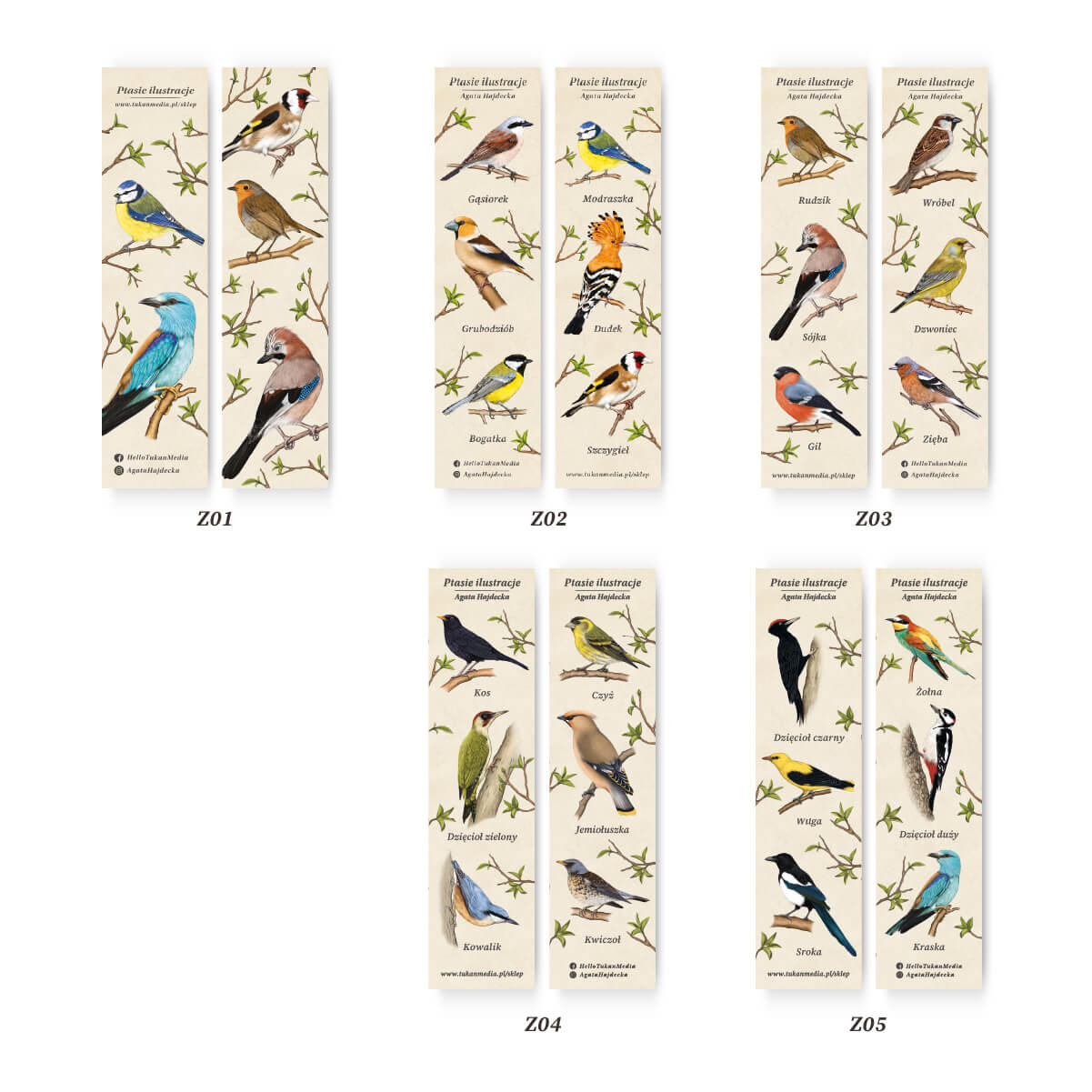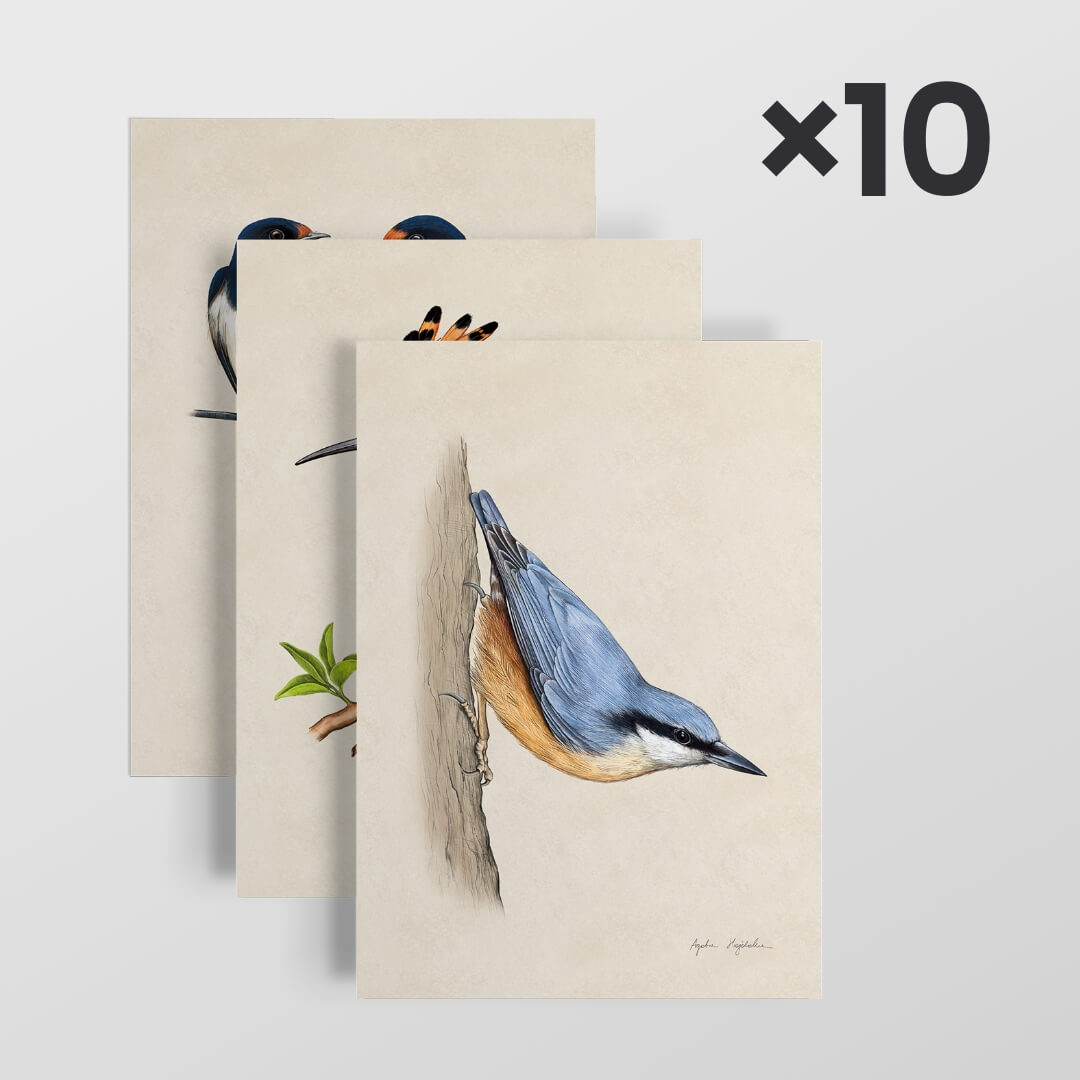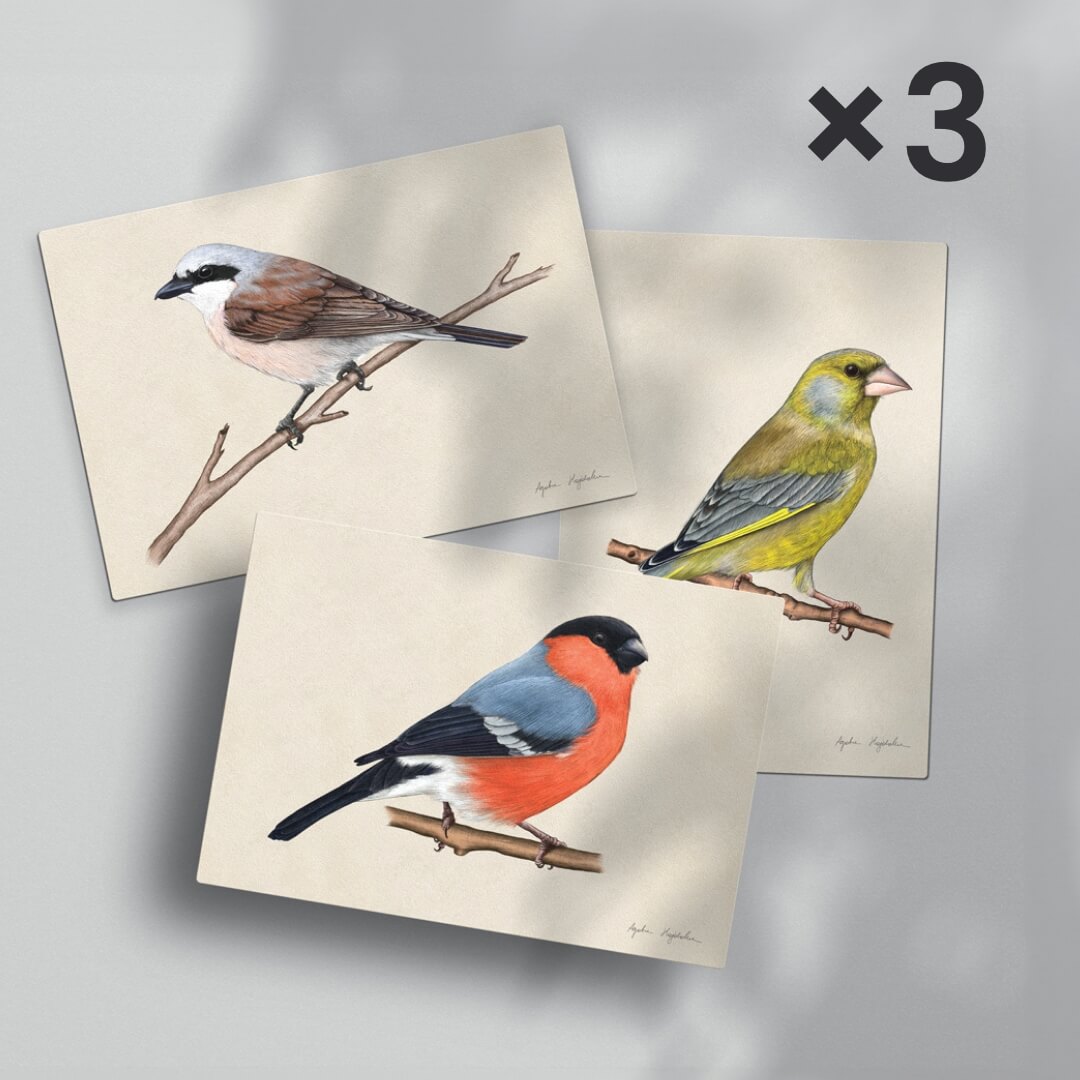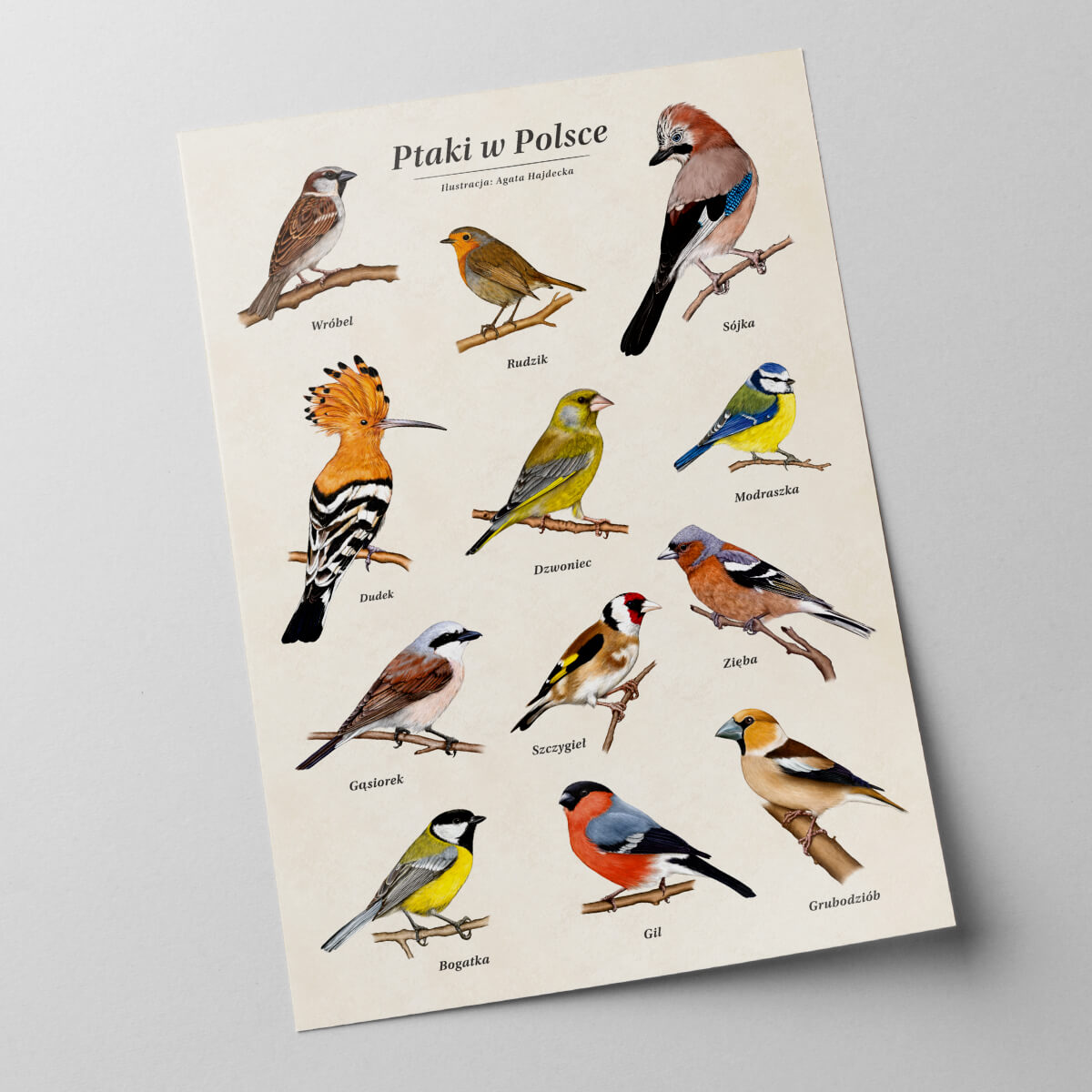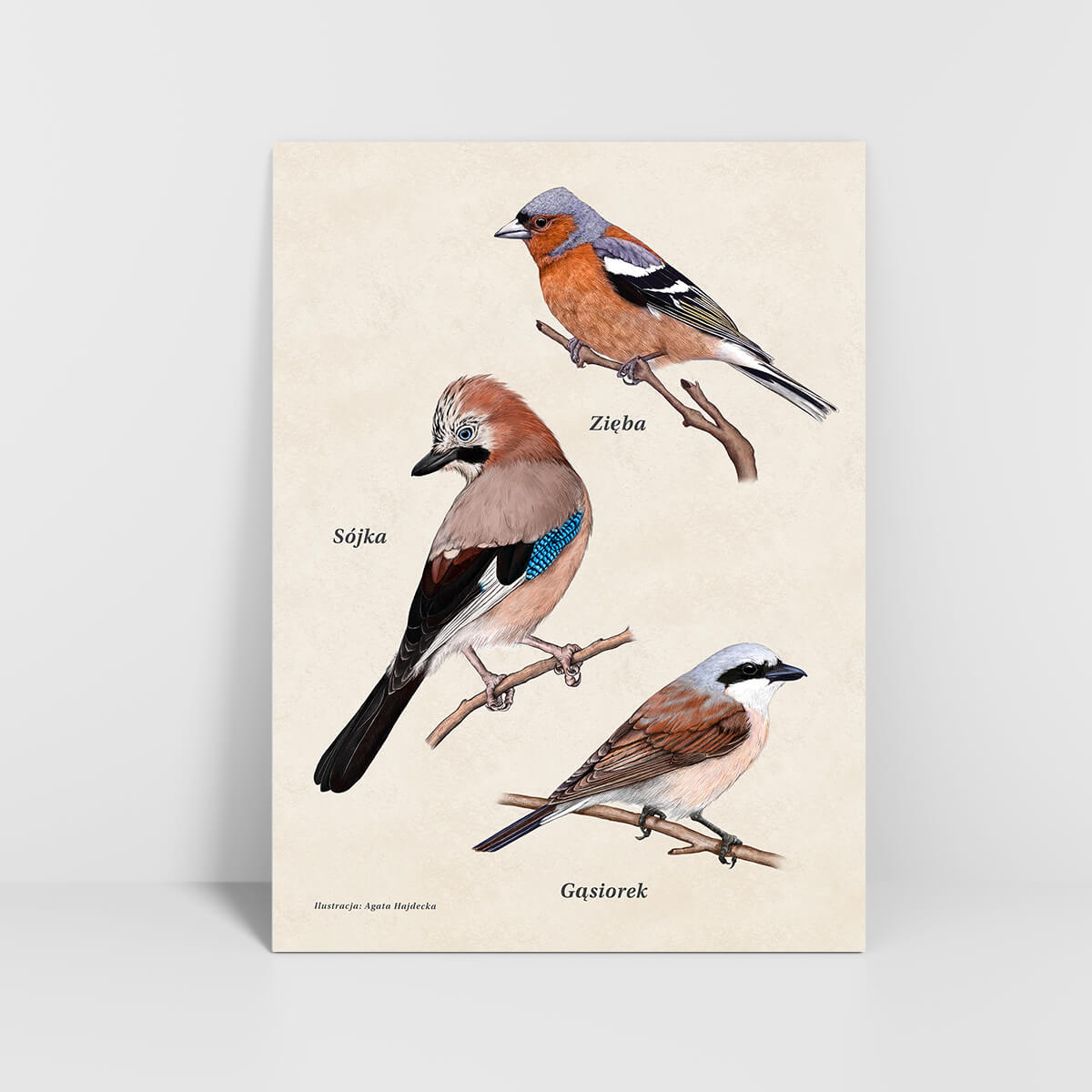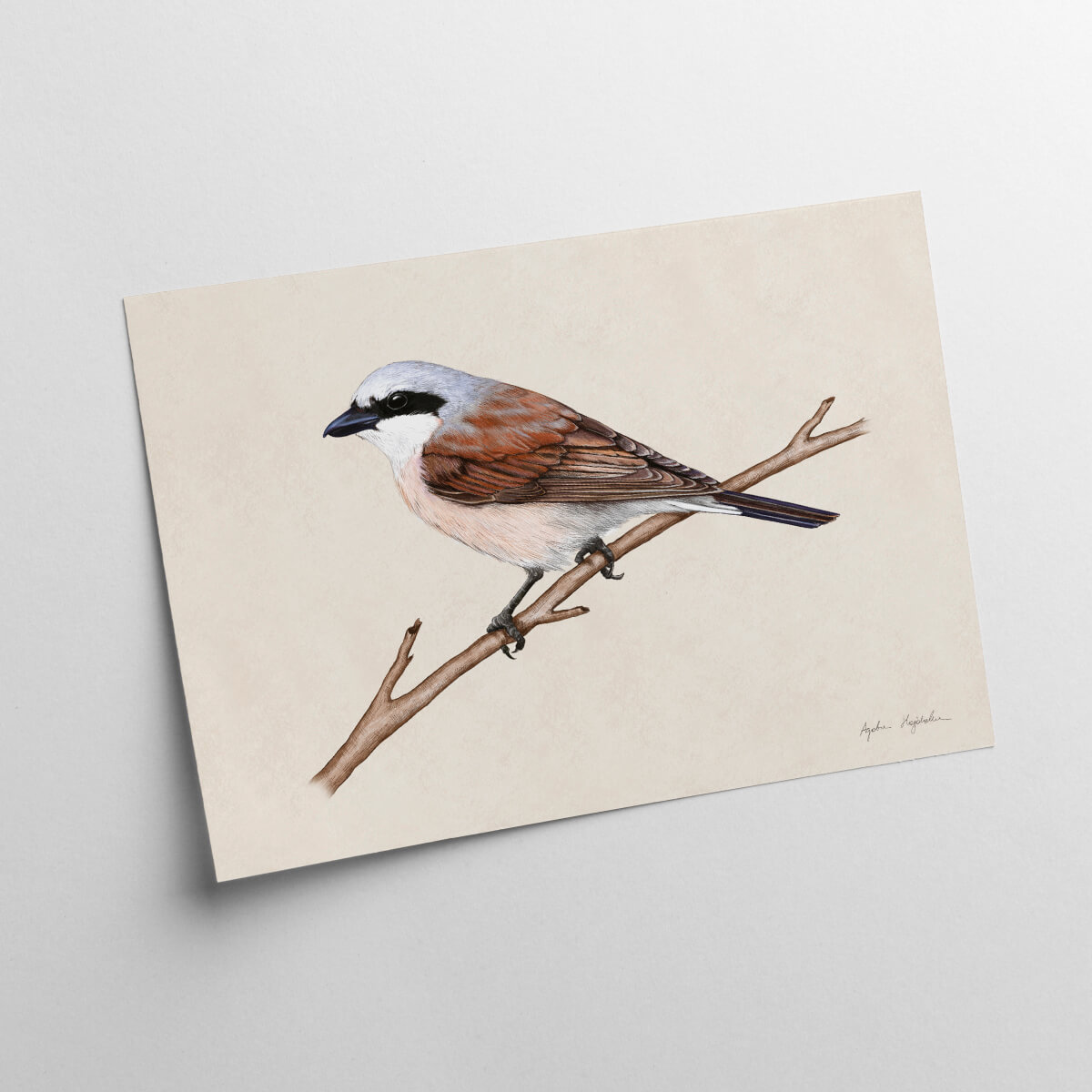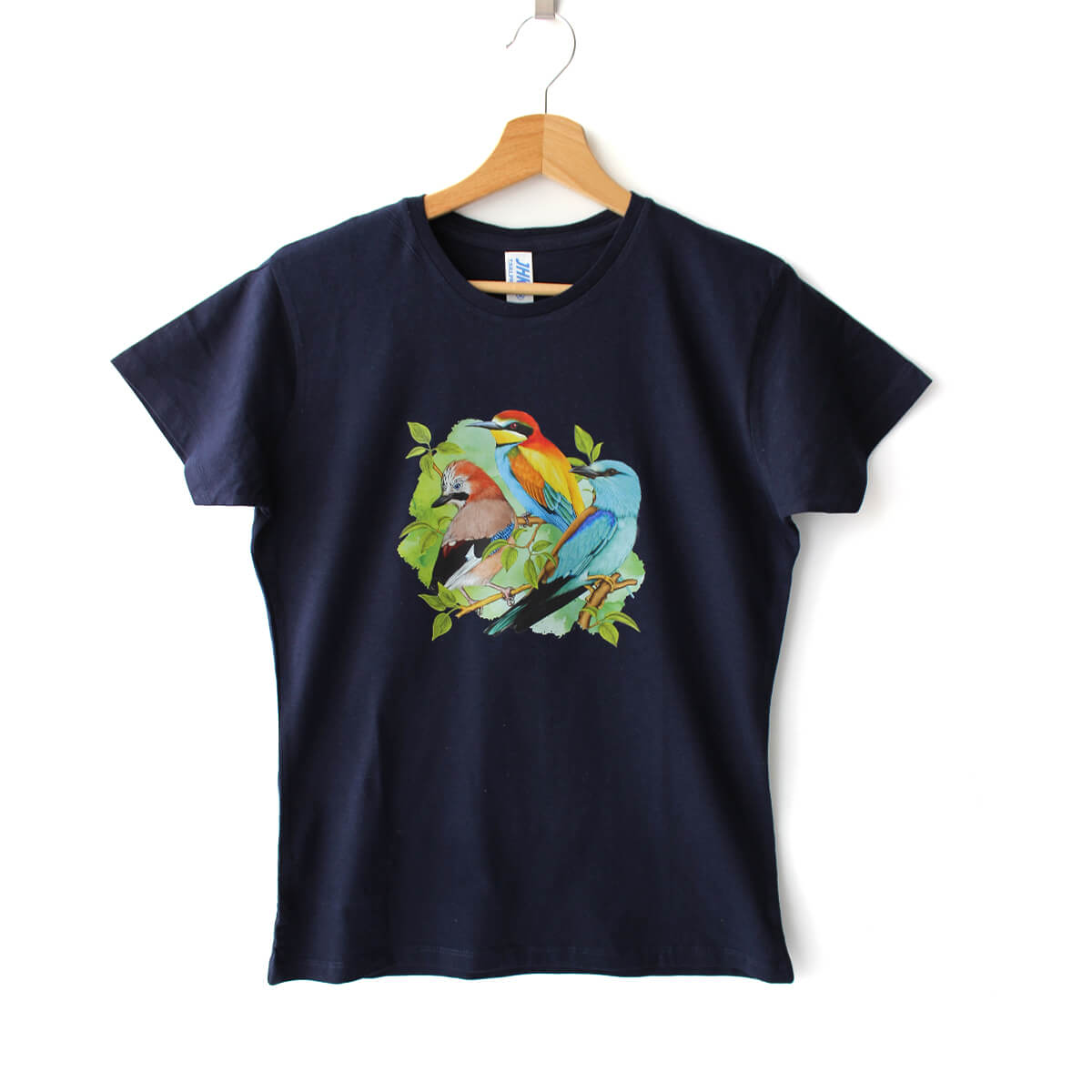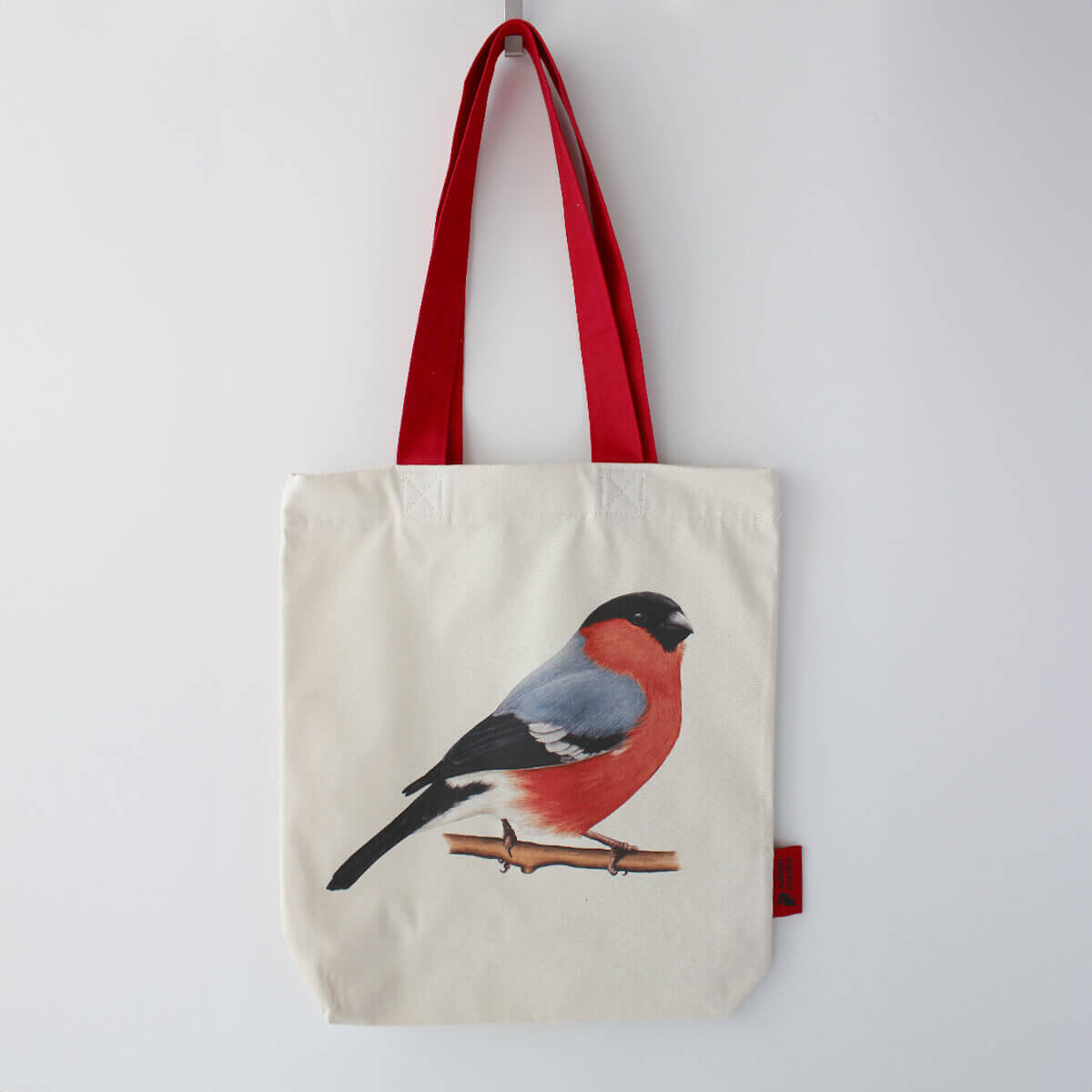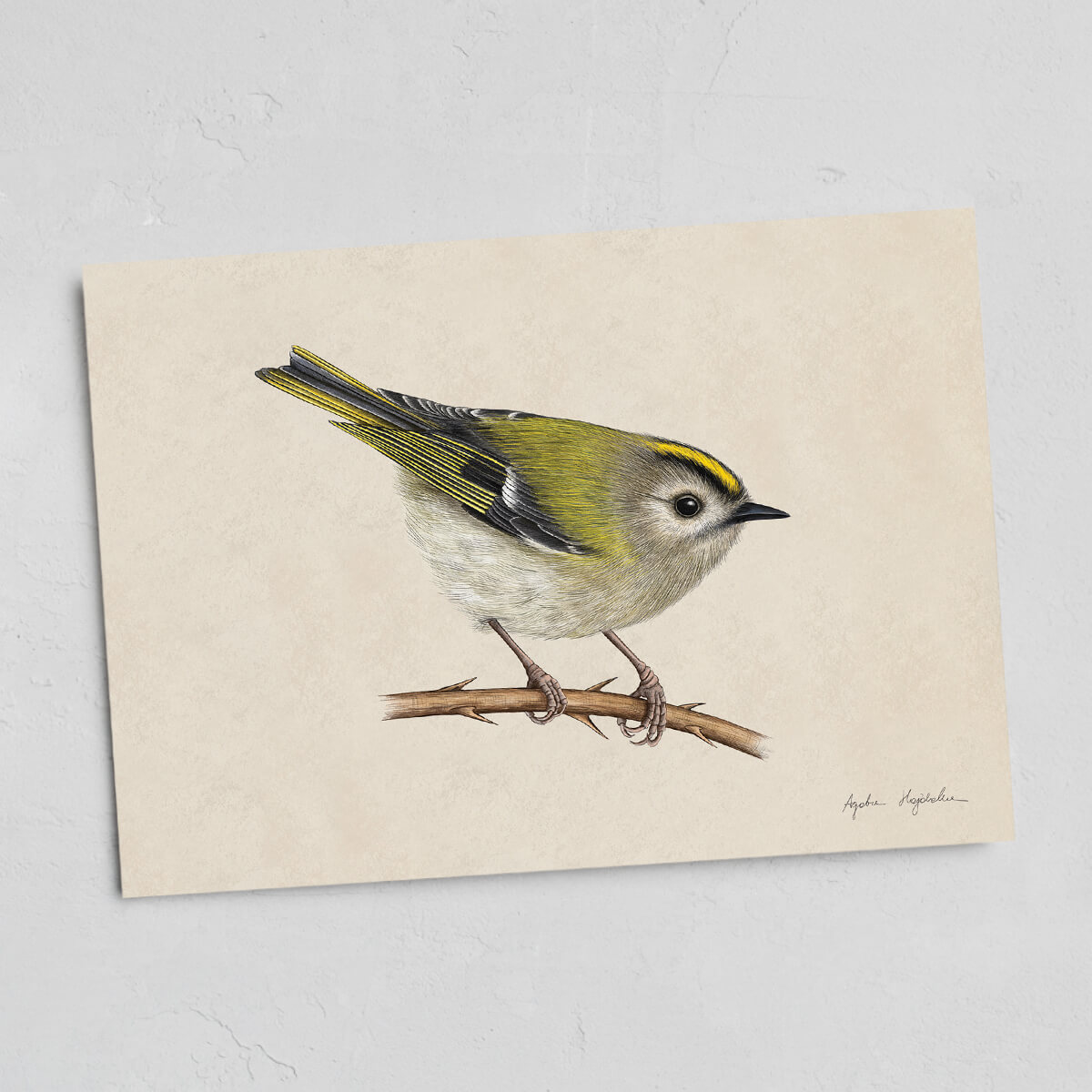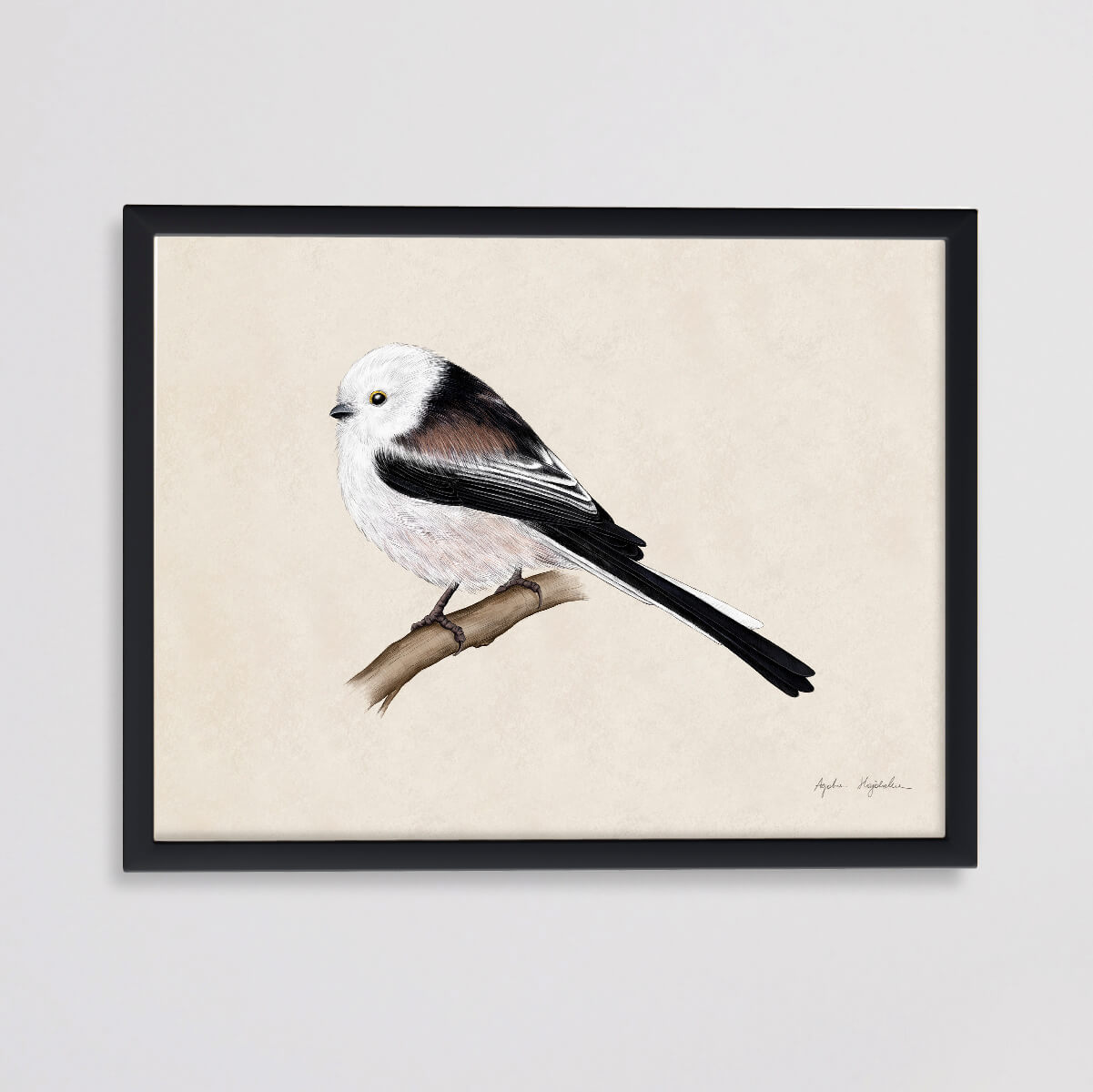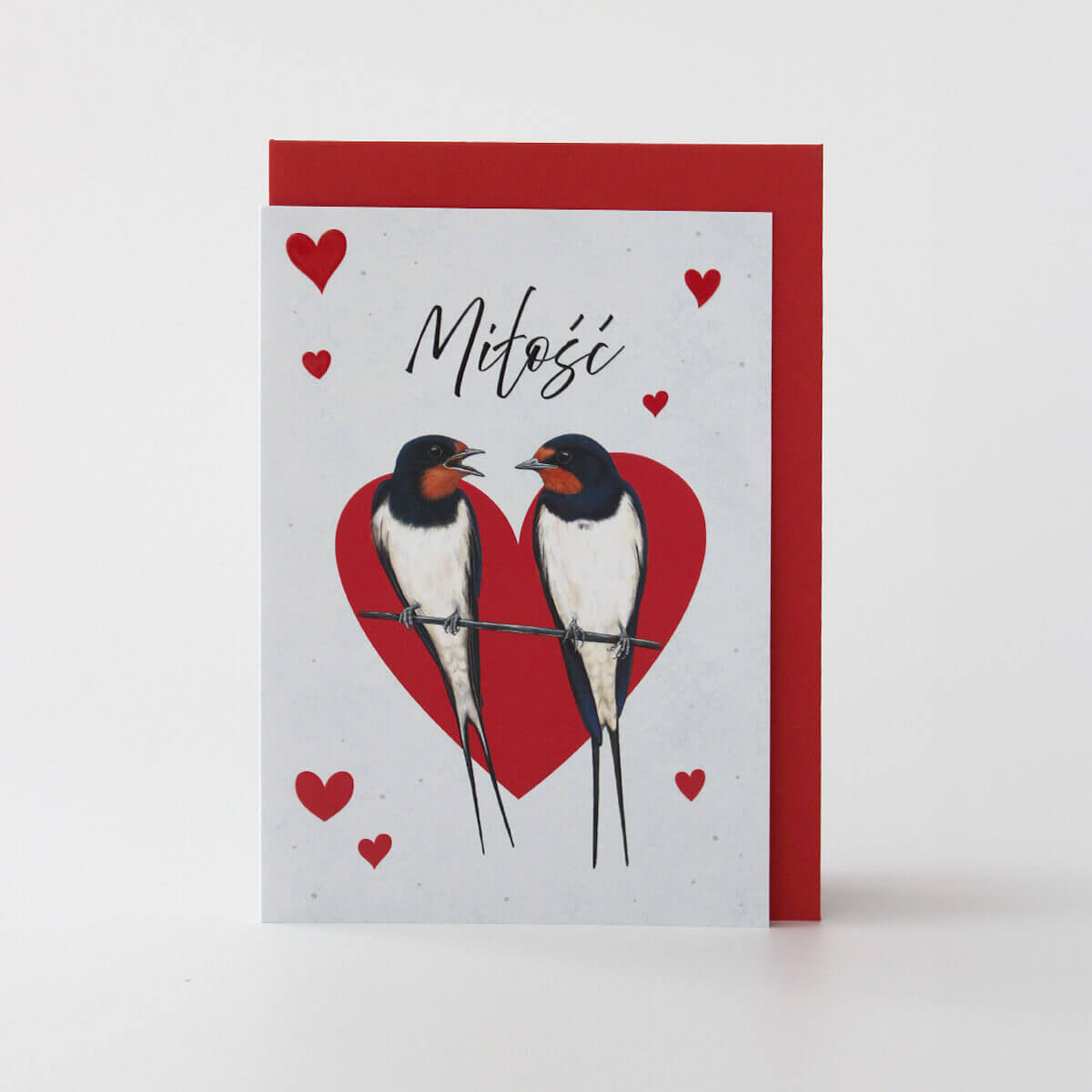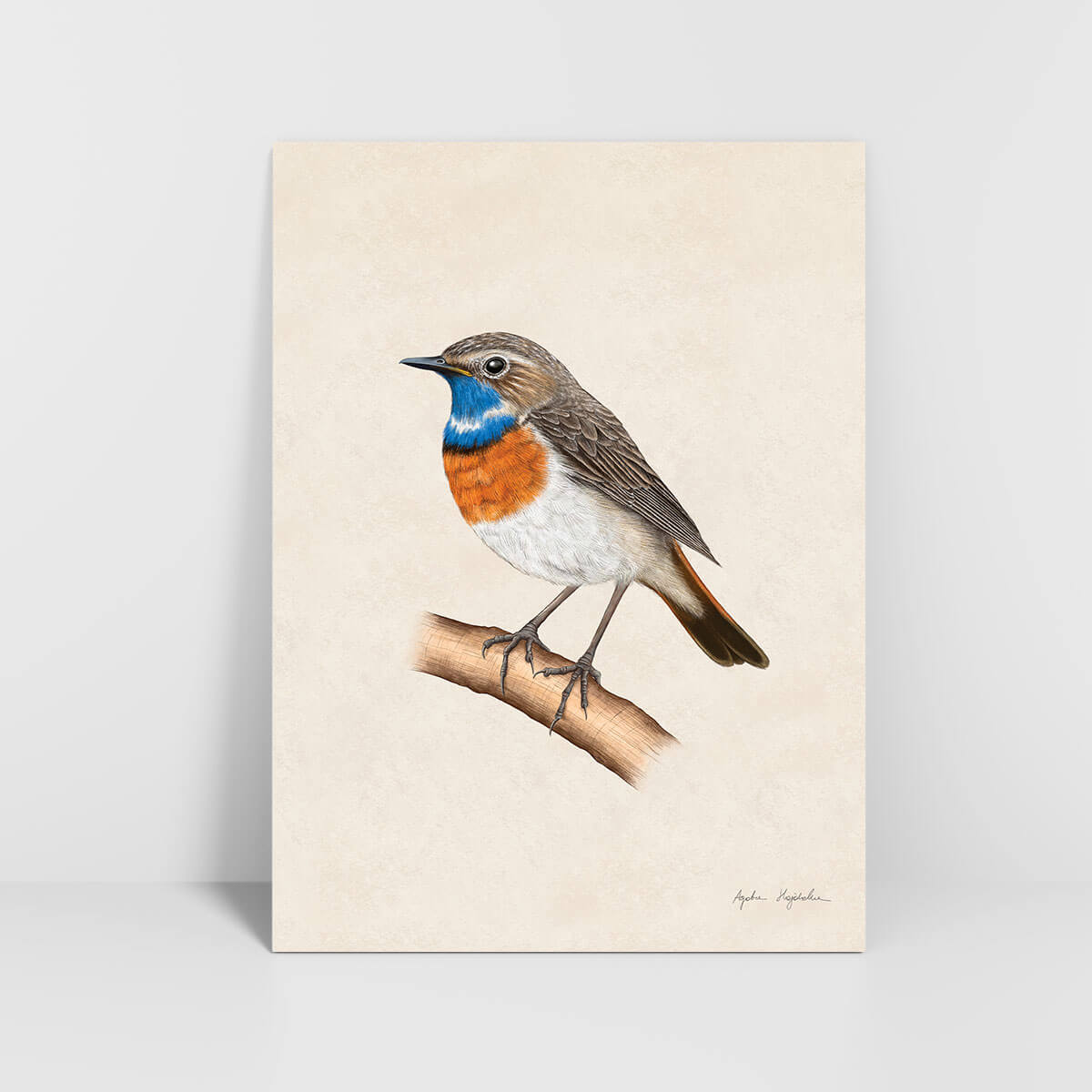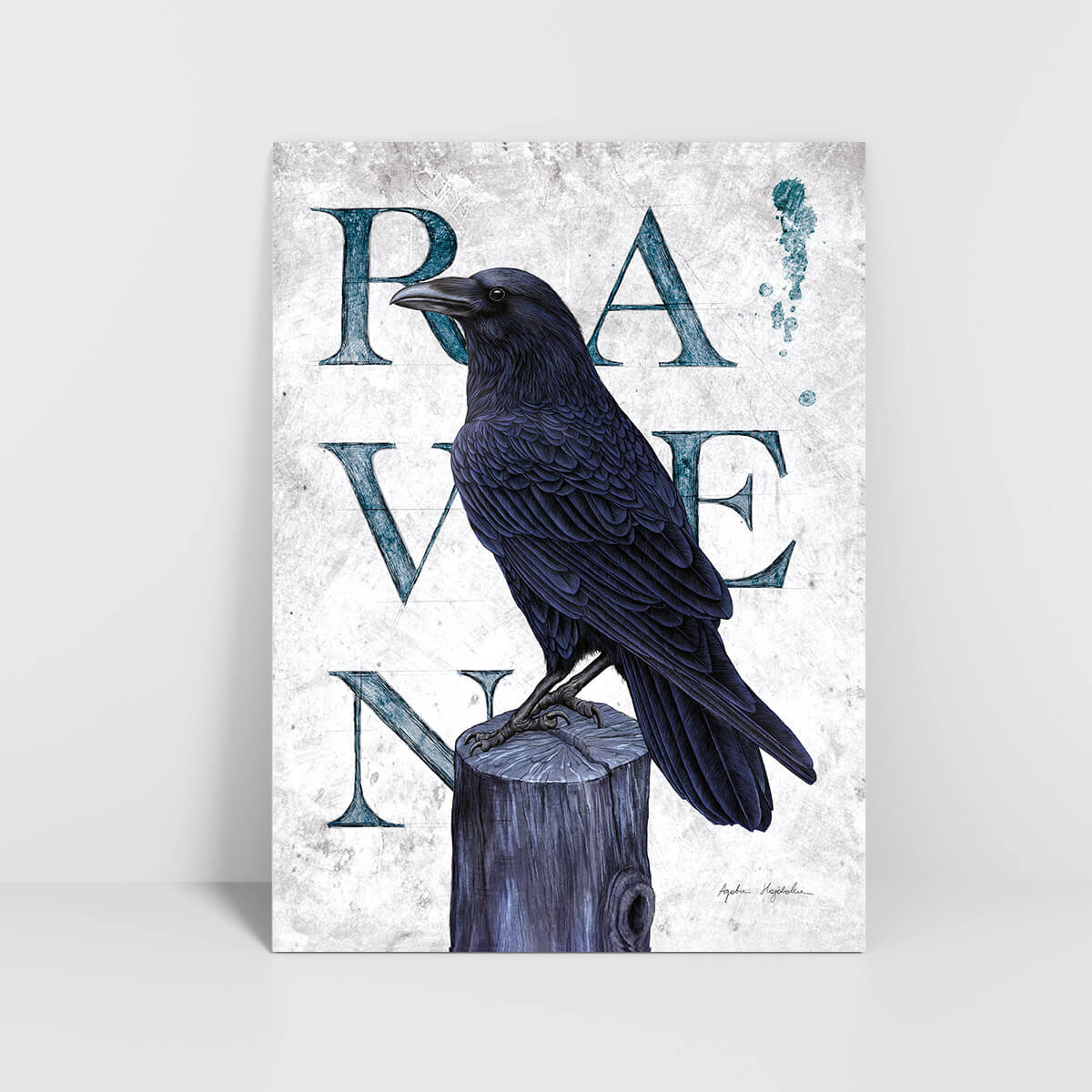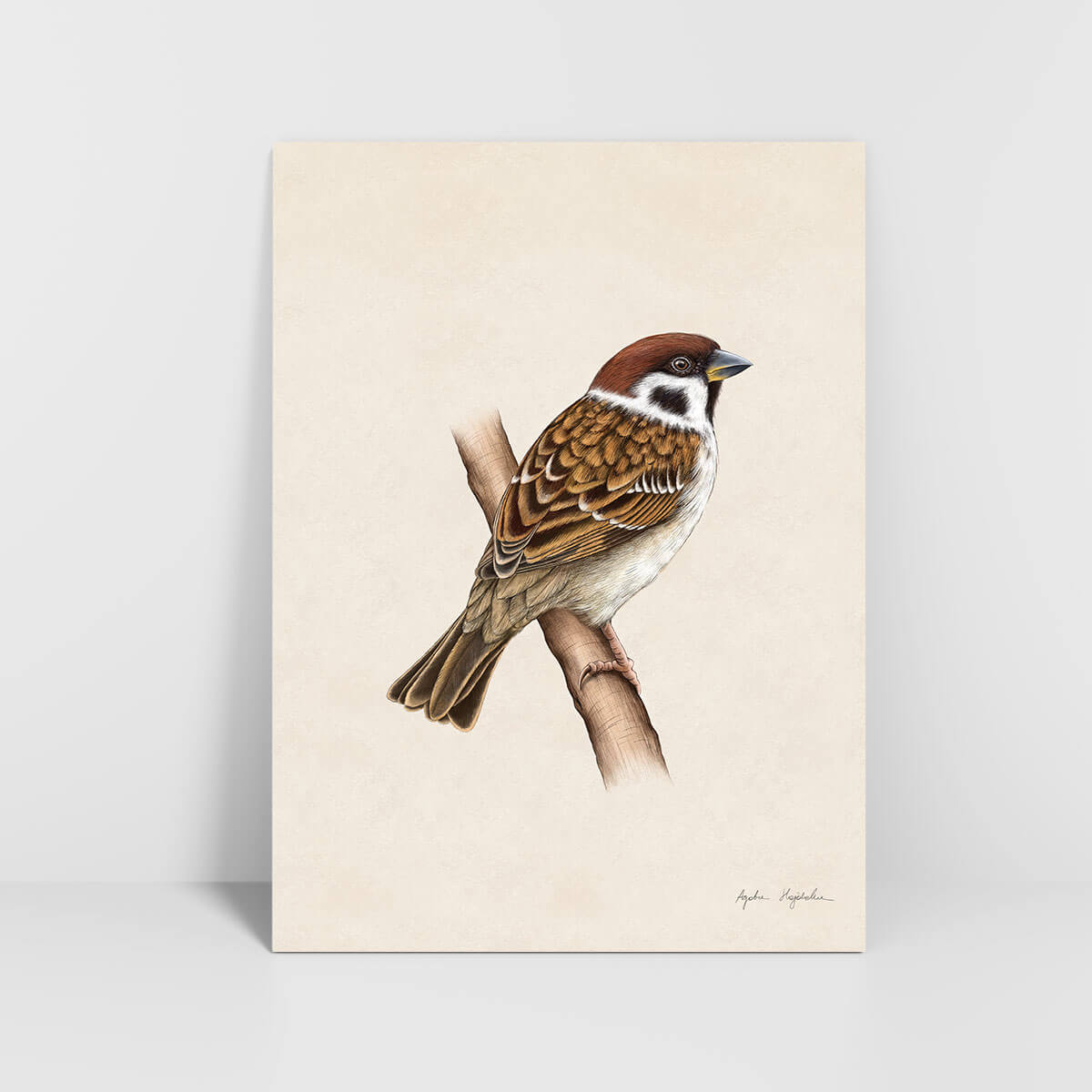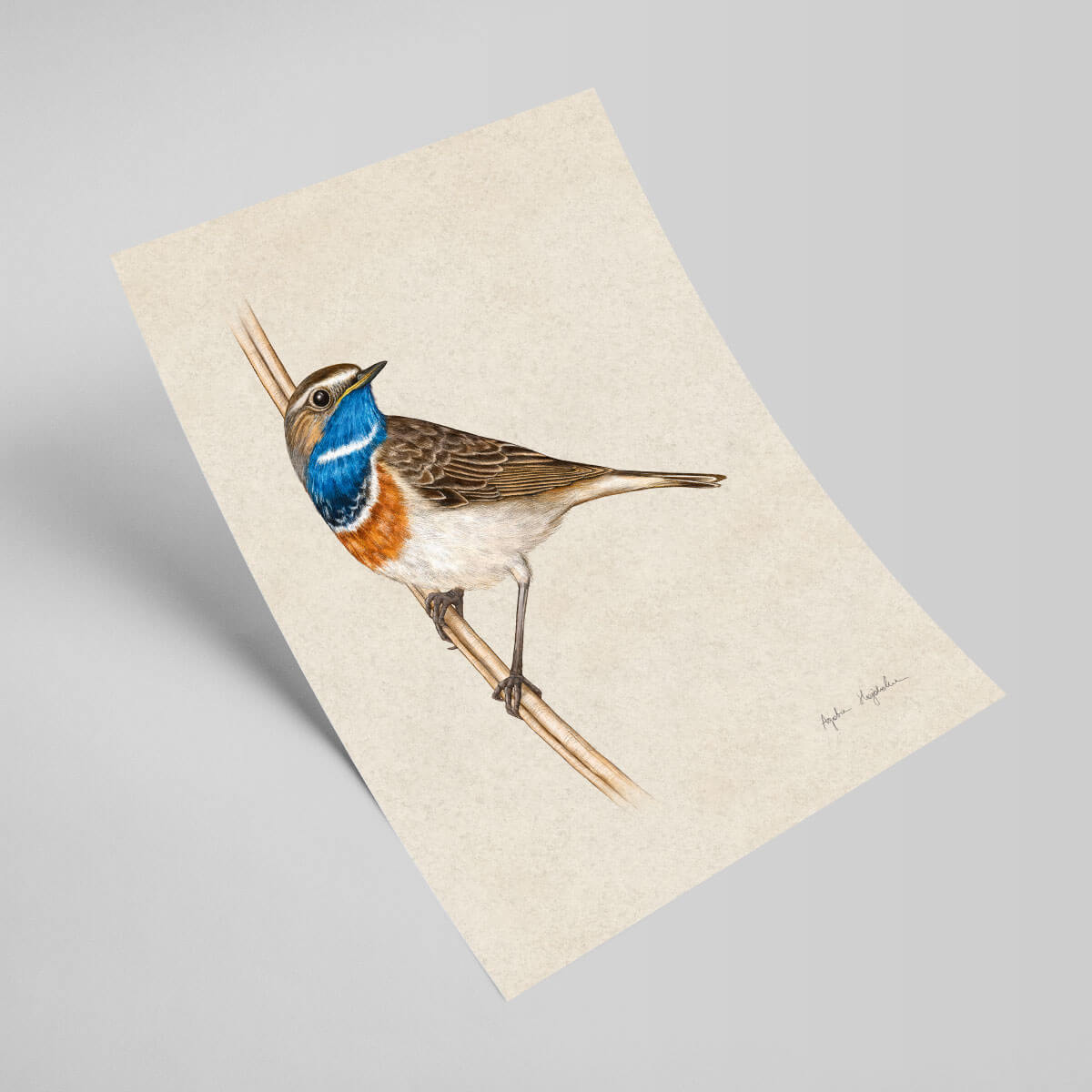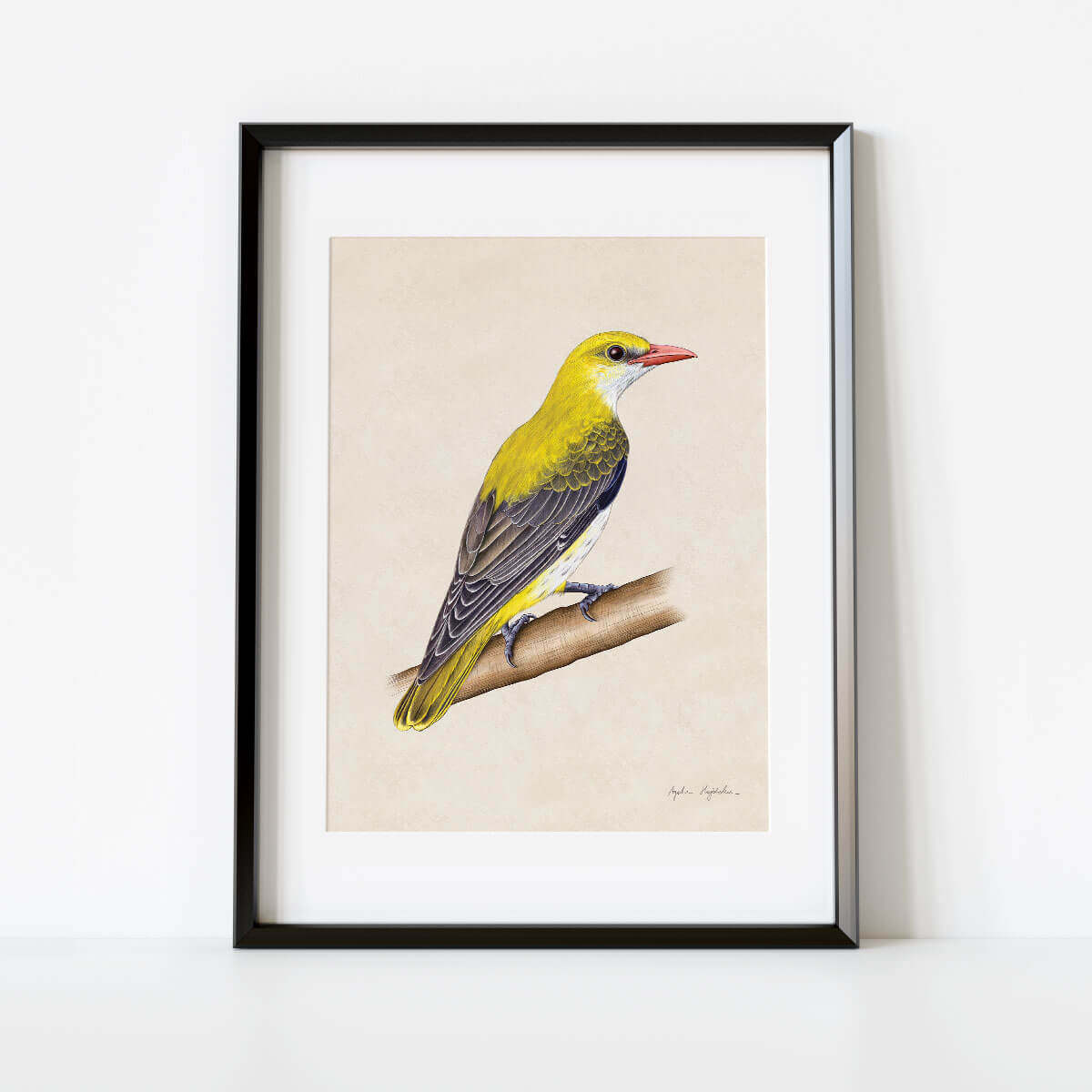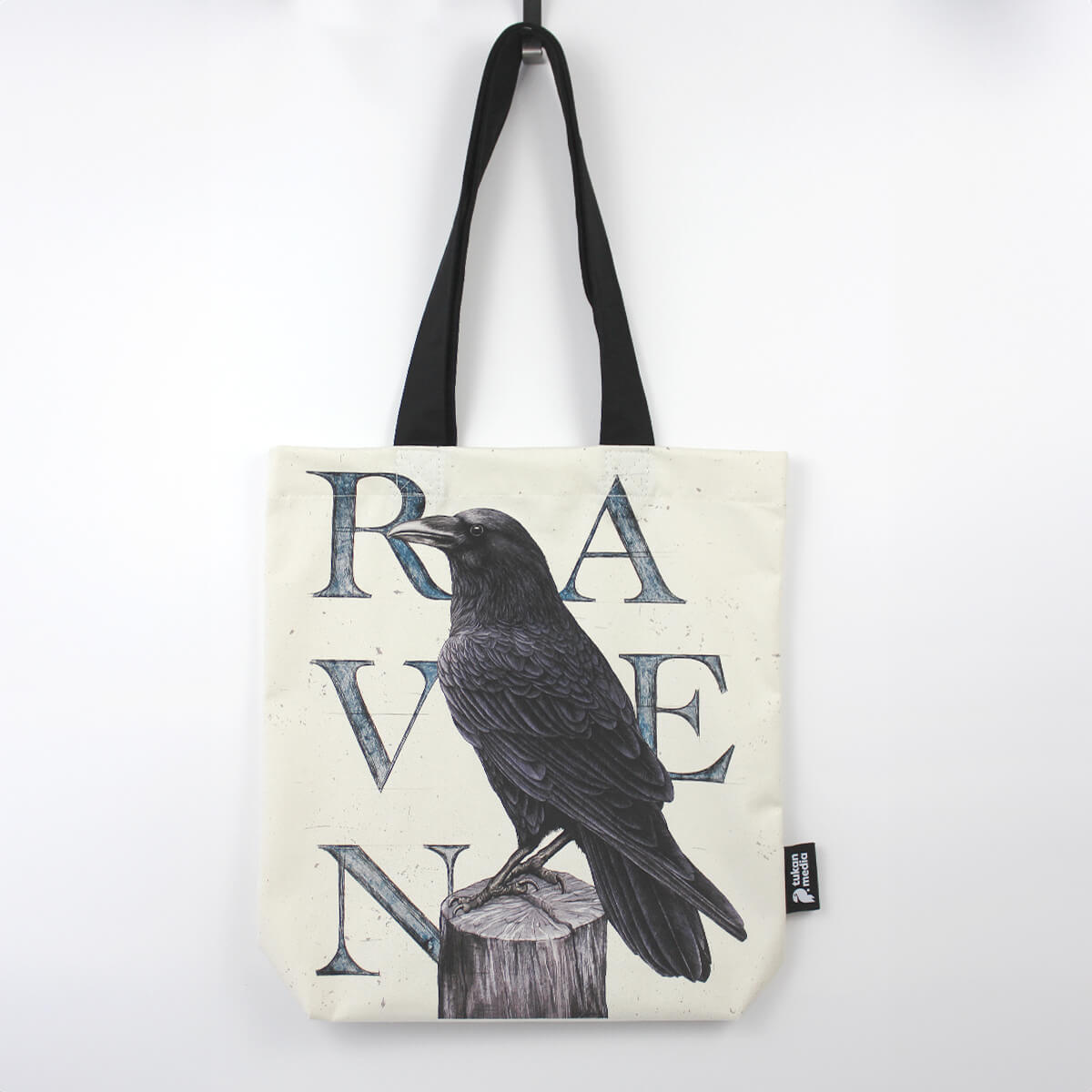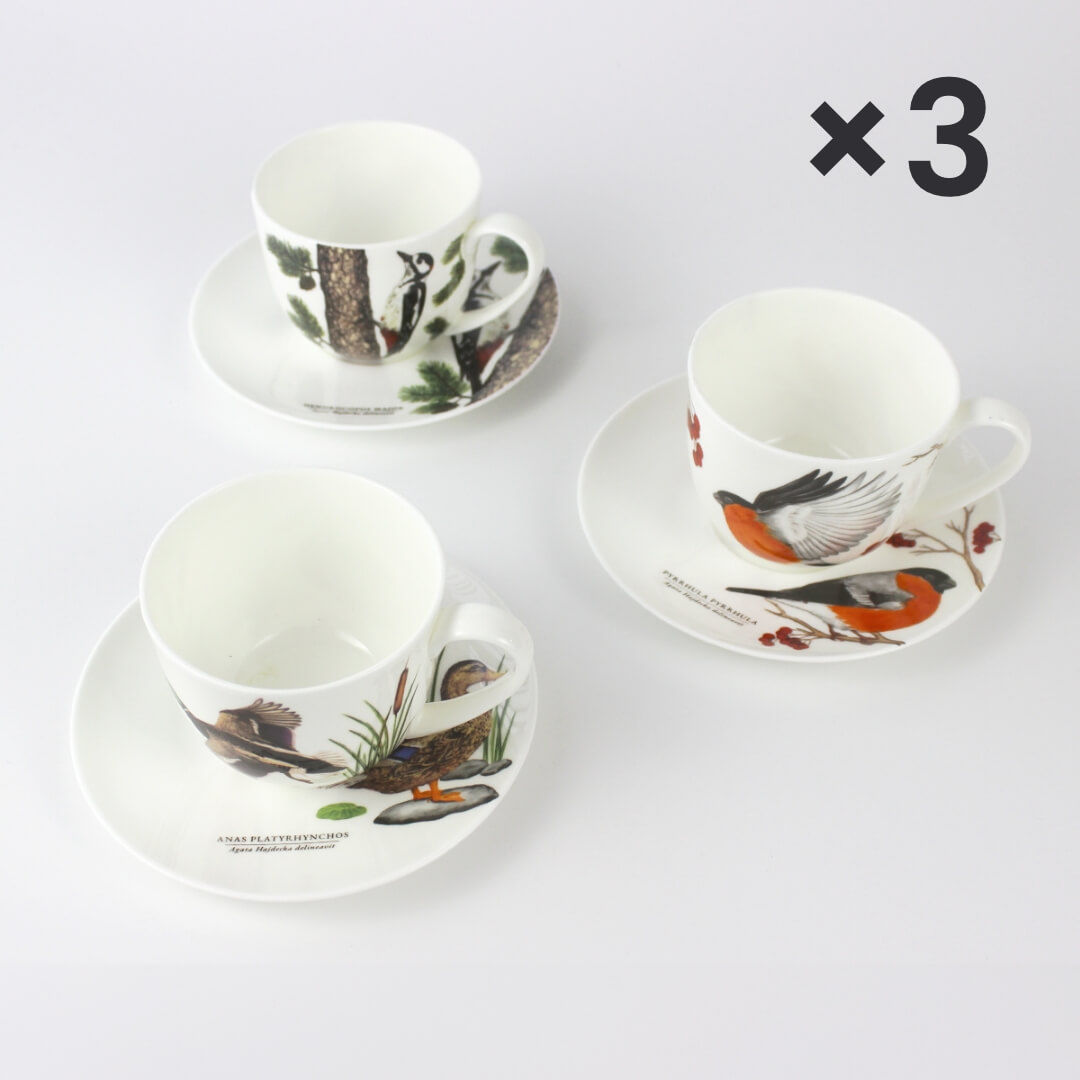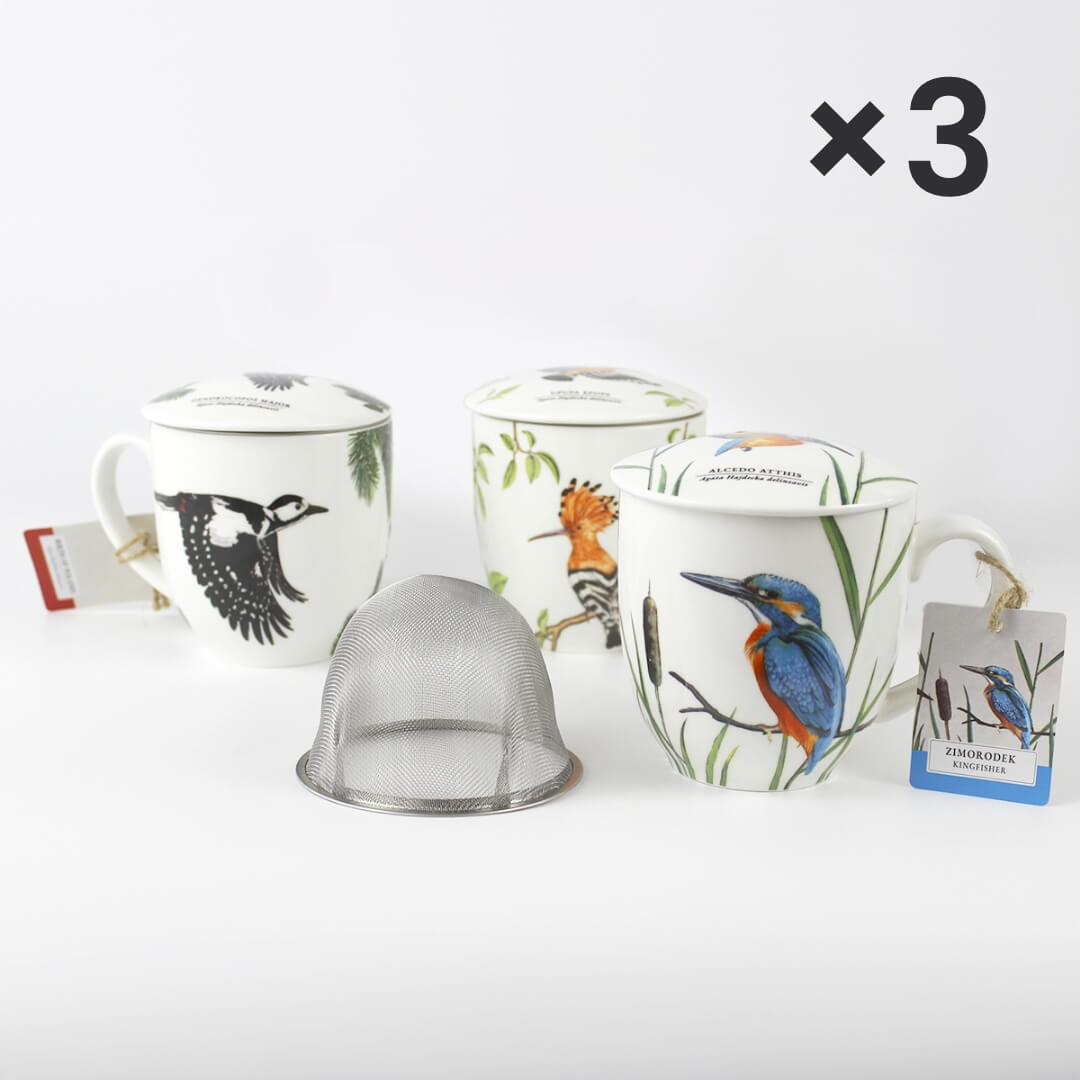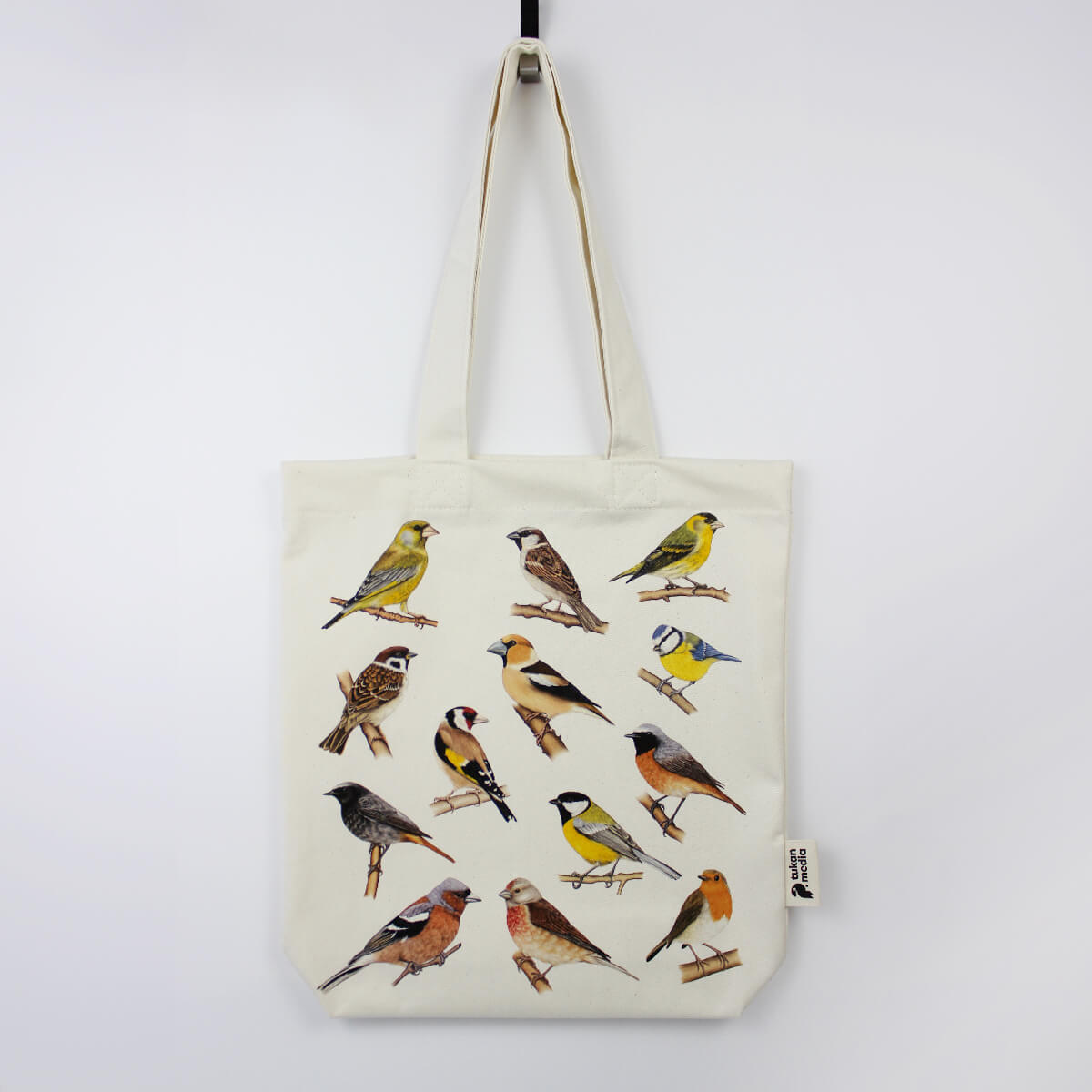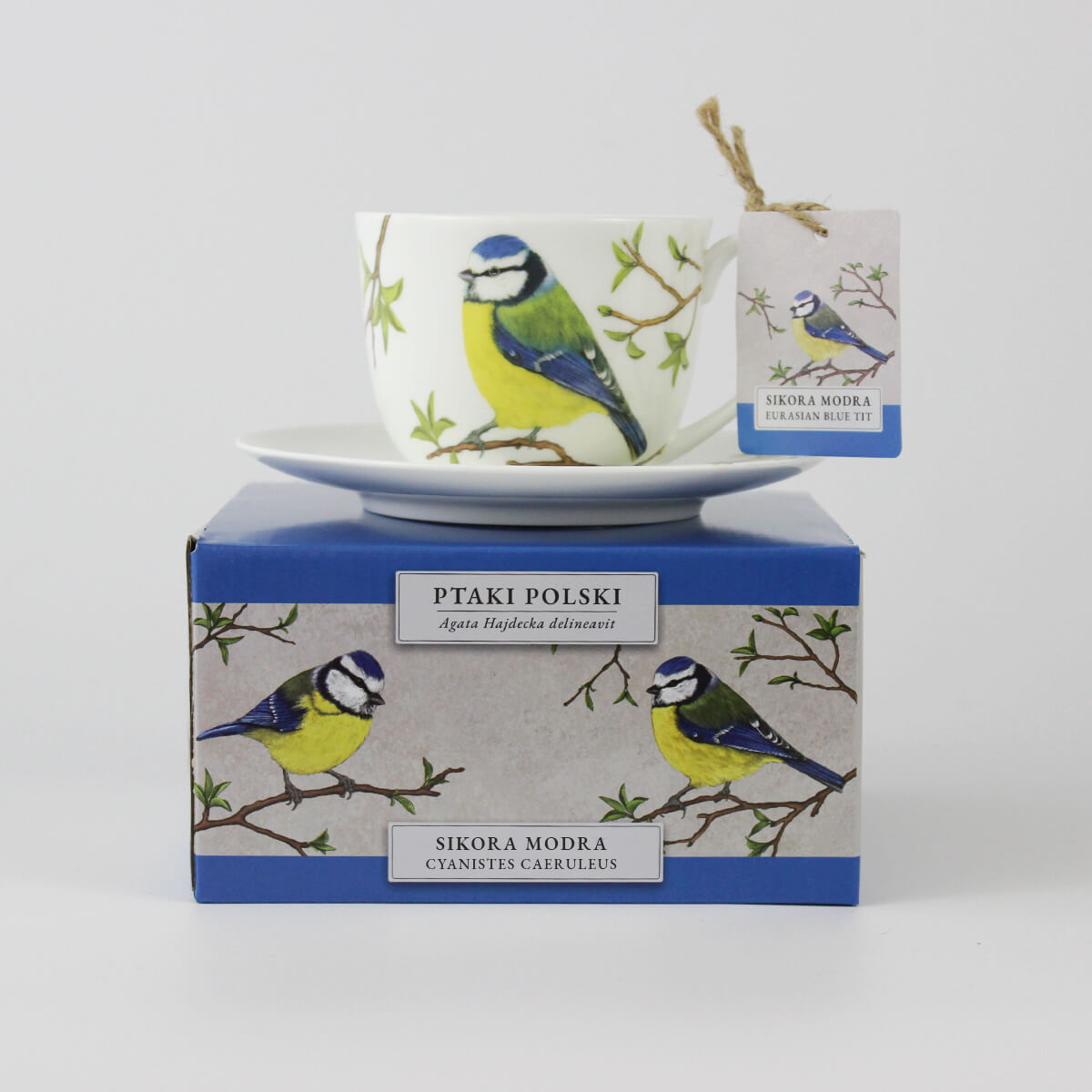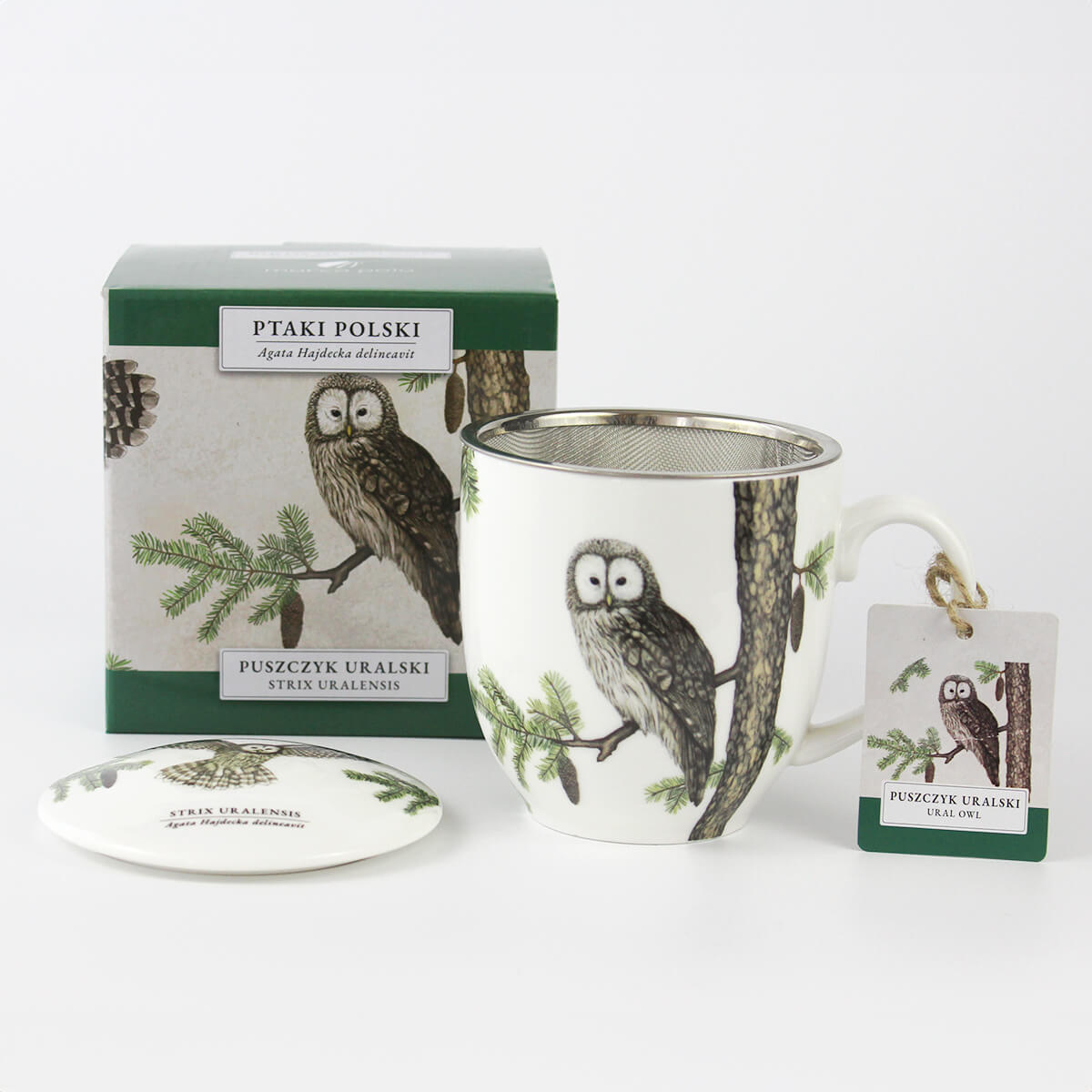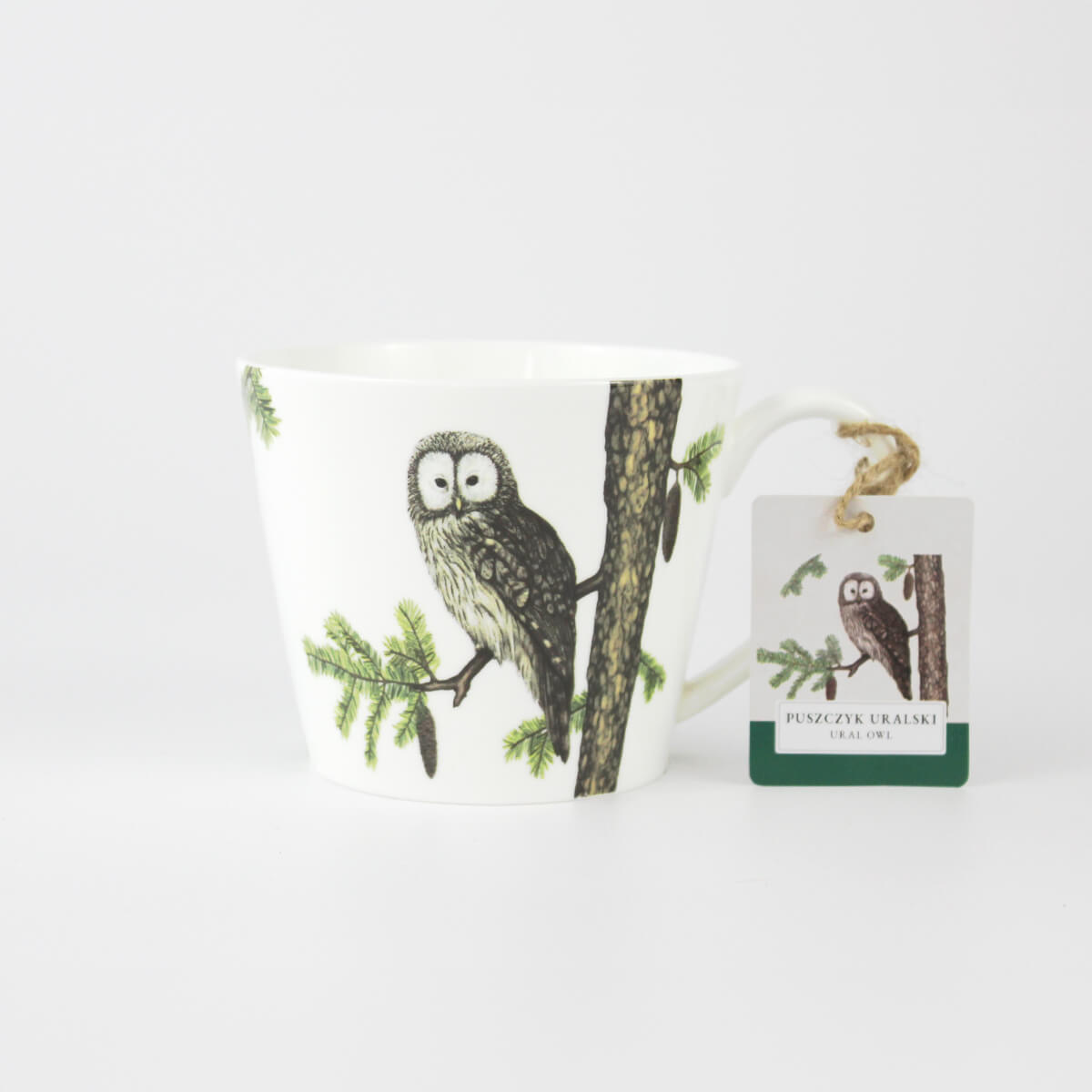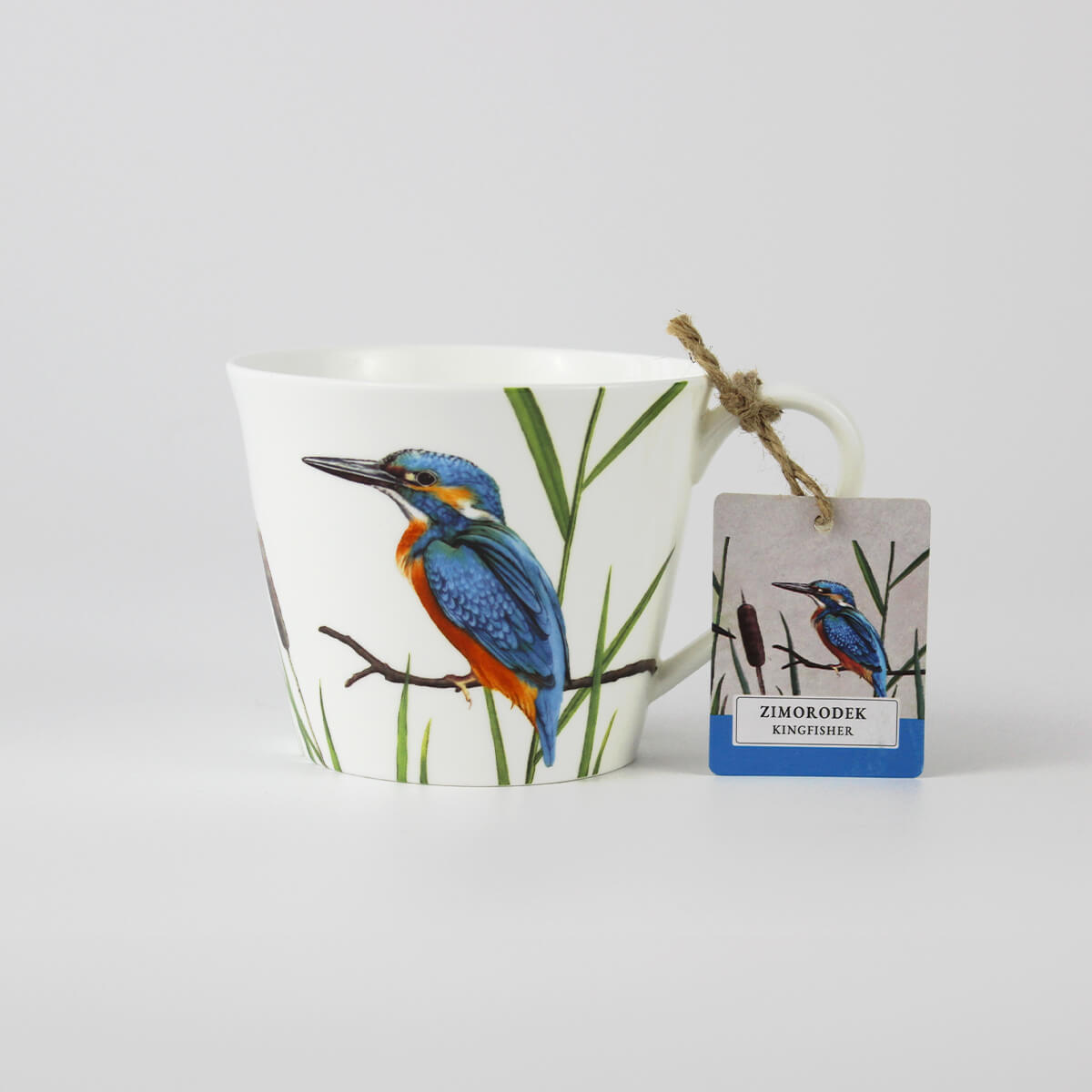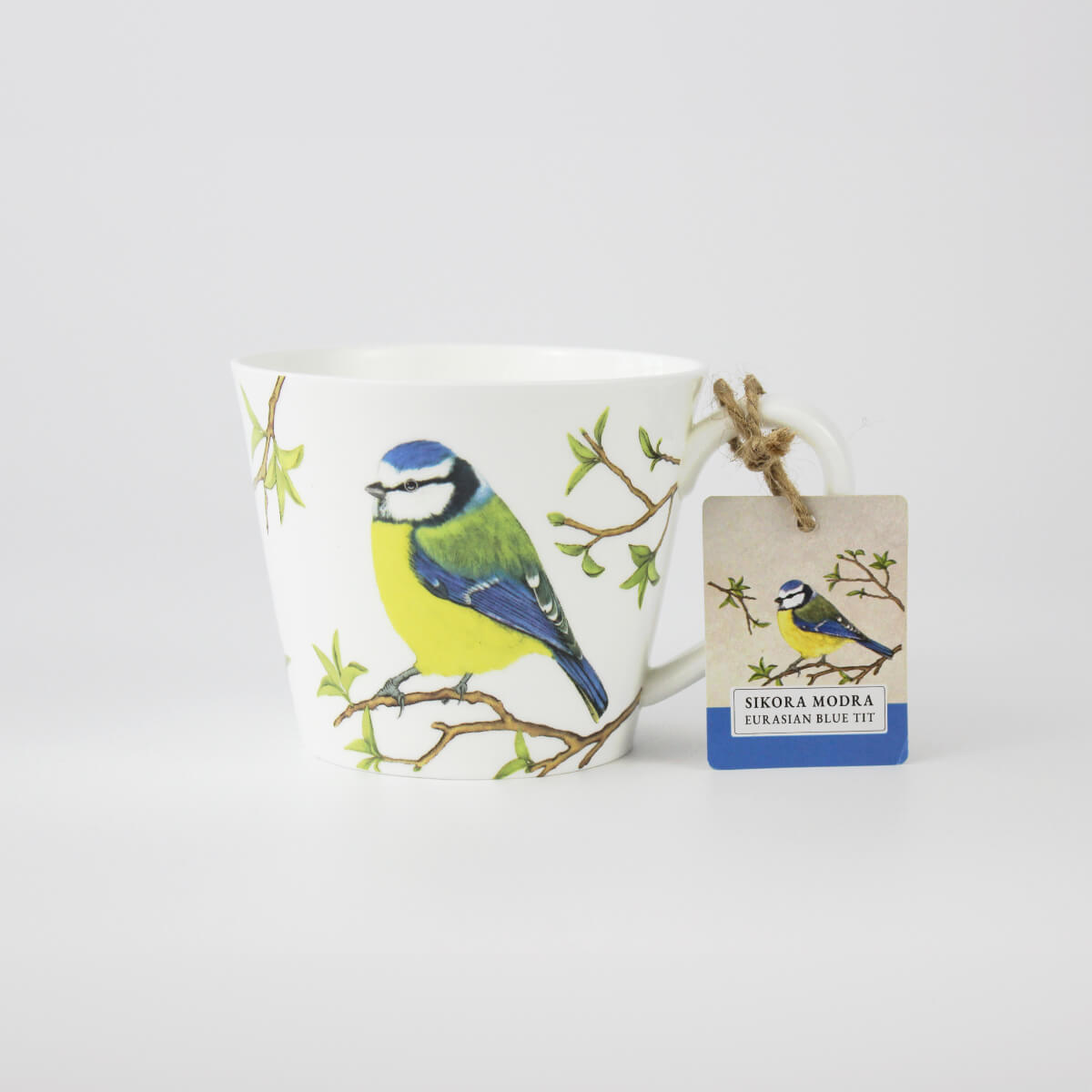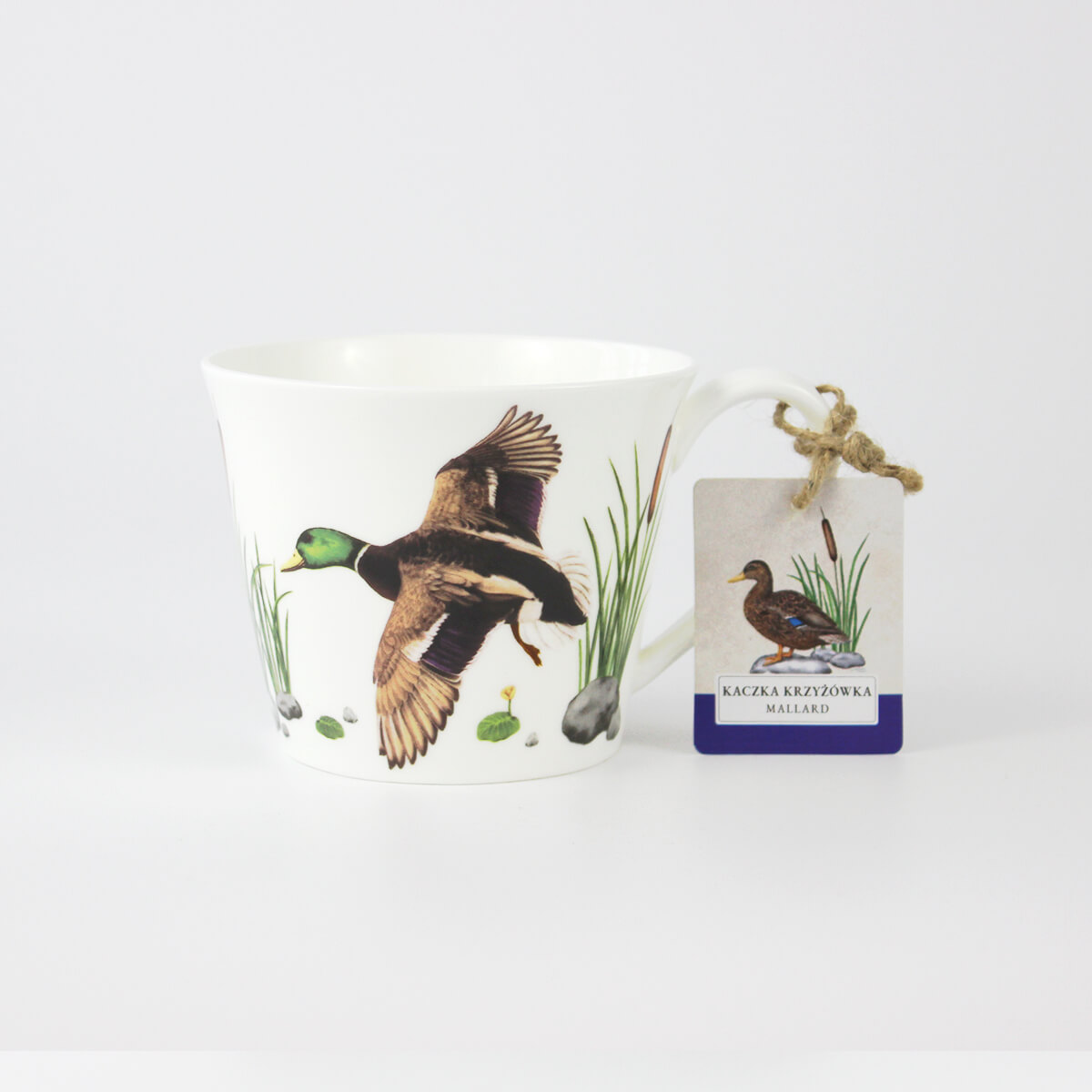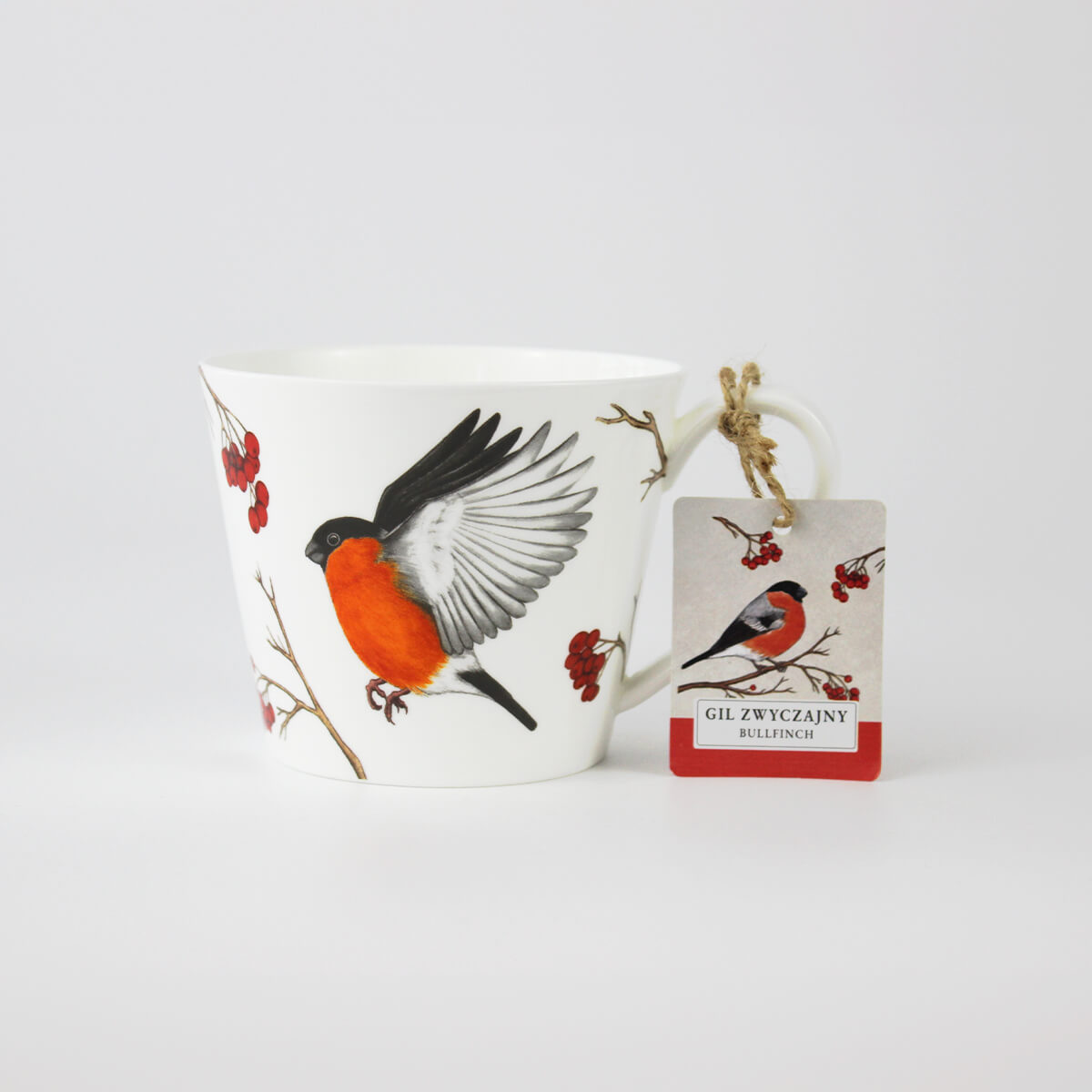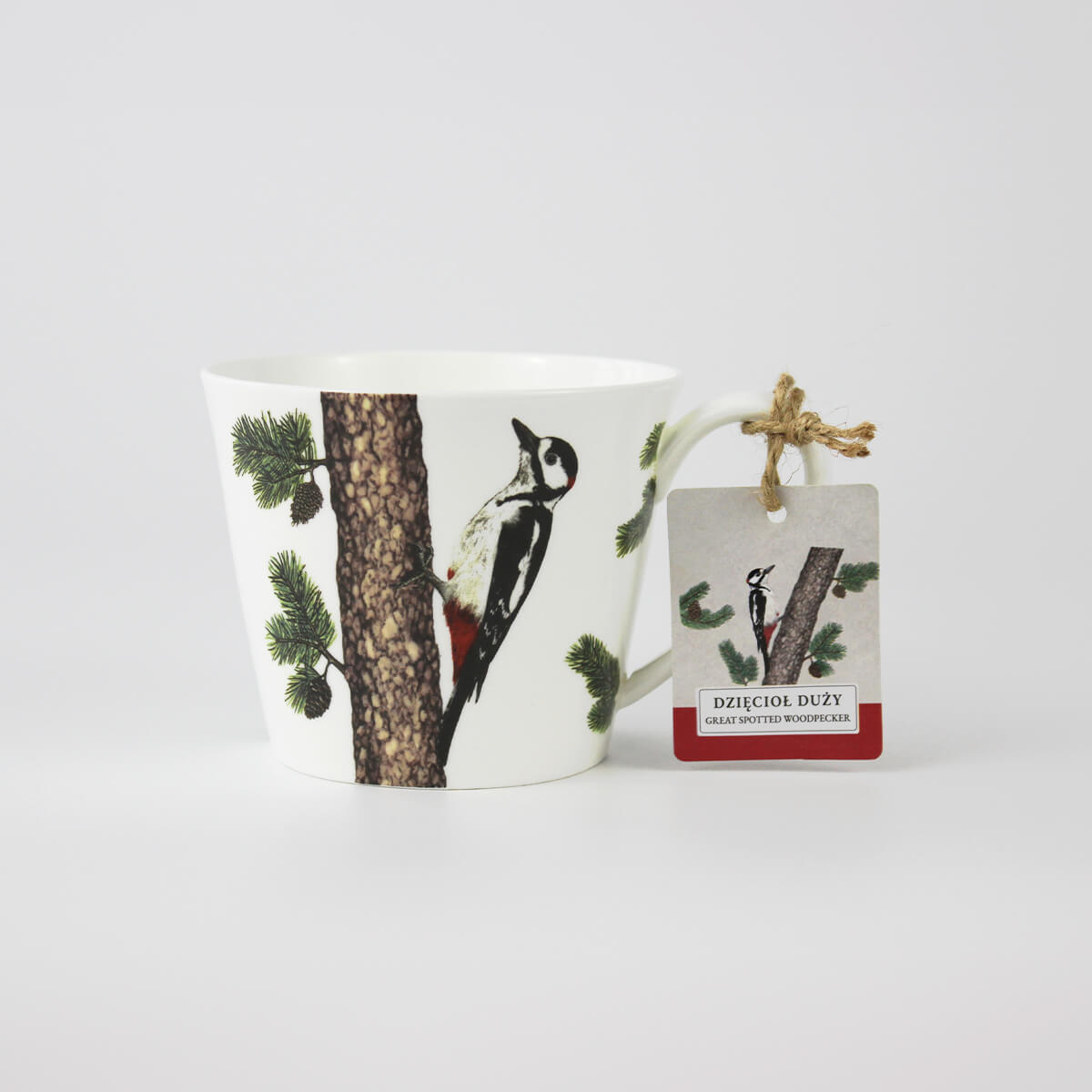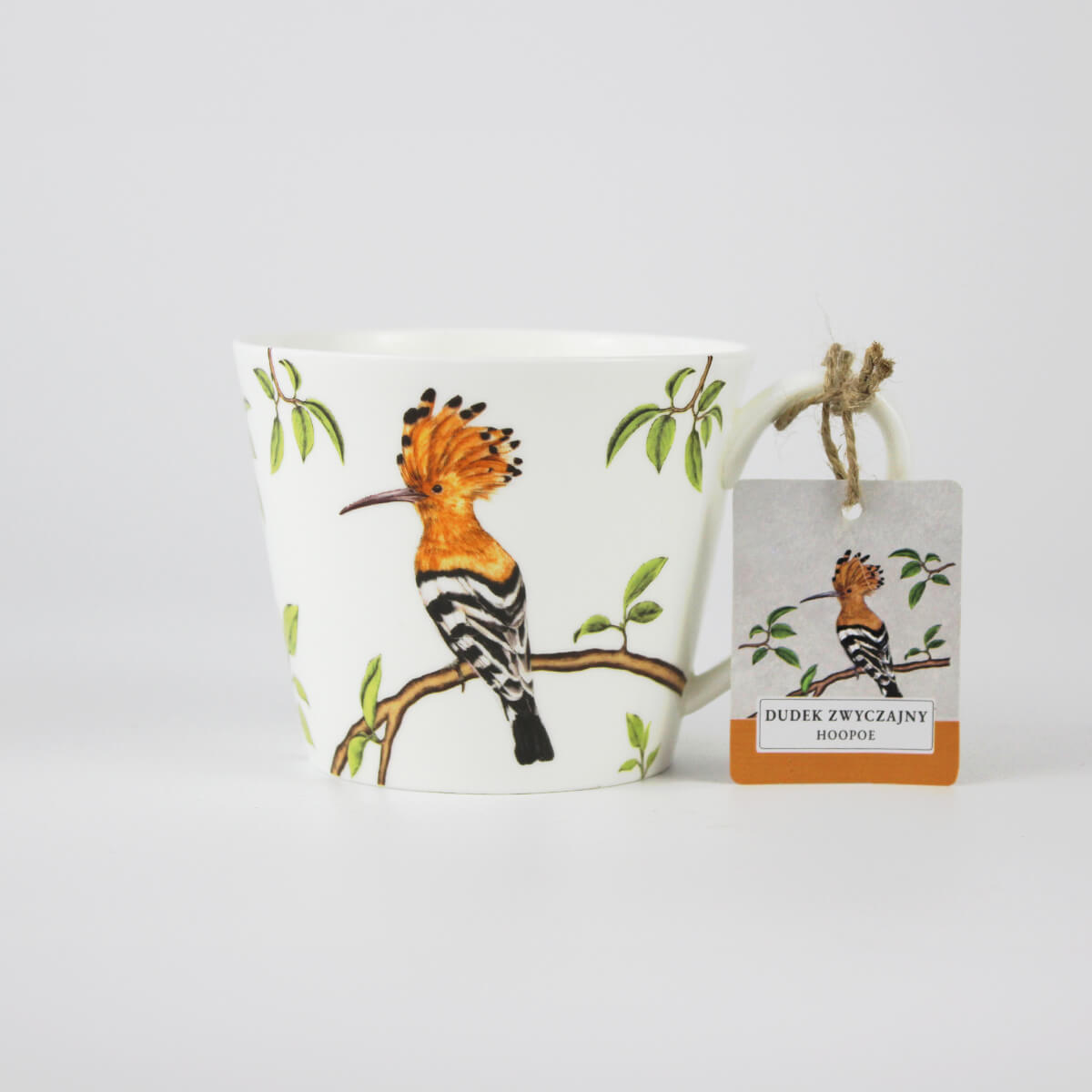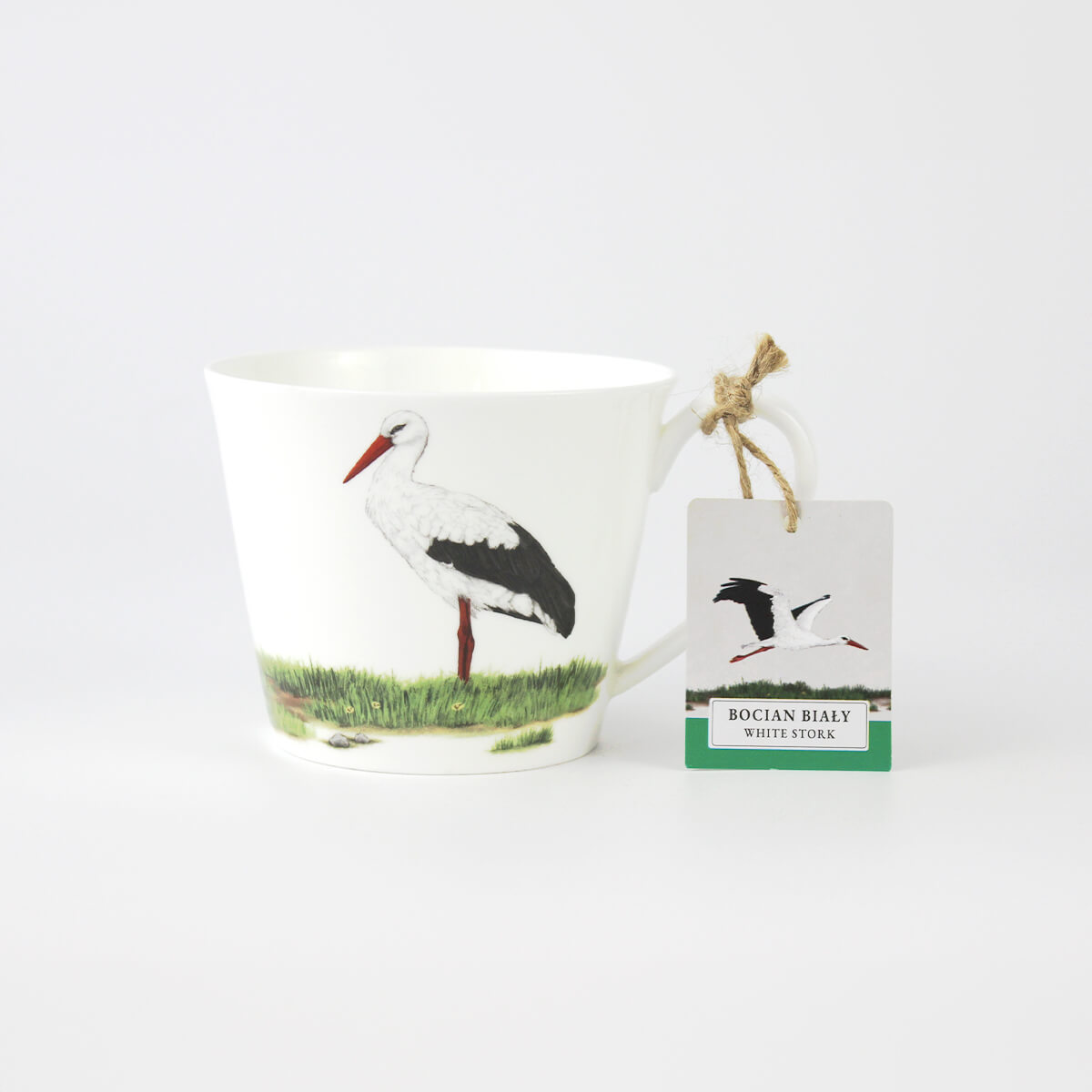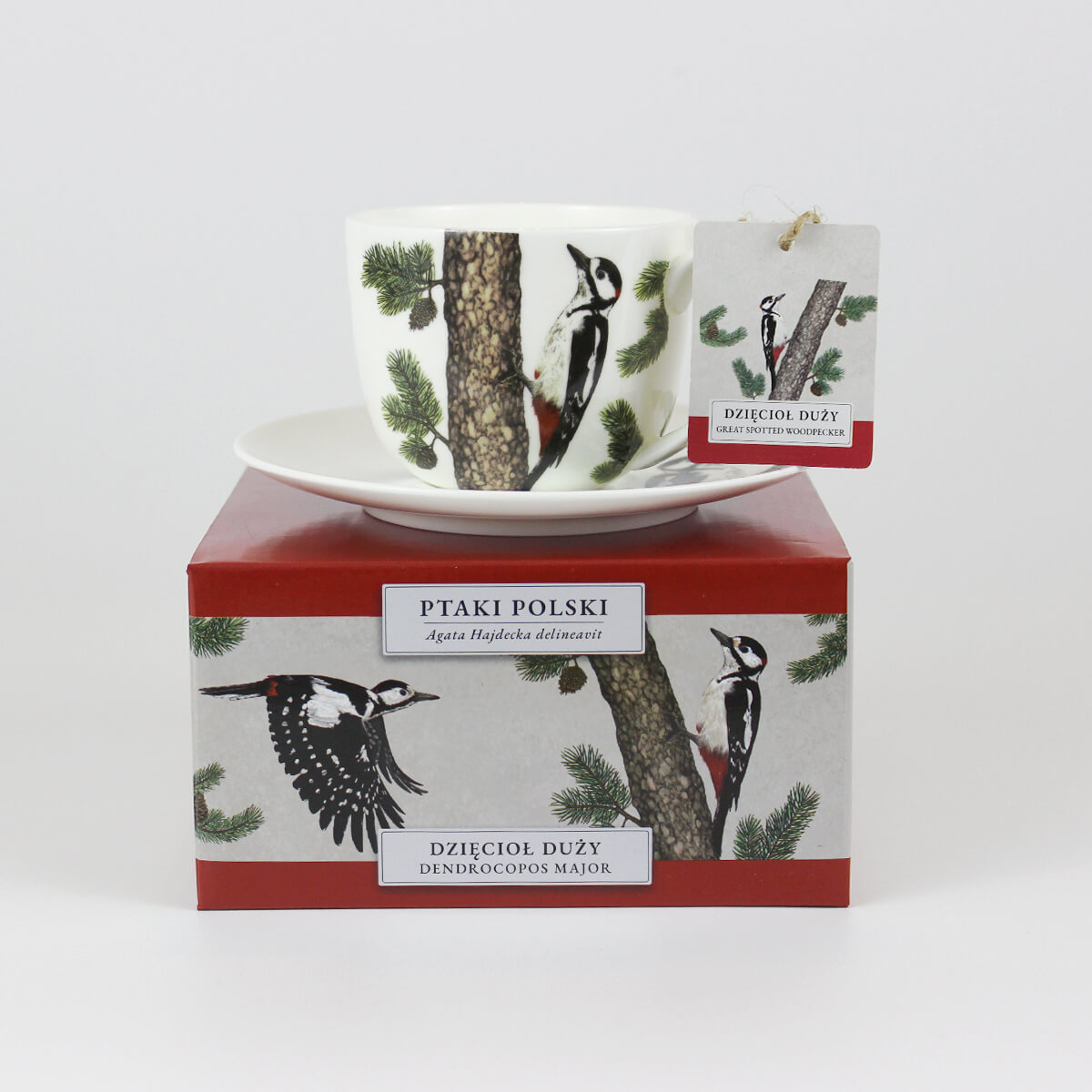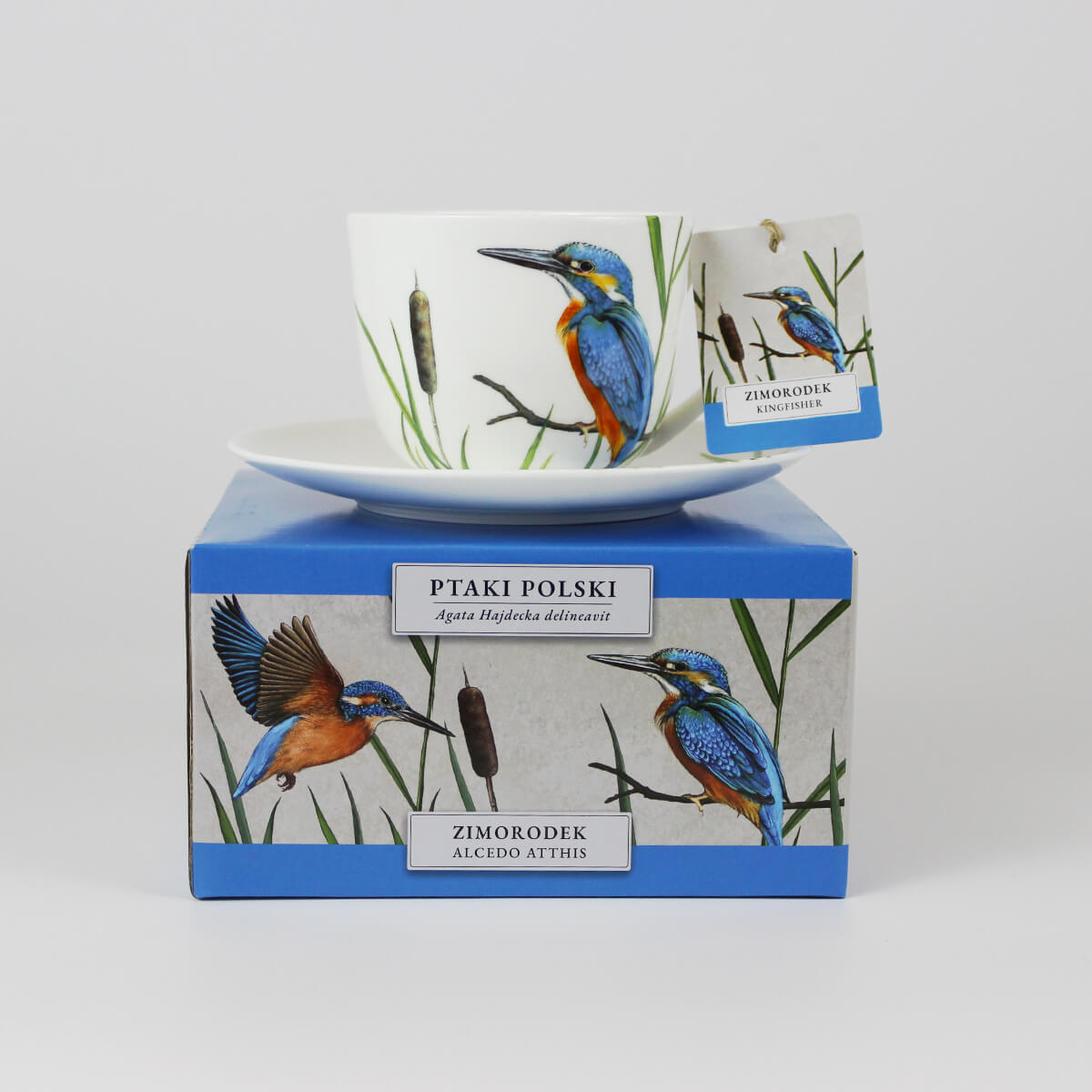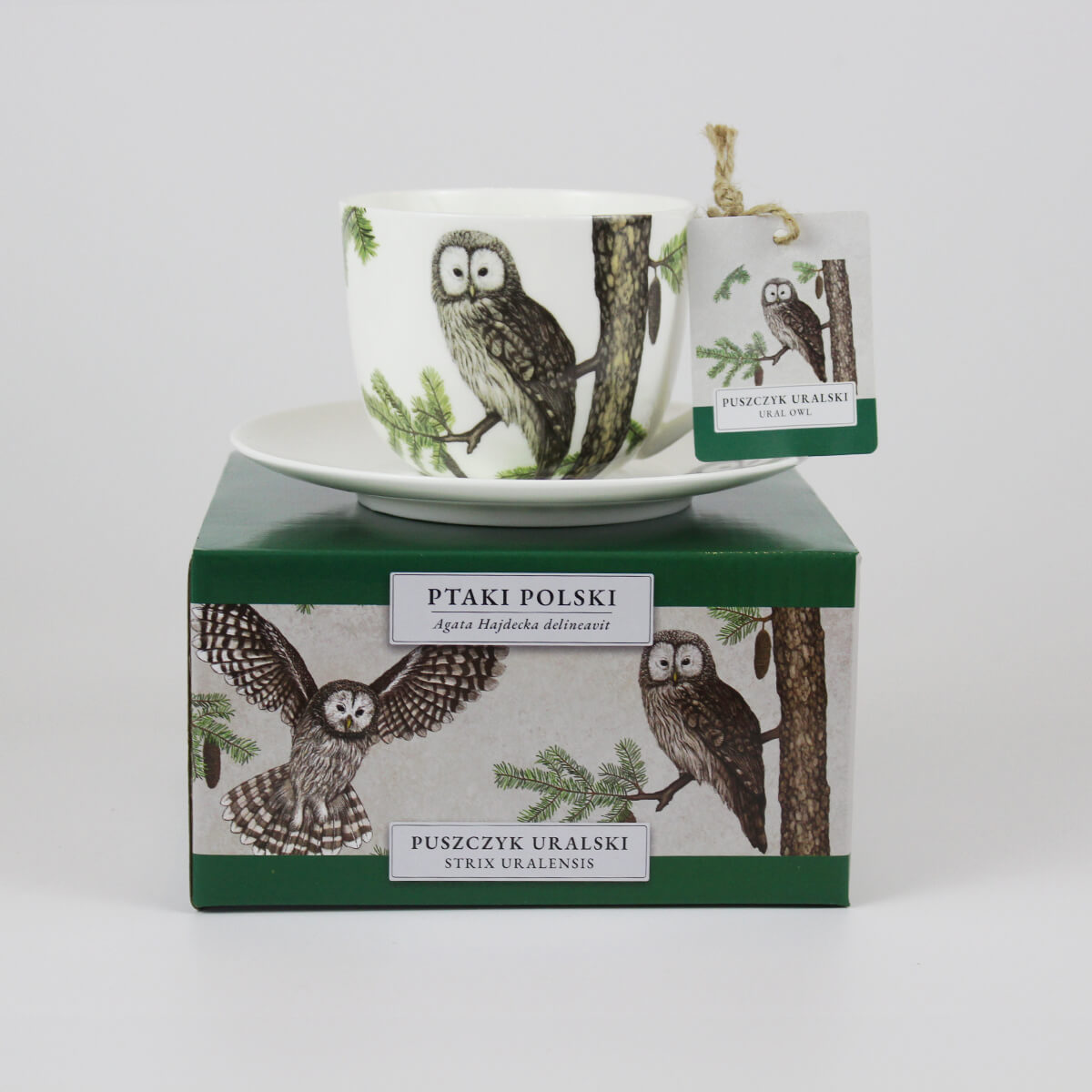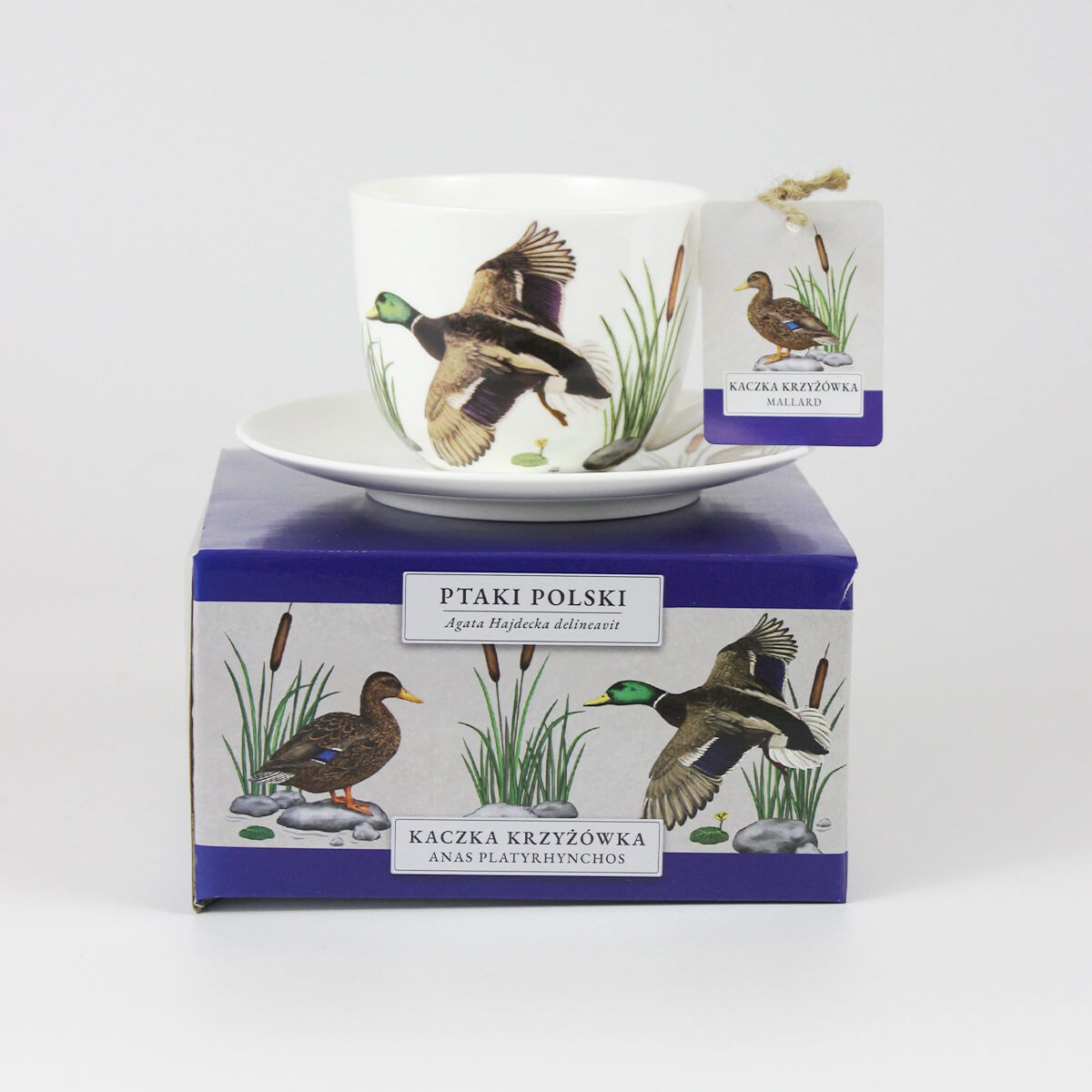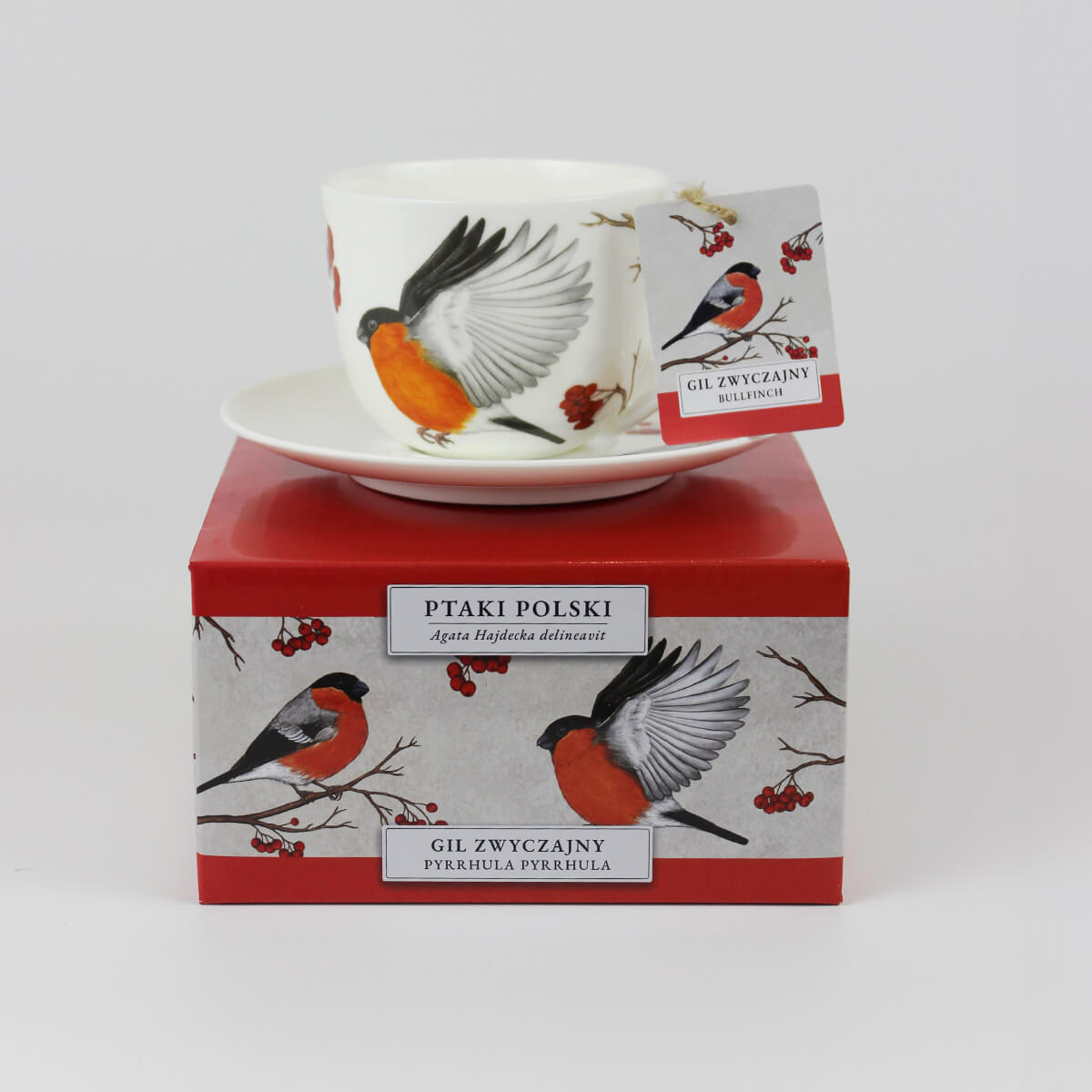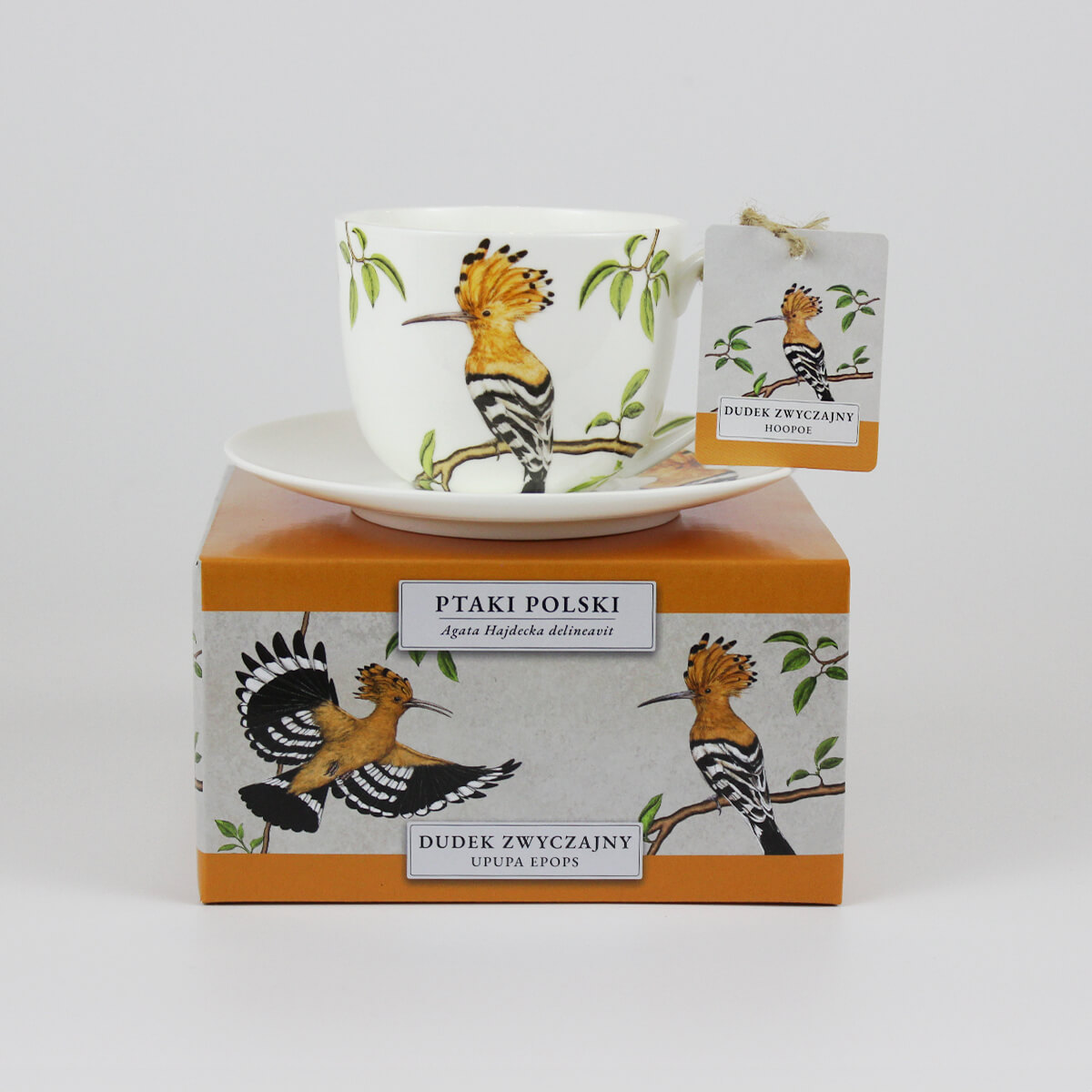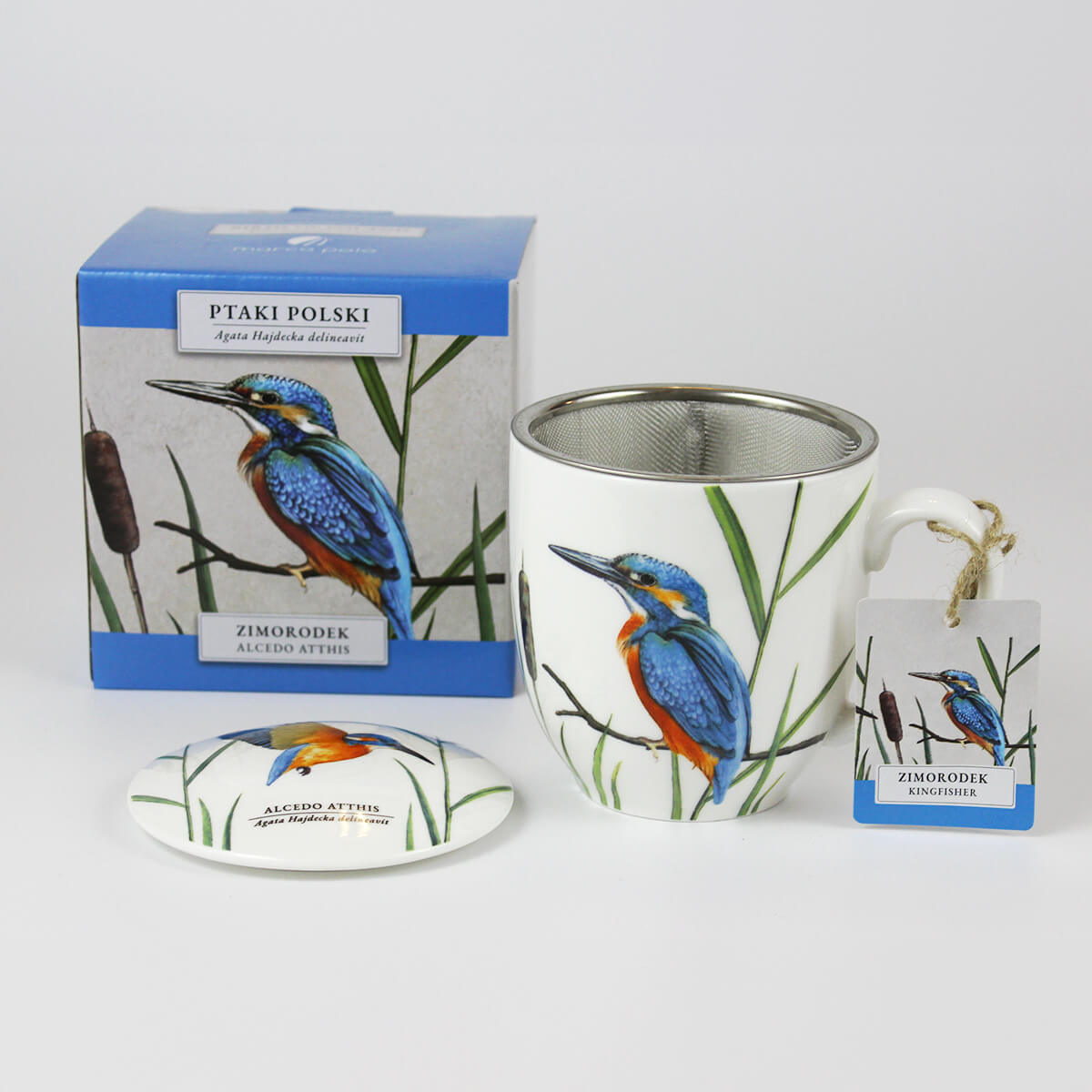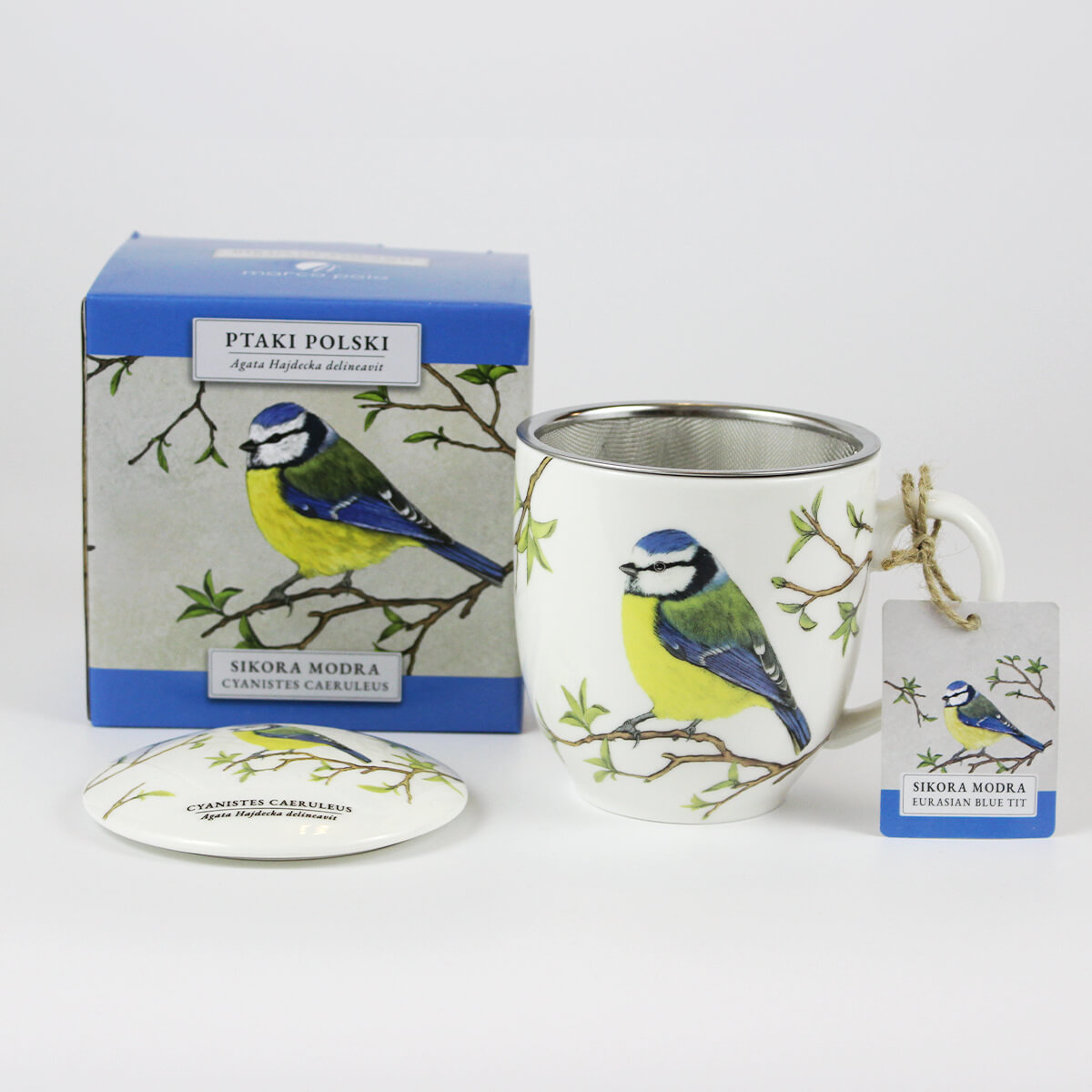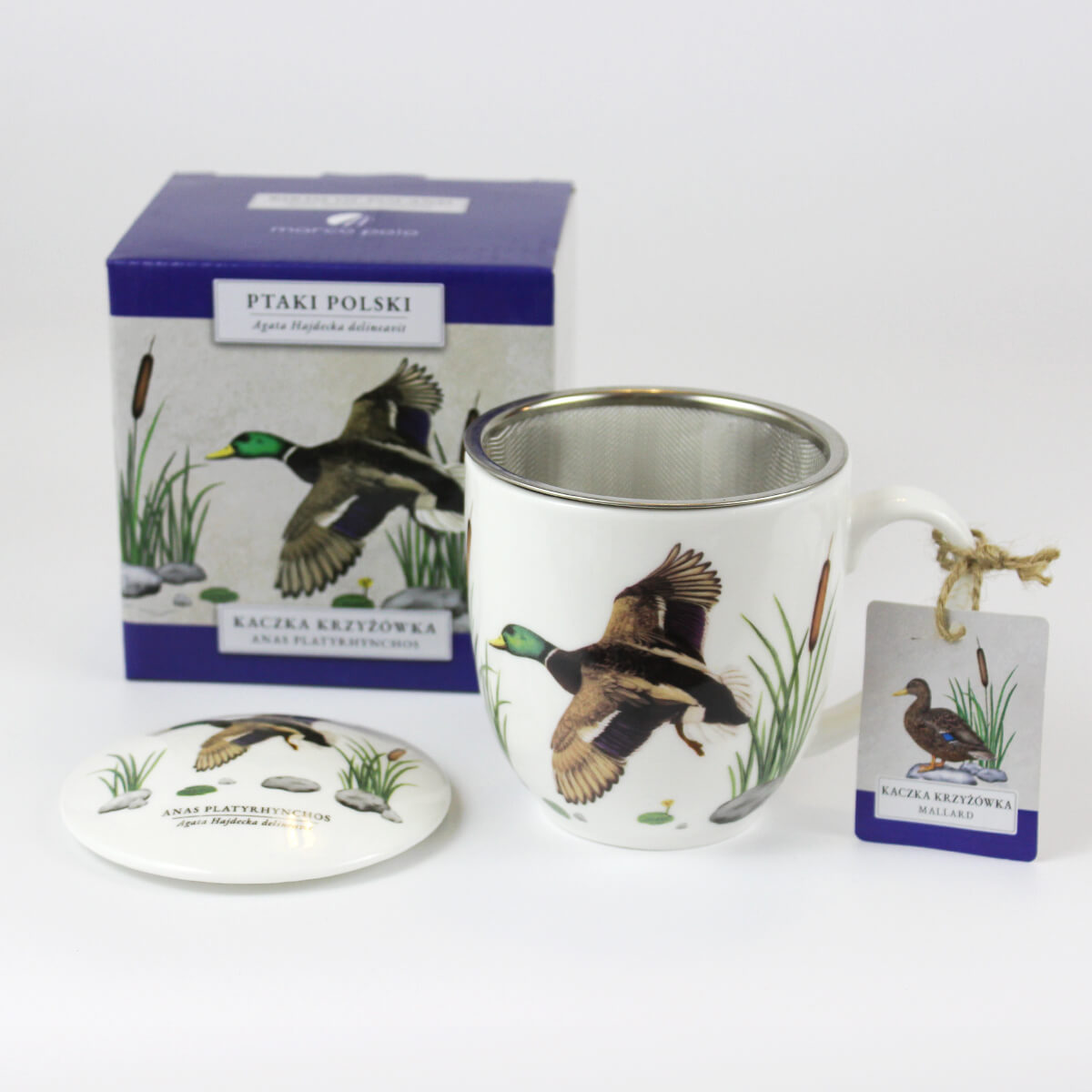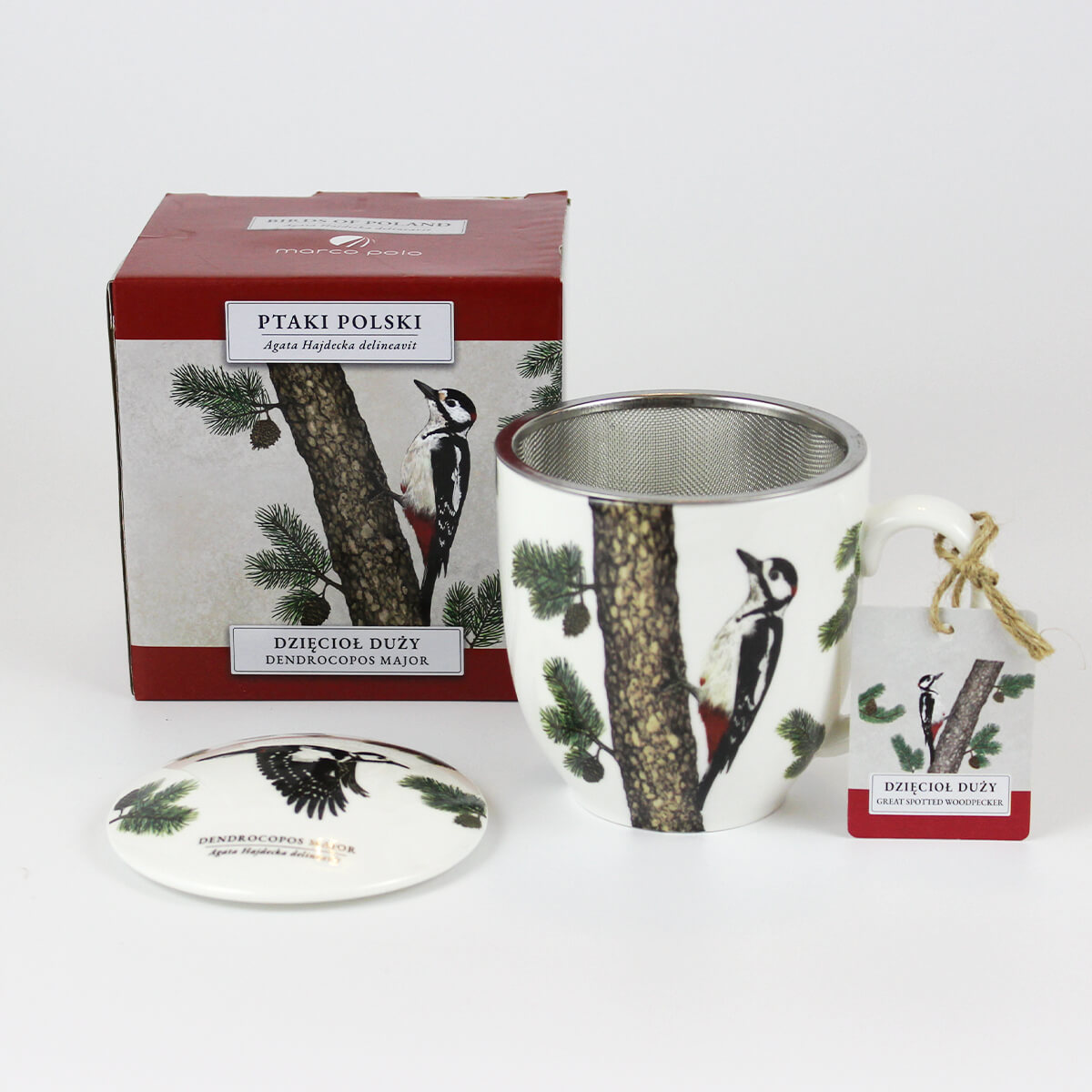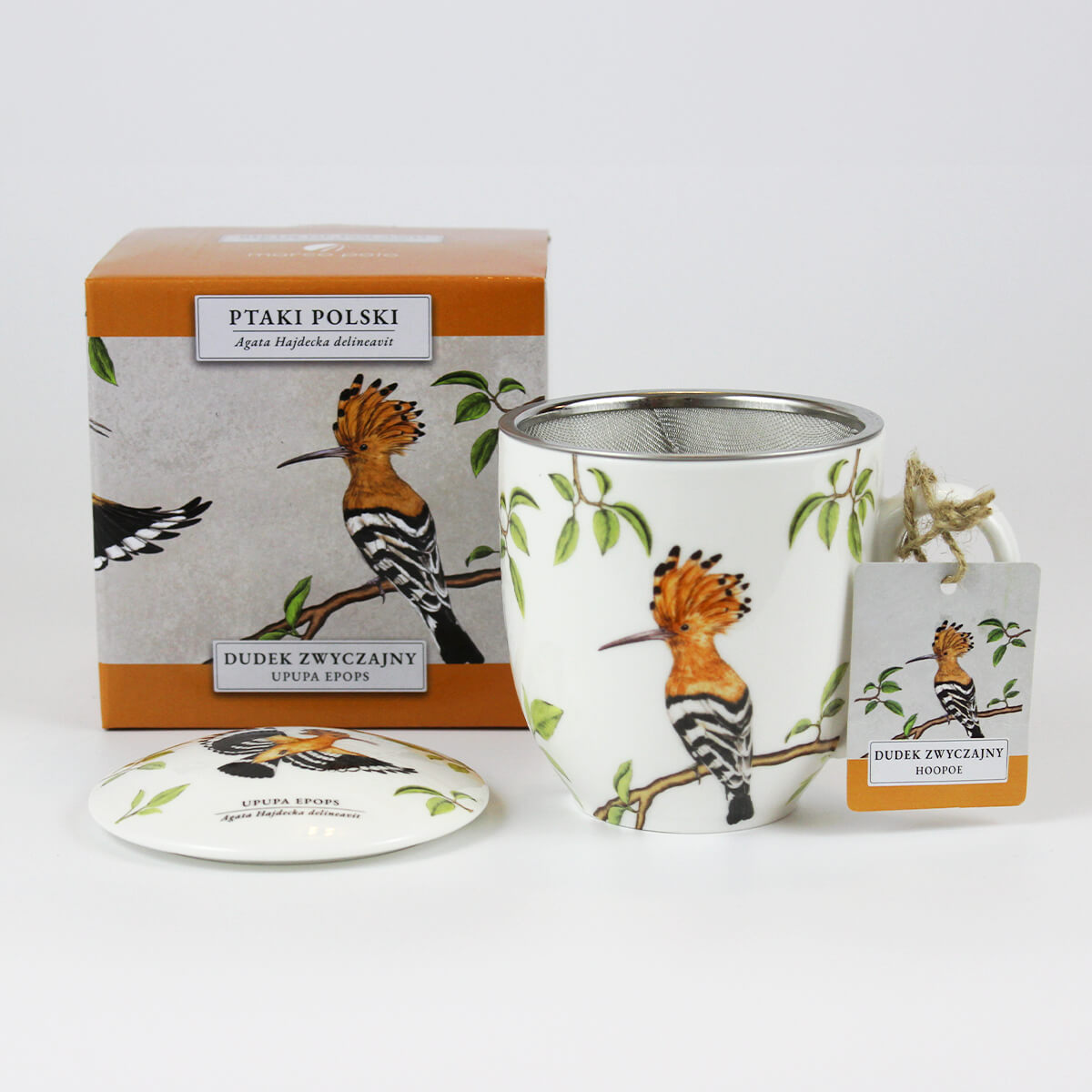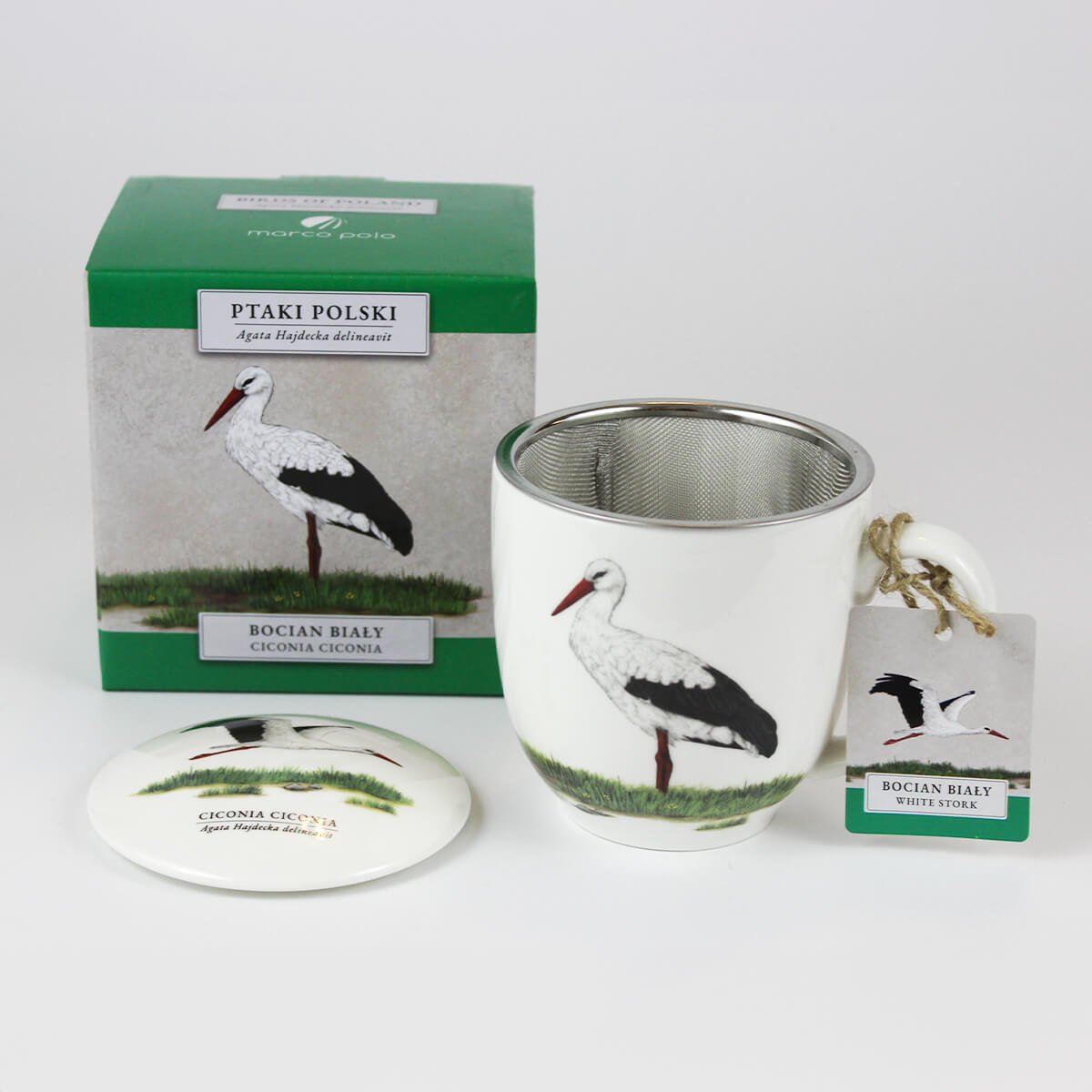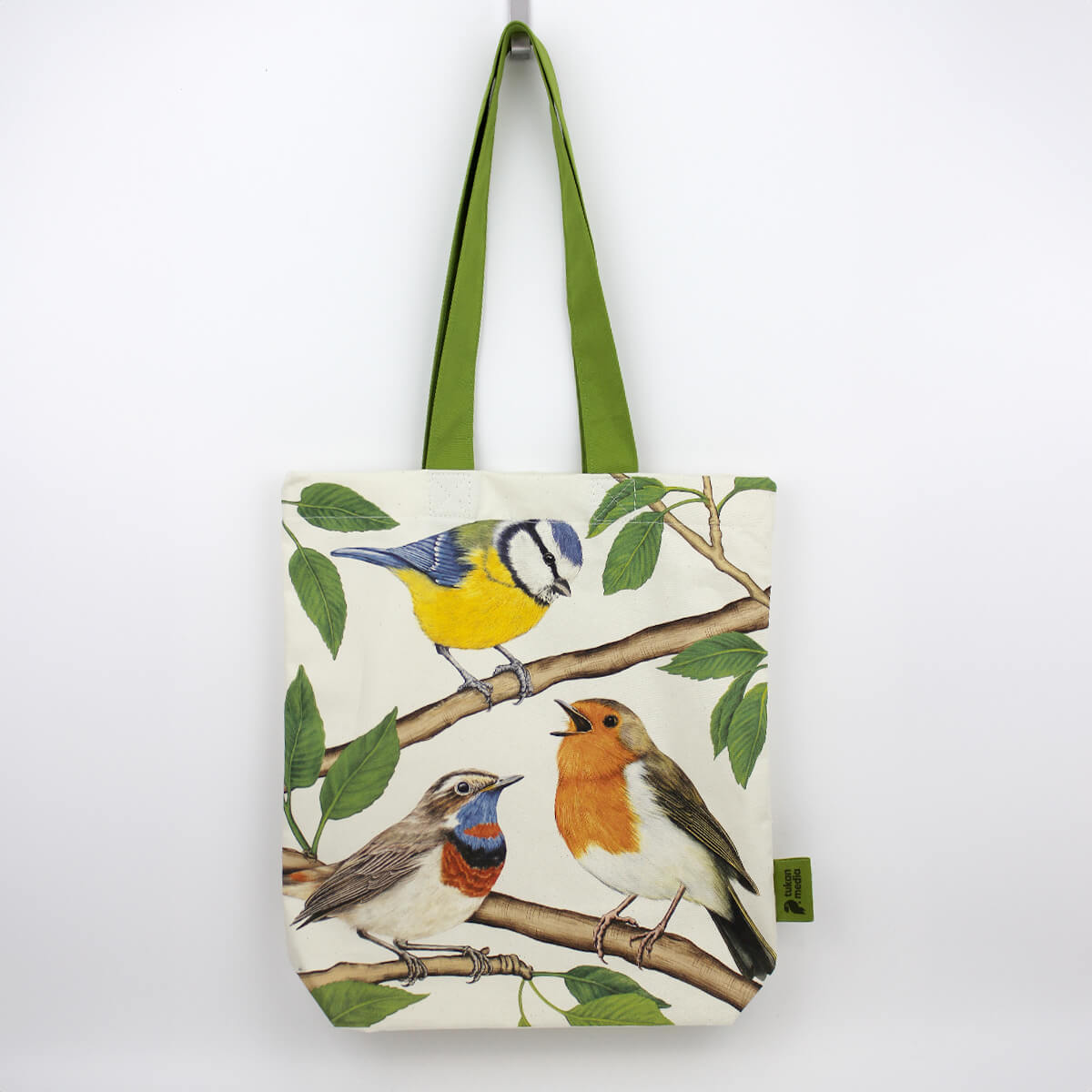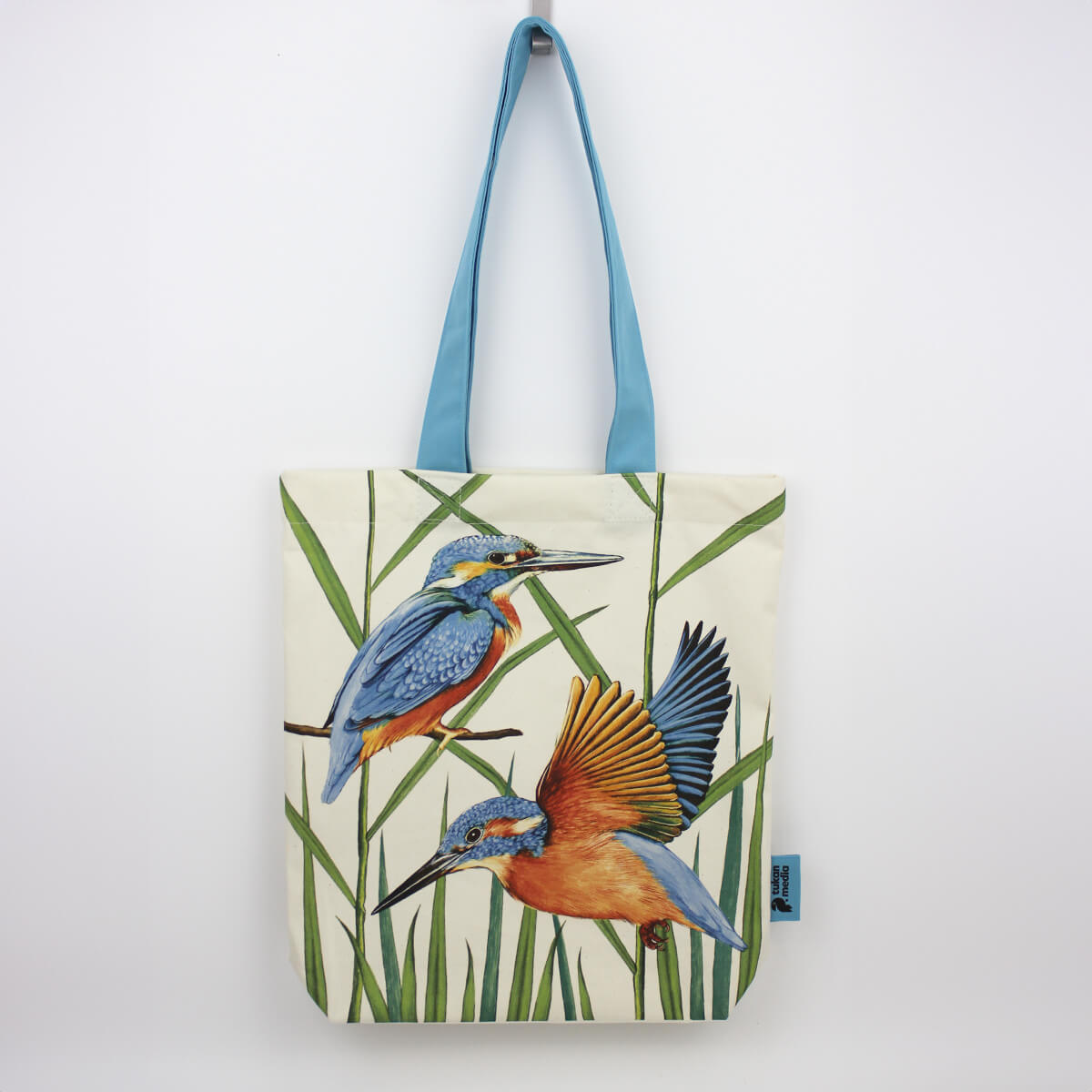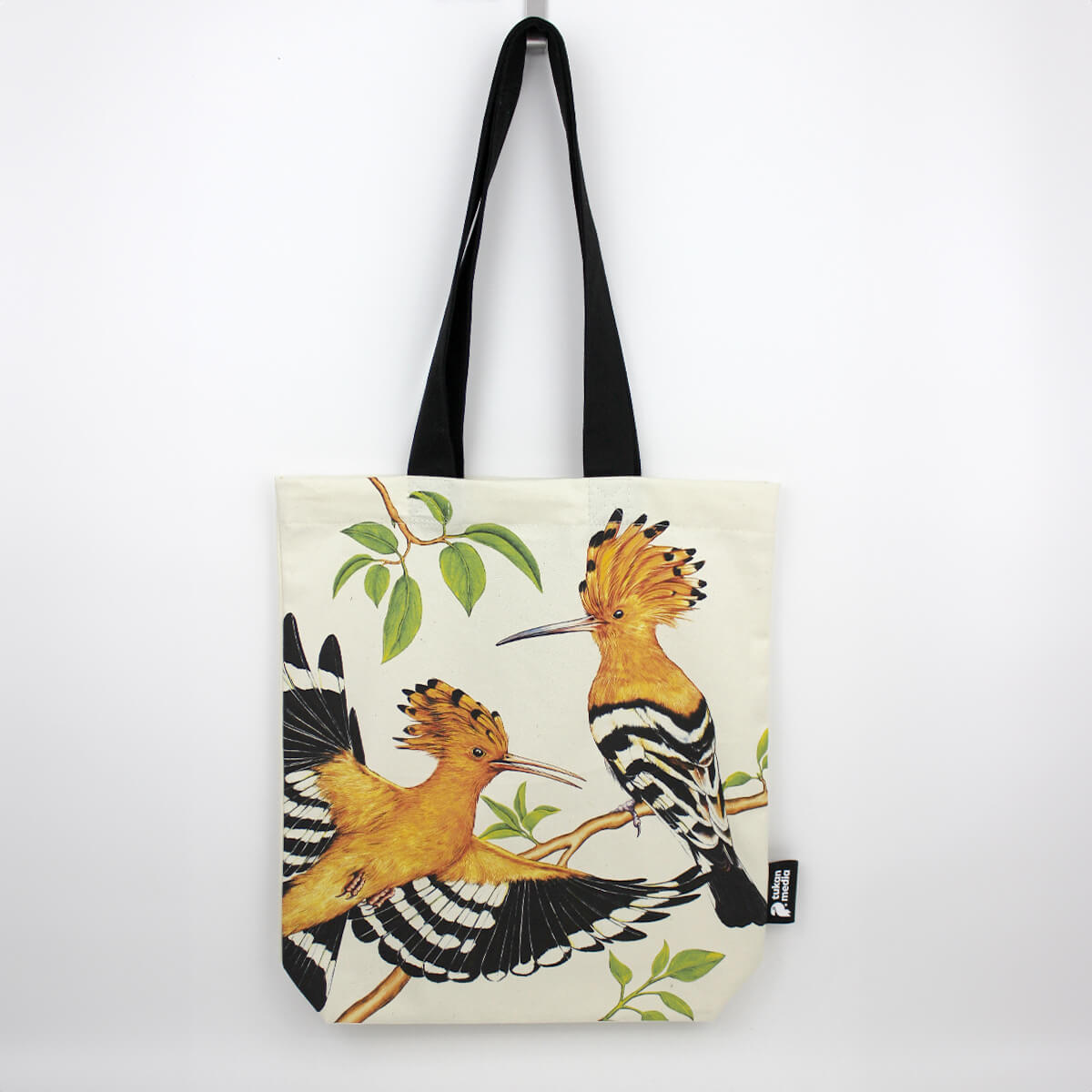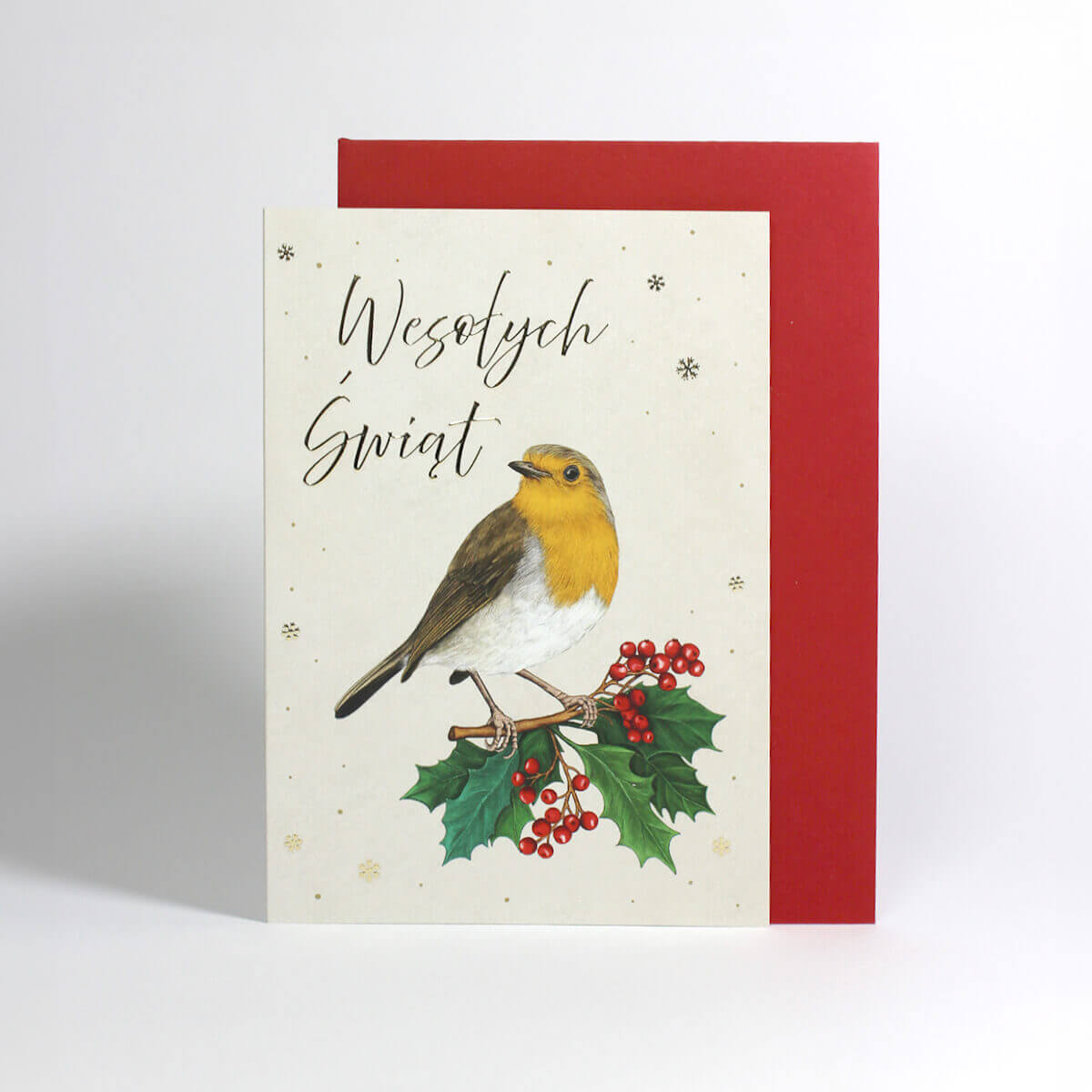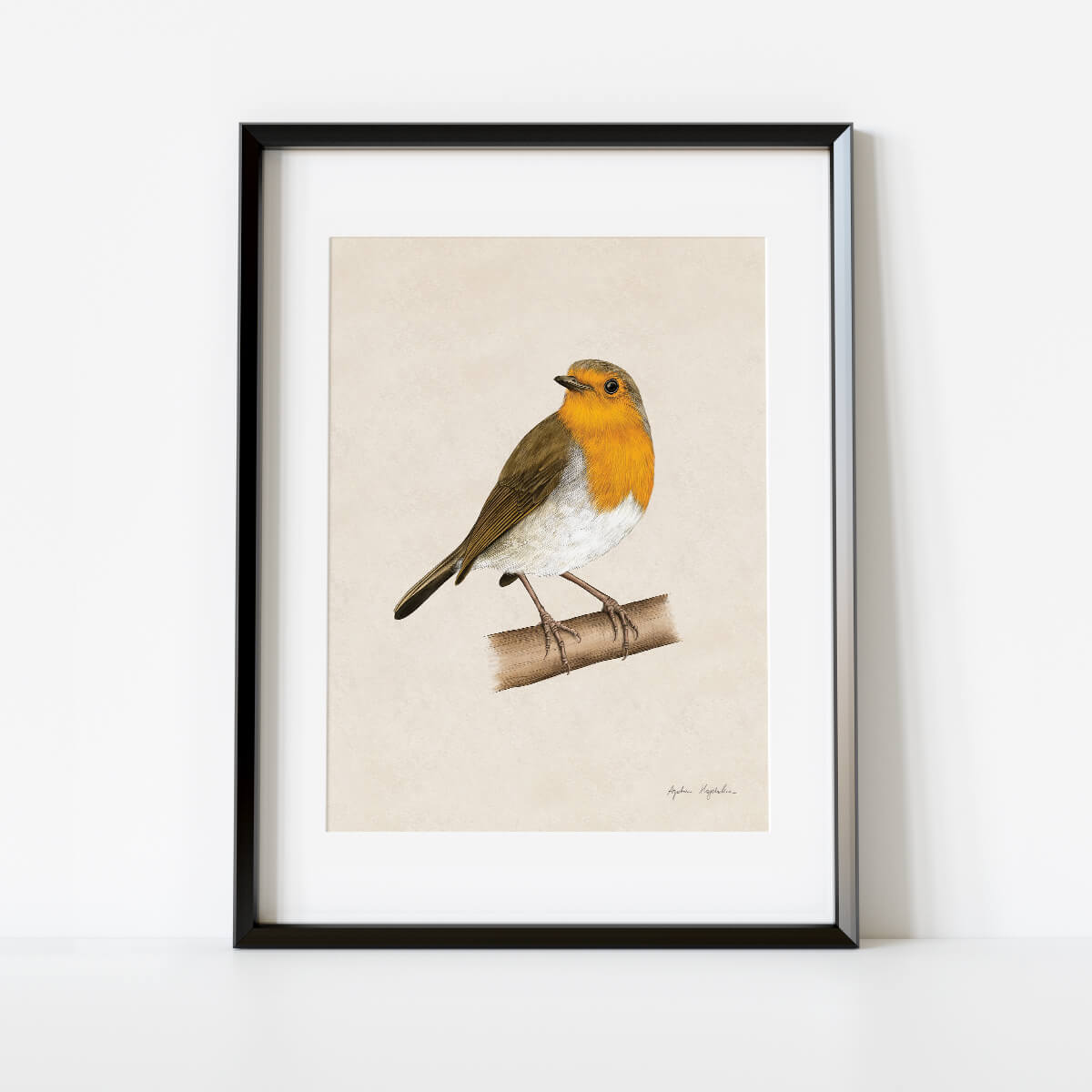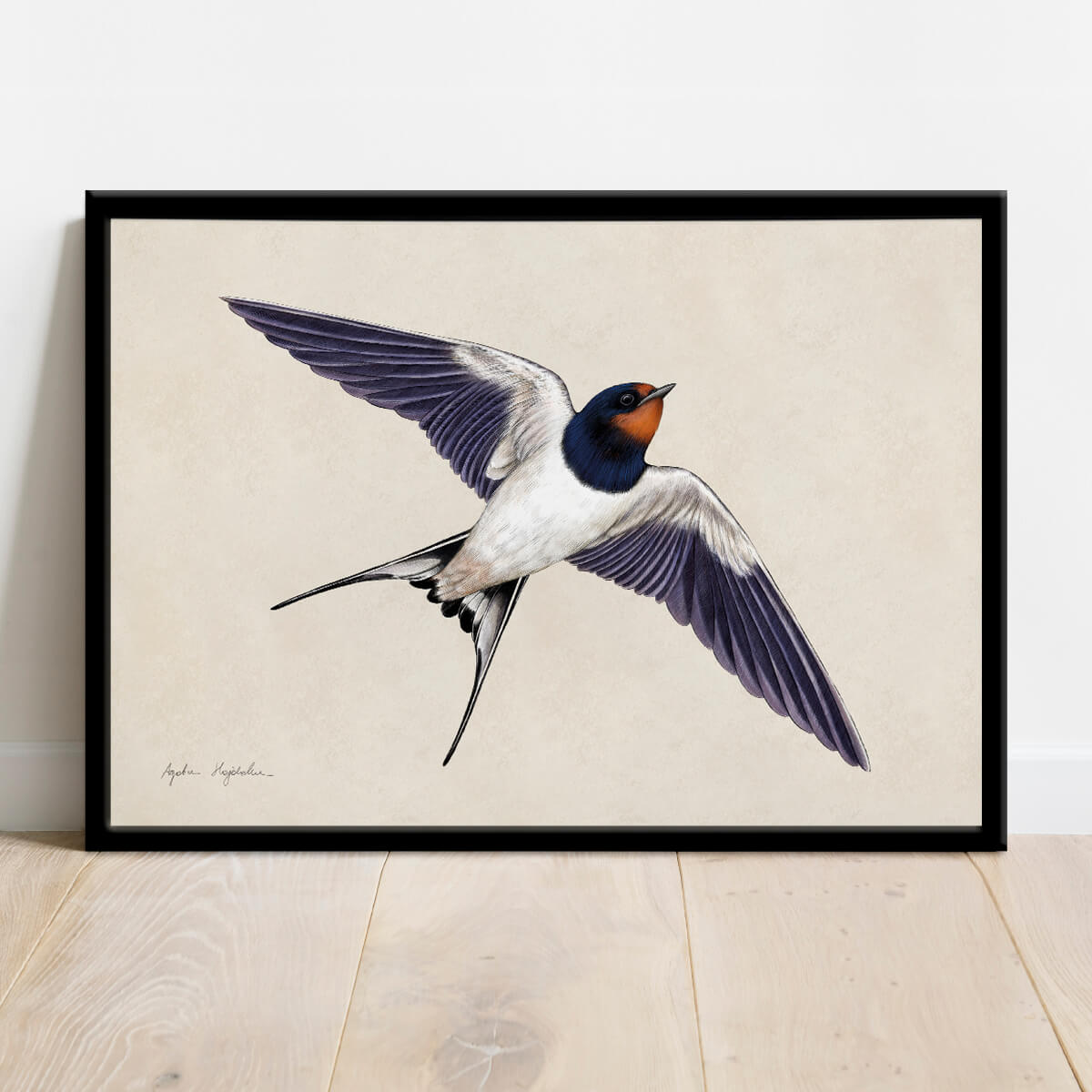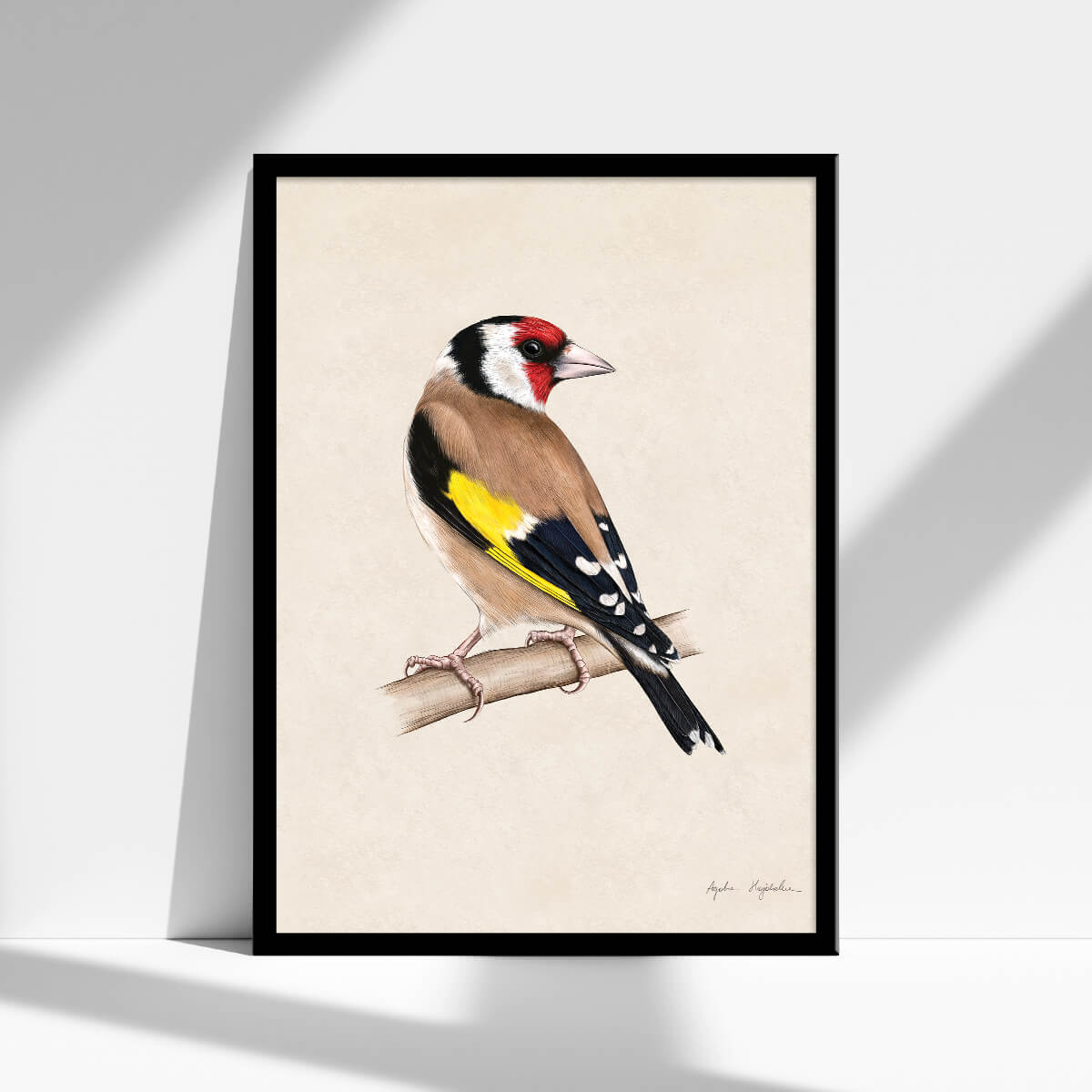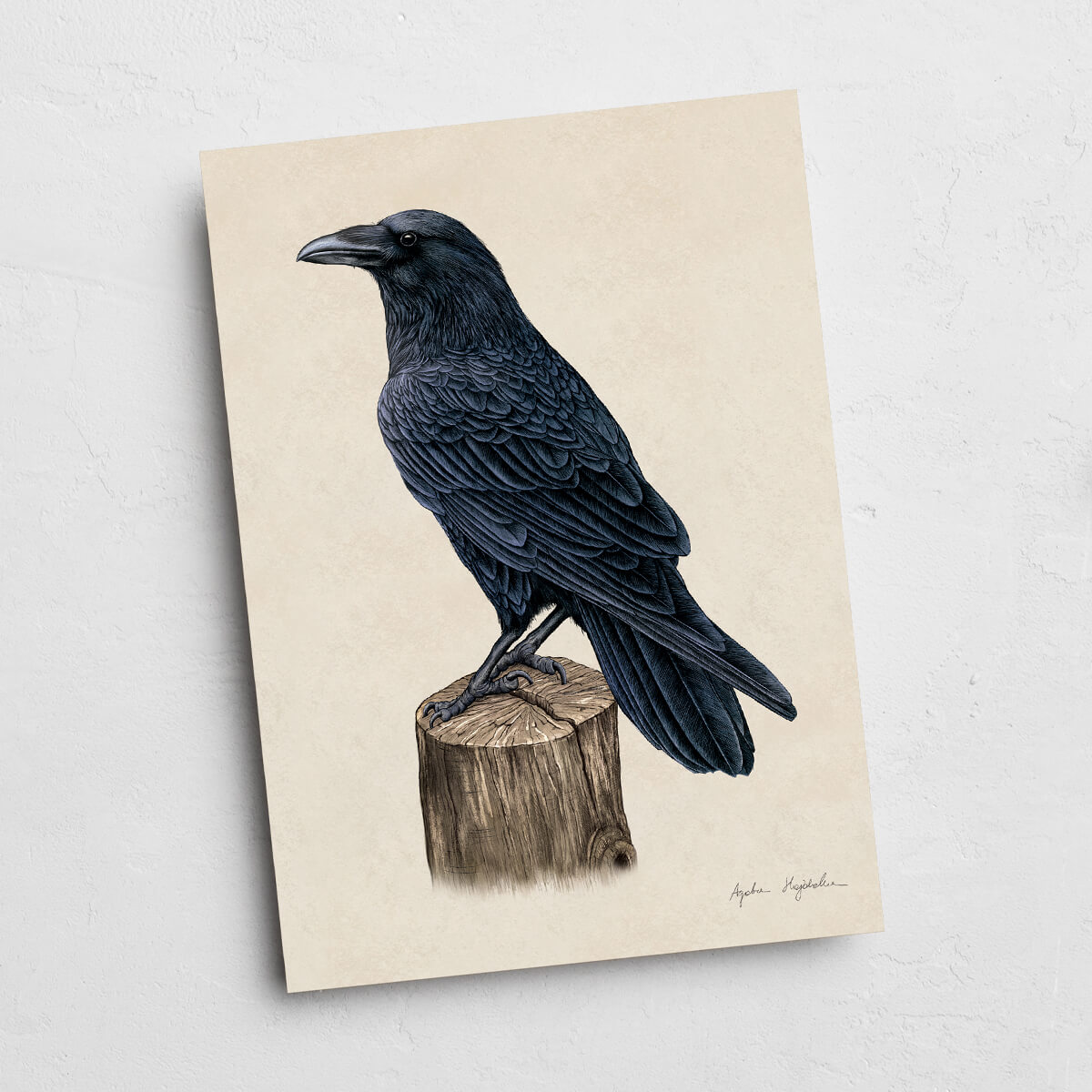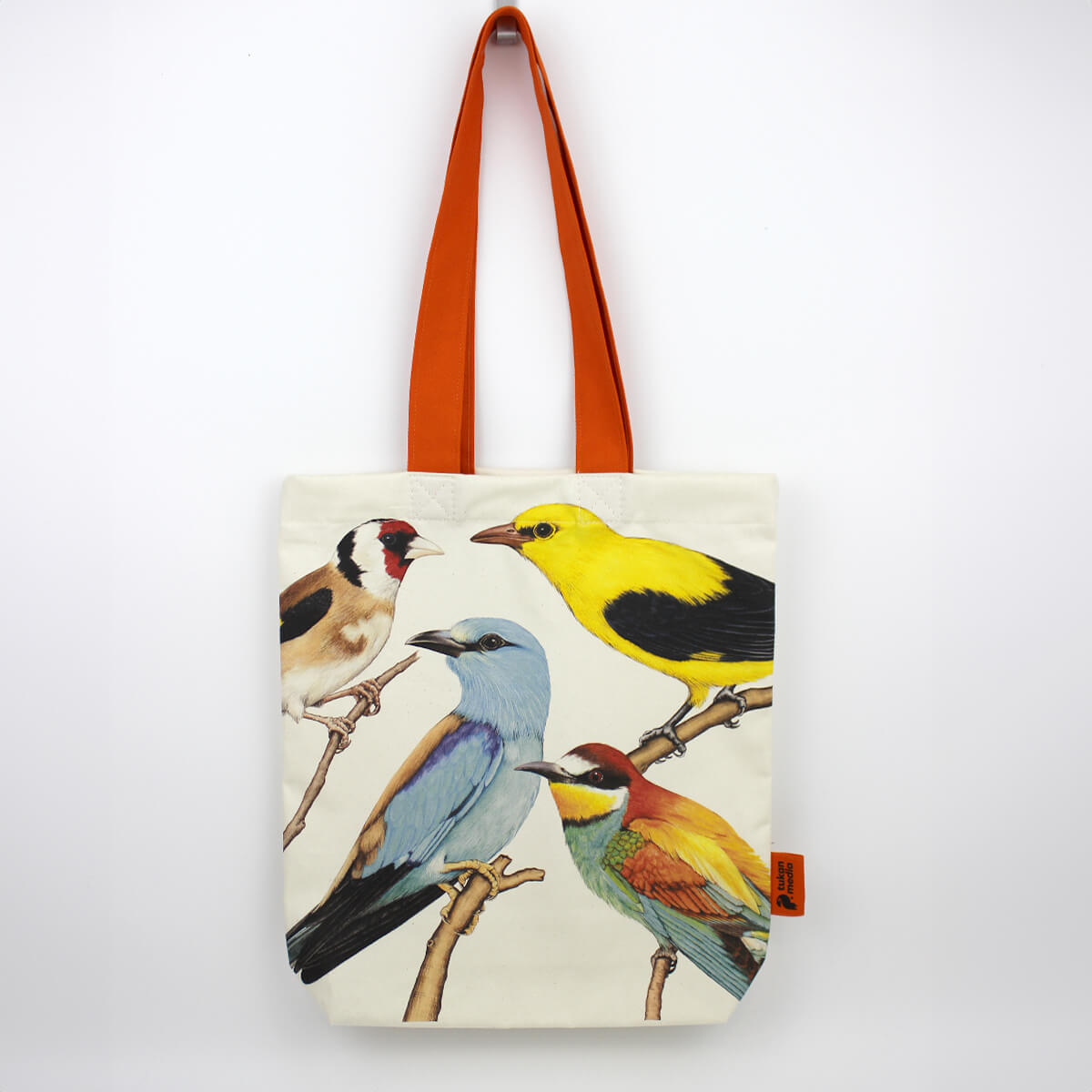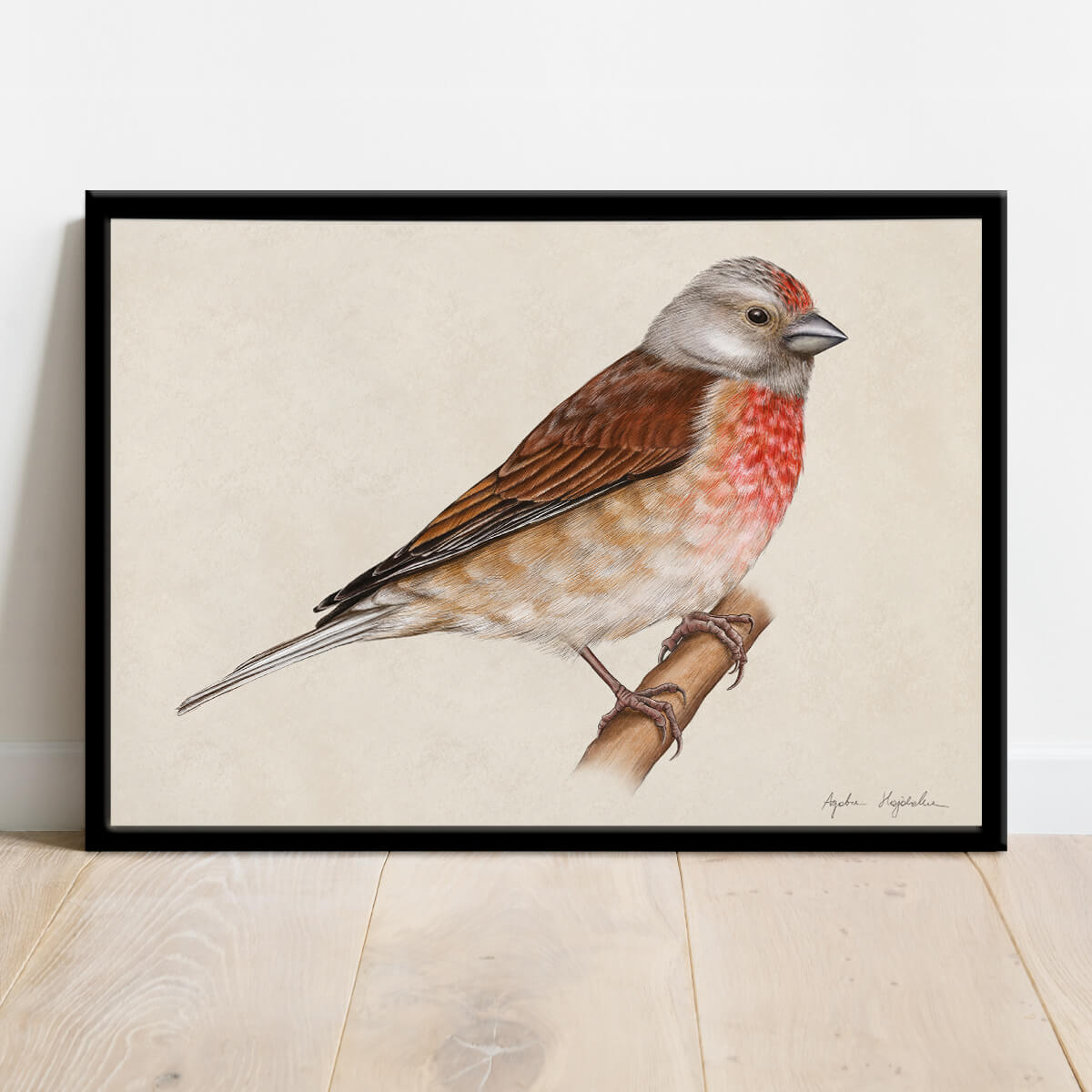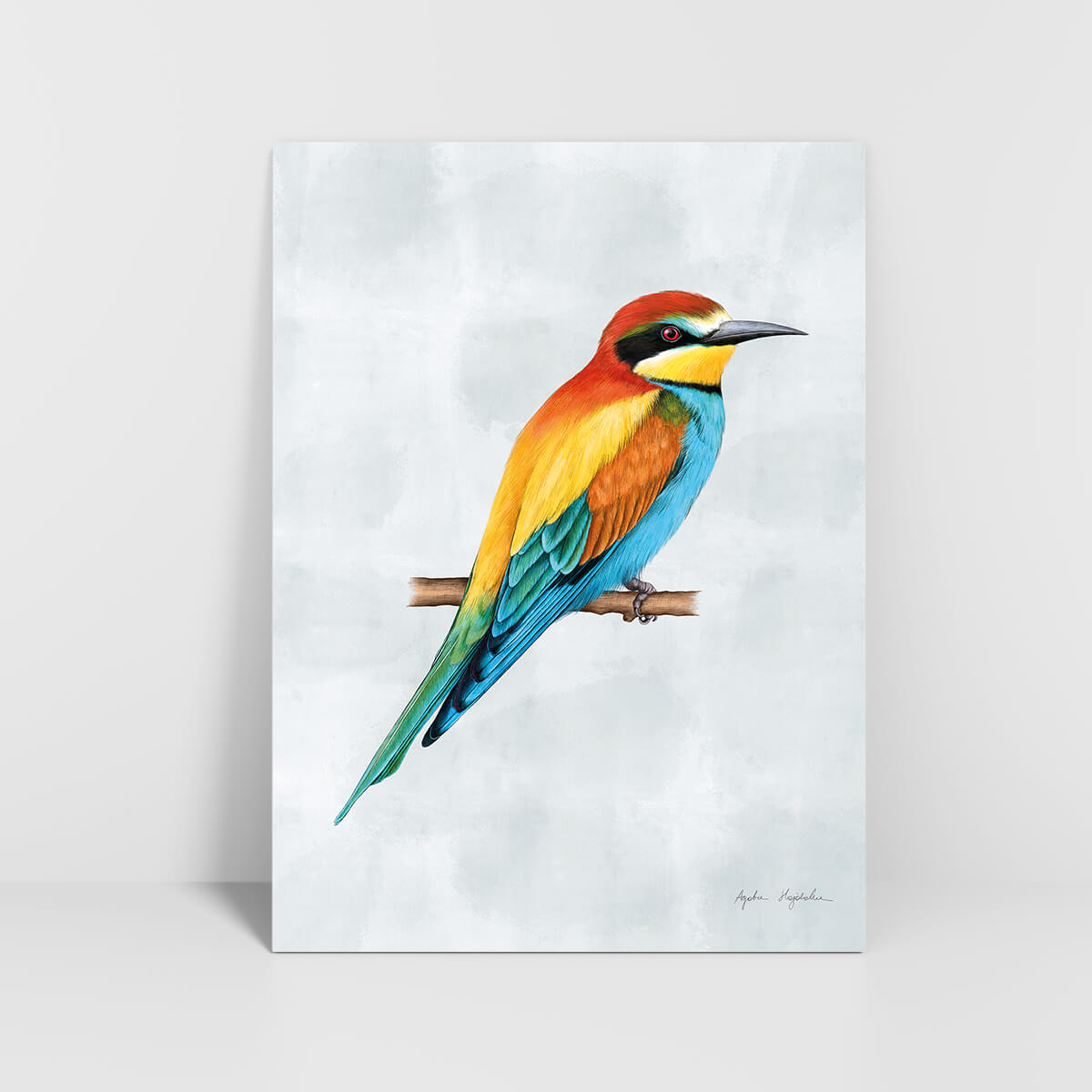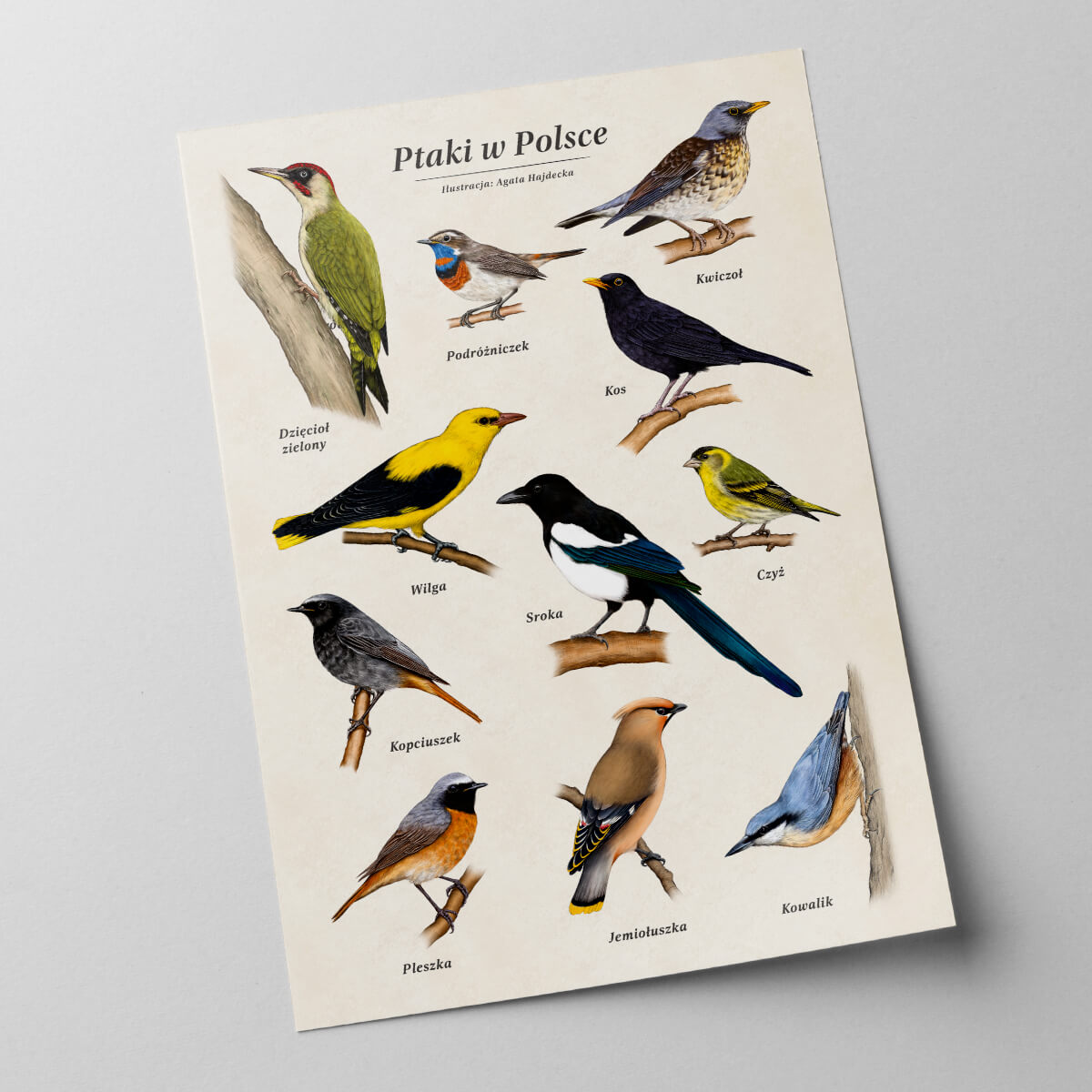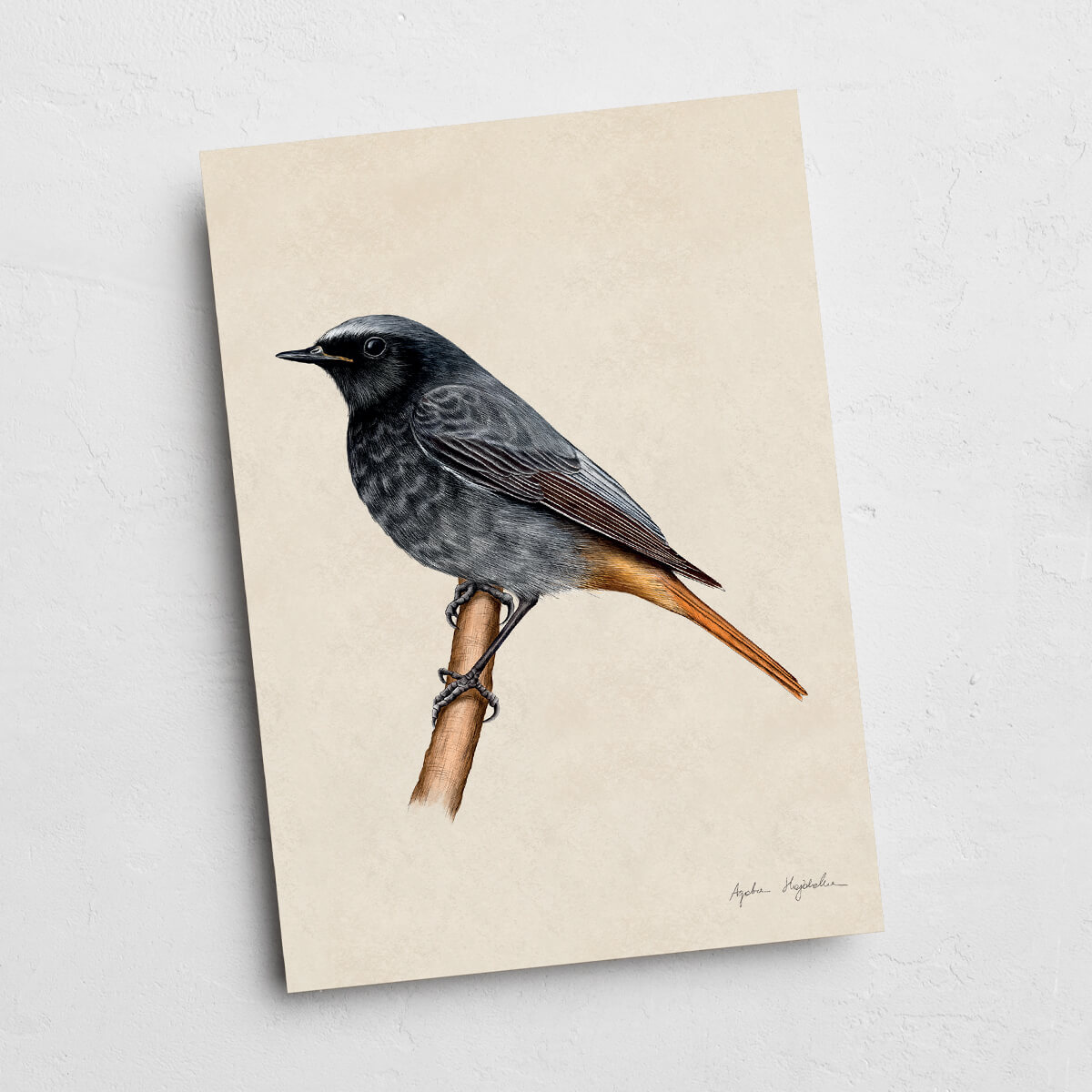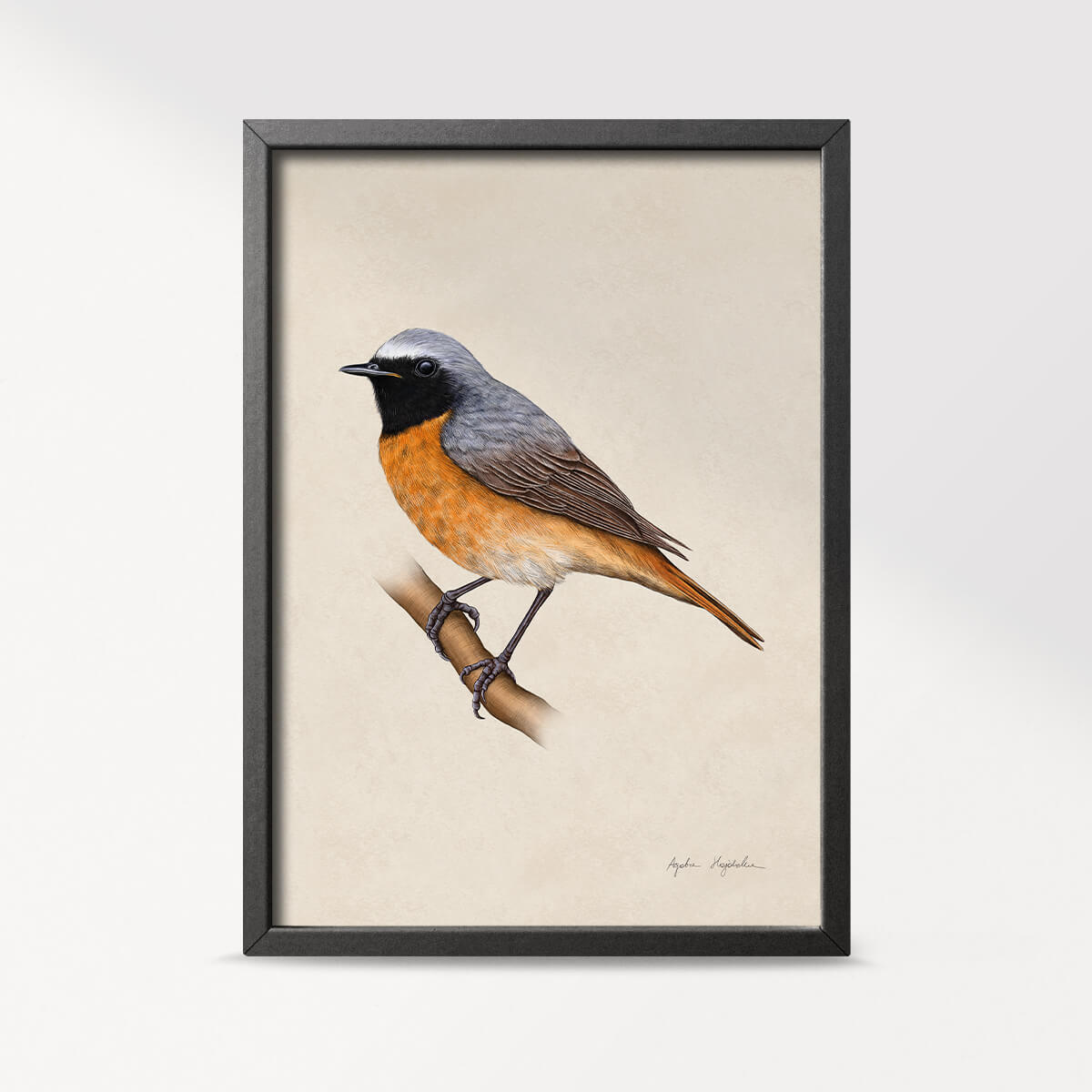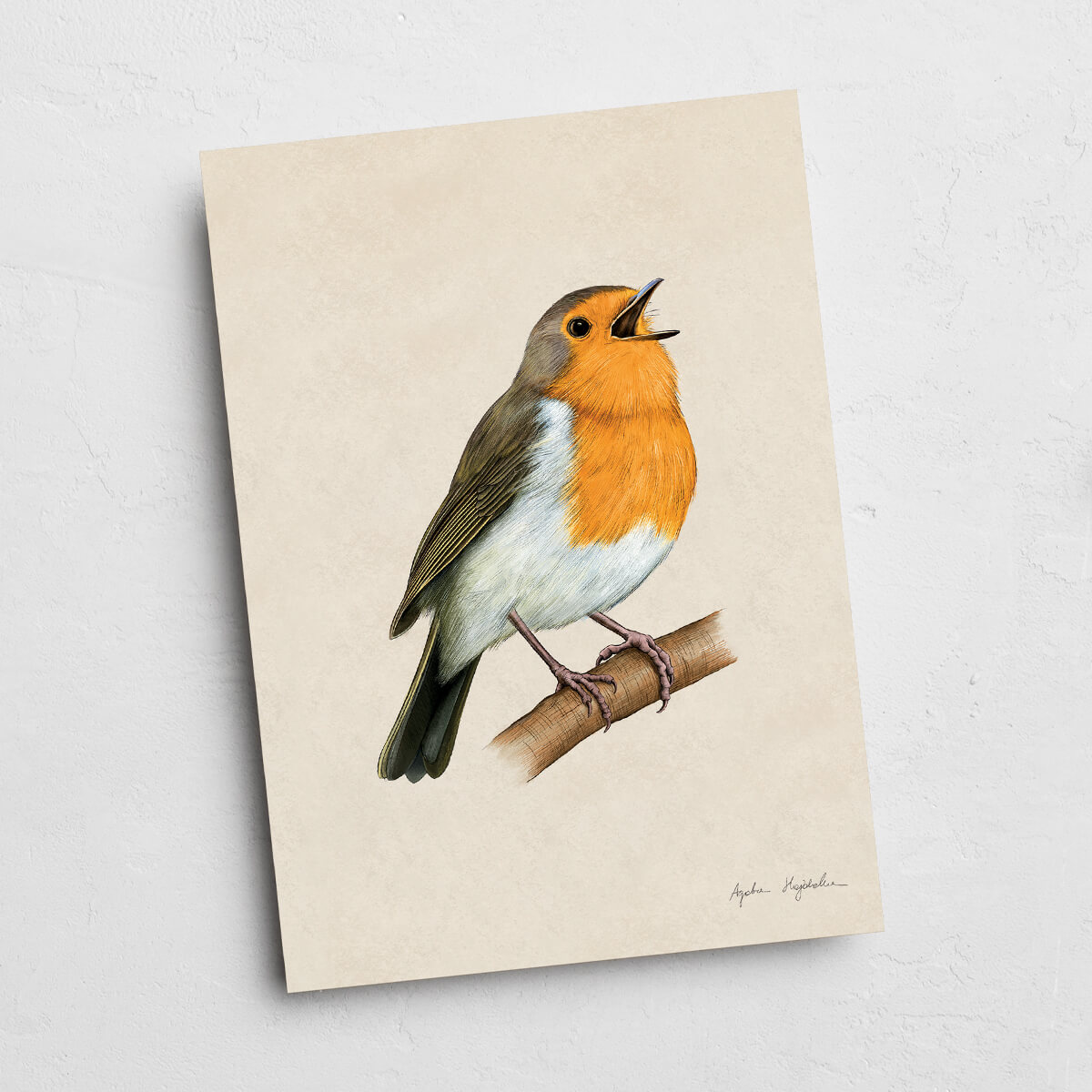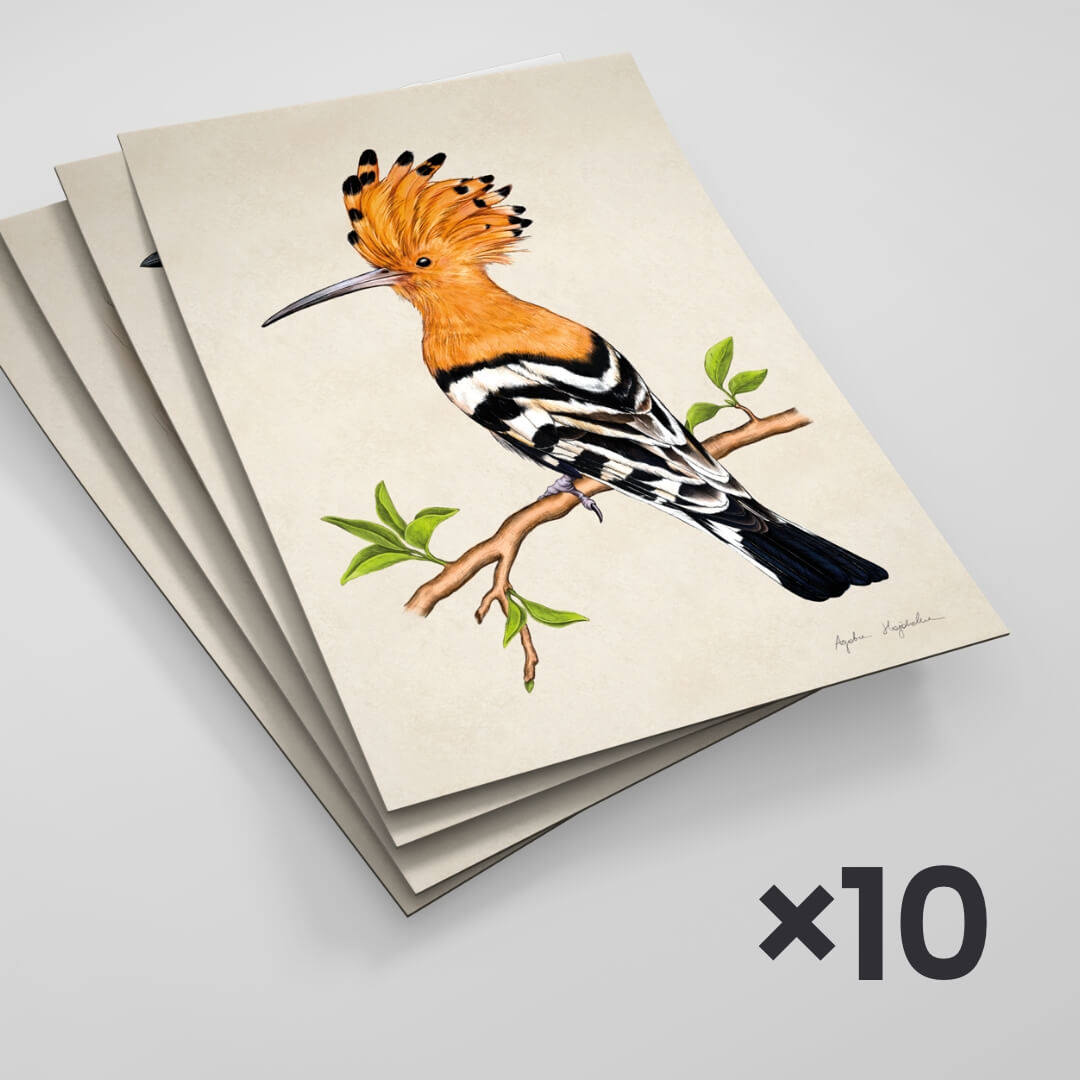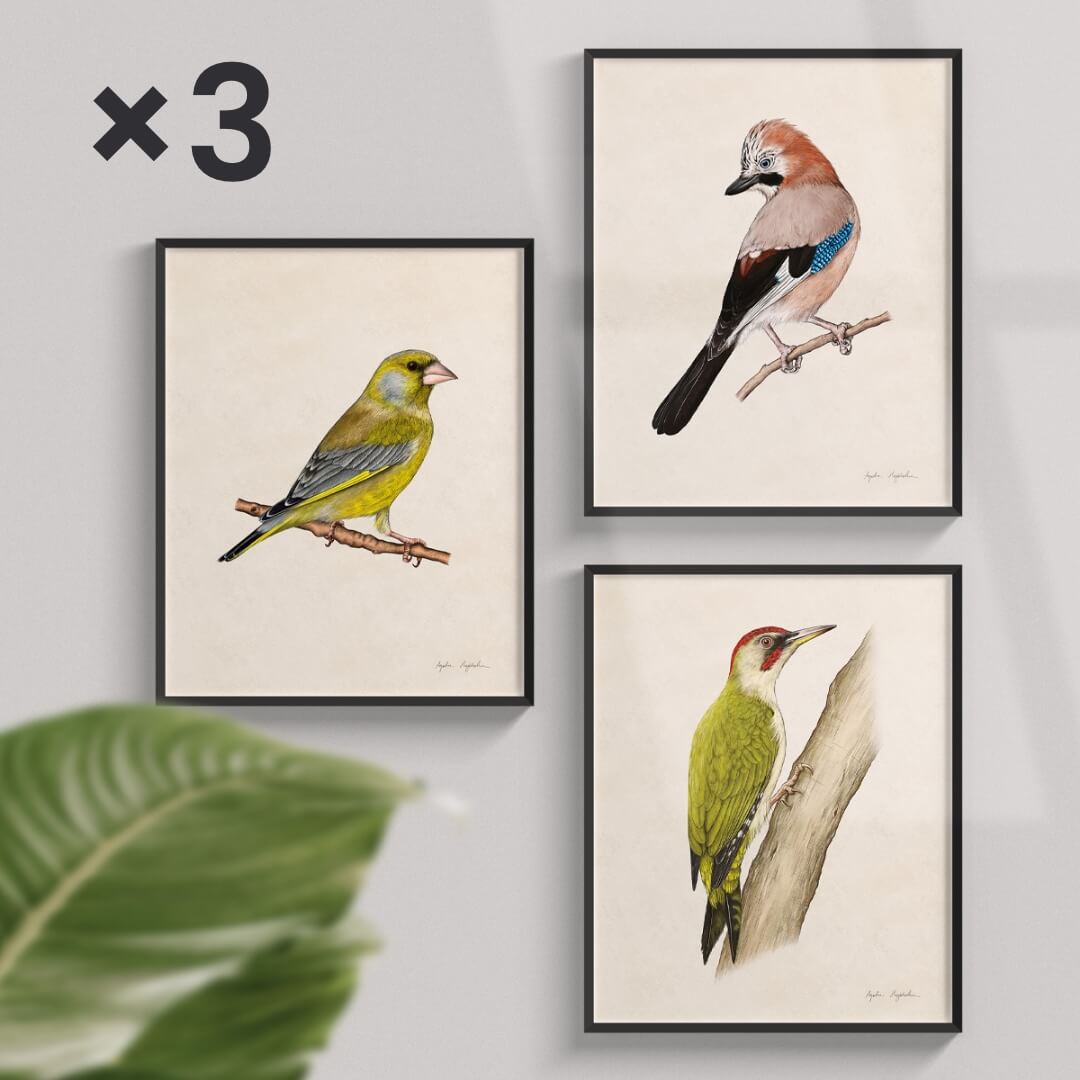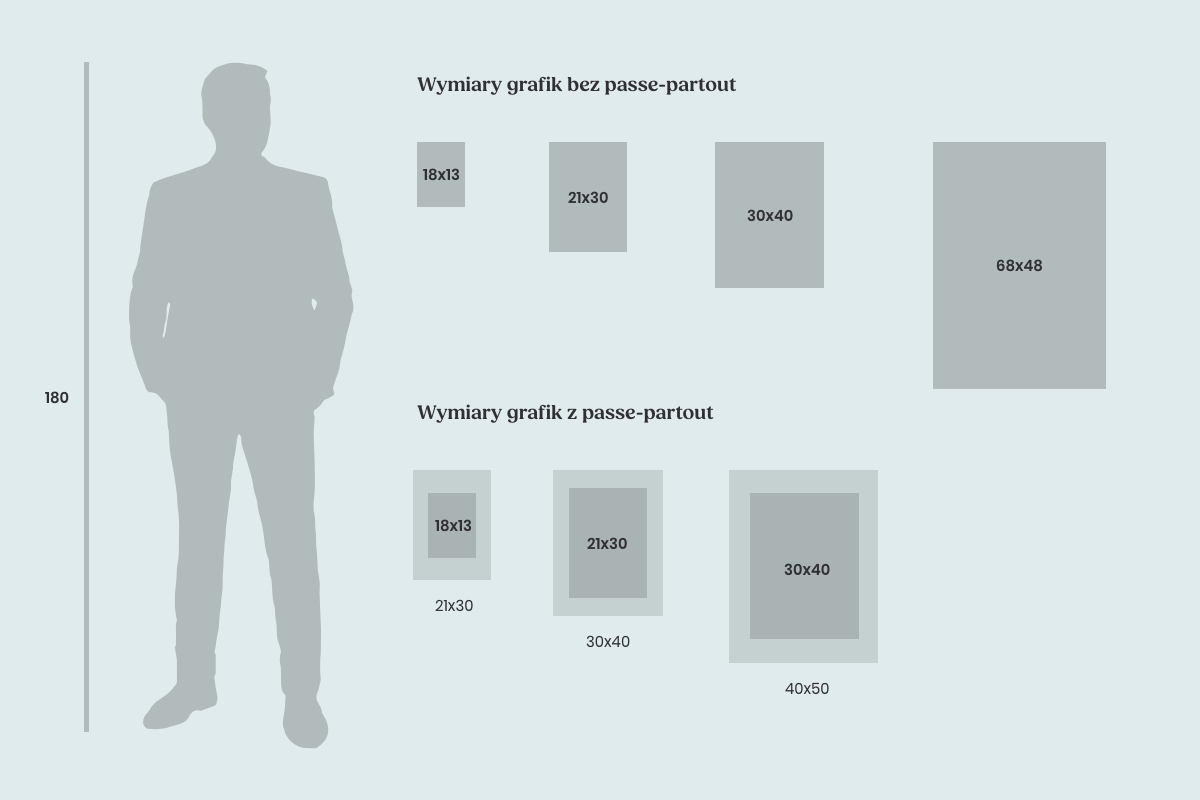- Tukan media
- Explore birds
- Red-backed Shrike
Red-backed Shrike
These inconspicuous small Polish birds – slightly larger than sparrows – occur throughout the lowland areas of our country. Red-backed shrikes are migratory birds – in Poland, they appear in May and depart for Africa between August and September. Their journey is quite long as they stop along the way to search for food. They inhabit forest edges and roadside strips of shrubs, as well as wooded areas among meadows.
What does the red-backed shrike bird look like? Description and characteristic features
In red-backed shrikes, sexual dimorphism is very pronounced, meaning that males differ significantly from females. Males are characterized by a strongly contrasting mask around the eyes, a grayish head, and rusty-brown plumage with a beige underside. The tail is black with white accents. The colors of females are less distinct and paler, the mask is not as prominent as in males, and the underside of the body is covered with a scaled pattern. Among the characteristic features, the hooked bill should also be mentioned – often referred to as a "falcon's tooth." It assists in killing prey – yes, red-backed shrikes are predatory birds found in Poland, known for their exceptional cruelty.
Red-backed shrike - nest, breeding, and diet - everything you need to know!
Red-backed shrikes build their nests inside shrubs, especially thorny ones, or in tree crowns. They construct their nests from grass, roots, and line them with fur and feathers. They lay about 6 eggs in the nest, which have variable colors (olive or white shades), but they are characterized by a wreath of spots. After about two weeks, the chicks become fledglings and leave the nest, staying nearby. What does the red-backed shrike eat? As a predator, it hunts insects, small birds, rodents, and lizards. Interestingly, it's capable of catching prey slightly smaller than itself.
Red-backed shrike - interesting facts about the predatory bird with a distinctive mask
- If you want to observe the red-backed shrike, the easiest way to do so is when it's perched and waiting for its prey. It does this in well-exposed locations, such as tall bushes, electrical wires, or poles.
- Red-backed shrikes hunt even when they are not hungry – they gather food supplies by impaling them on thorny branches.
- Cuckoo eggs are quite often laid in the nests of red-backed shrikes.
- This bird is also known as the red-backed shrike, as it belongs to the shrike family.
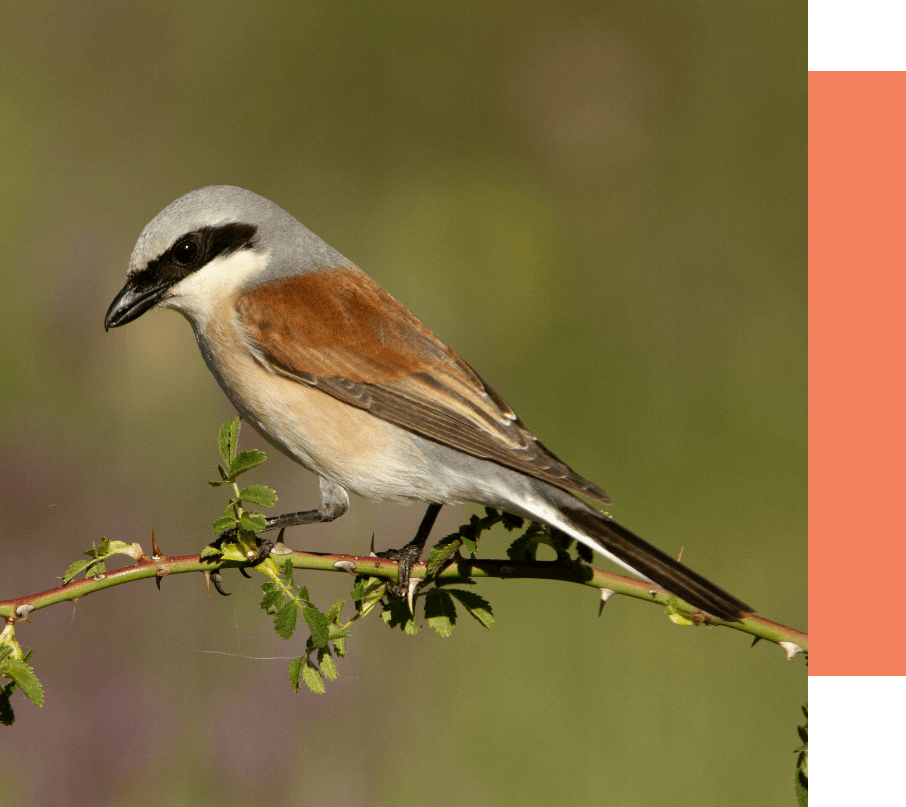
Listen to the voice
Gadgets with red-backed shrike illustration
You will find the image of this small predatory bird in the collection of illustrations. Such a poster is a real treat for birdwatching enthusiasts and also works well for educational or decorative purposes.
View products with the red-backed shrike
450.00 zł 400.00 zł
75.00 zł
25.00 zł 20.00 zł
5.00 zł
200.00 zł 160.00 zł
50.00 zł – 140.00 zł
60.00 zł – 120.00 zł
60.00 zł – 120.00 zł
20.00 zł – 120.00 zł
Red-backed shrike - Additional Information
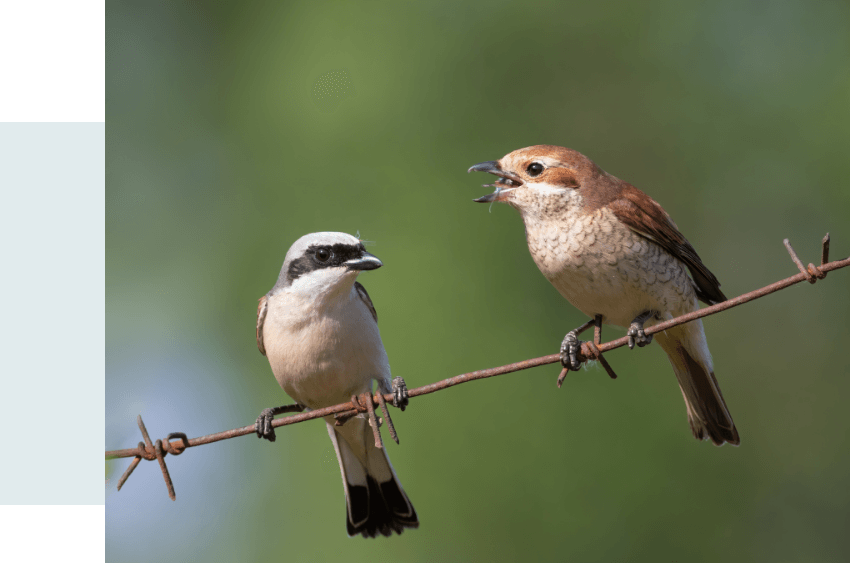
Red-backed Shrike
Lanius collurio
Family
Shrikes
Locations of Occurrence
The entire lowland area of the country
Food
Mainly insects, but also small birds, rodents, and lizards
Population
Moderately common breeding bird.
Migrations
Migratory, arrival: May, departure: August-September
Breeding
5-6 eggs with variable coloring, from white to olive, always with a wreath of spots around the blunt pole
See other products with birds
89.00 zł
89.00 zł
20.00 zł – 120.00 zł
20.00 zł – 120.00 zł
20.00 zł – 120.00 zł
60.00 zł – 120.00 zł
20.00 zł – 120.00 zł
20.00 zł – 120.00 zł
20.00 zł – 120.00 zł
267.00 zł 230.00 zł
553.00 zł 499.00 zł
400.00 zł 375.00 zł
464.00 zł 439.00 zł
237.00 zł 225.00 zł
150.00 zł 143.00 zł
174.00 zł 165.00 zł
89.00 zł
50.00 zł
50.00 zł
58.00 zł
79.00 zł
79.00 zł
79.00 zł
79.00 zł
79.00 zł
50.00 zł
50.00 zł
50.00 zł
50.00 zł
50.00 zł
89.00 zł
89.00 zł
20.00 zł – 120.00 zł
20.00 zł – 120.00 zł
20.00 zł – 120.00 zł
20.00 zł – 120.00 zł
89.00 zł
20.00 zł – 120.00 zł
20.00 zł – 120.00 zł
60.00 zł – 120.00 zł
20.00 zł – 120.00 zł
20.00 zł – 120.00 zł
20.00 zł – 120.00 zł
600.00 zł 500.00 zł
160.00 zł – 320.00 zł
450.00 zł 400.00 zł
